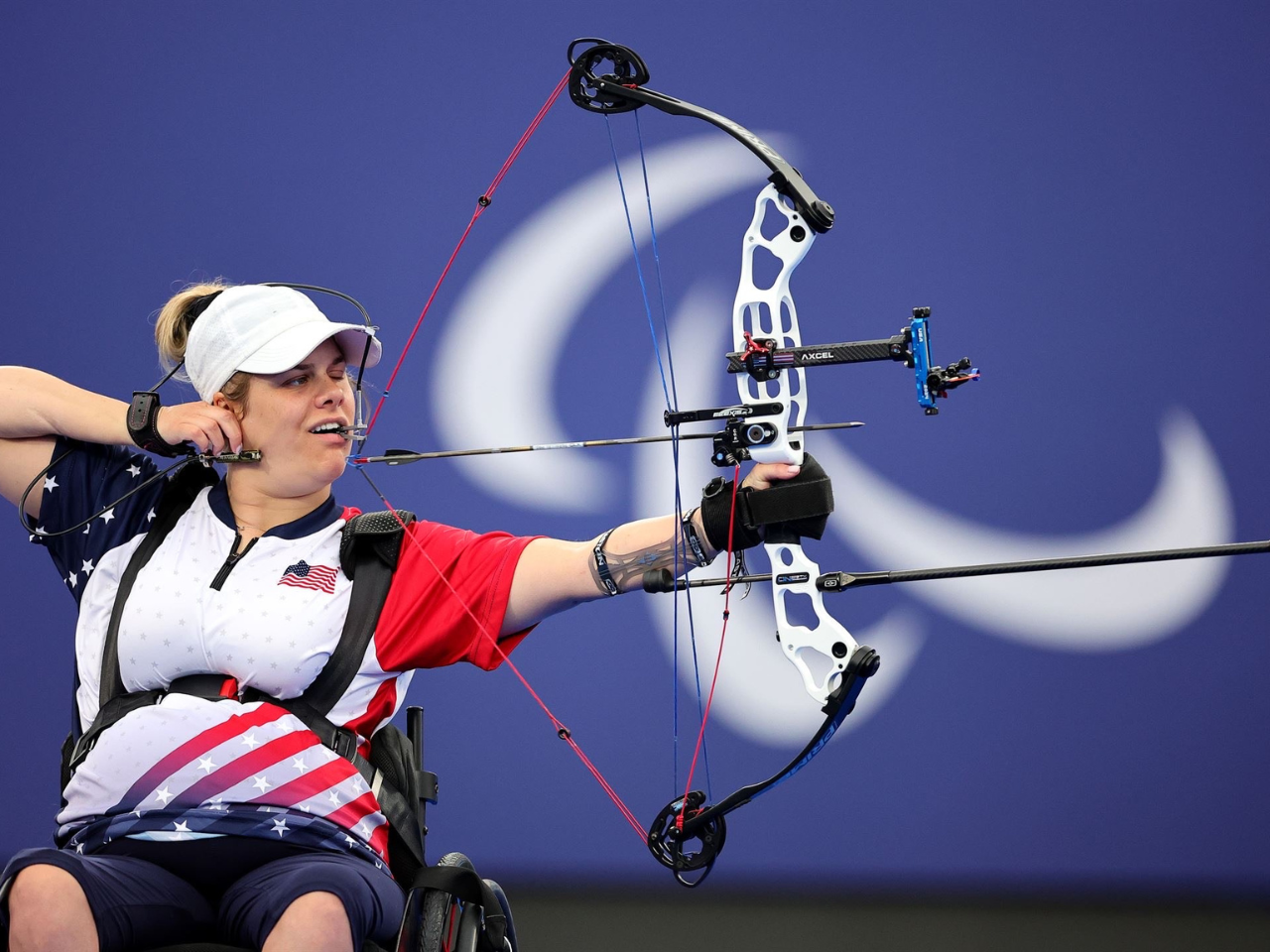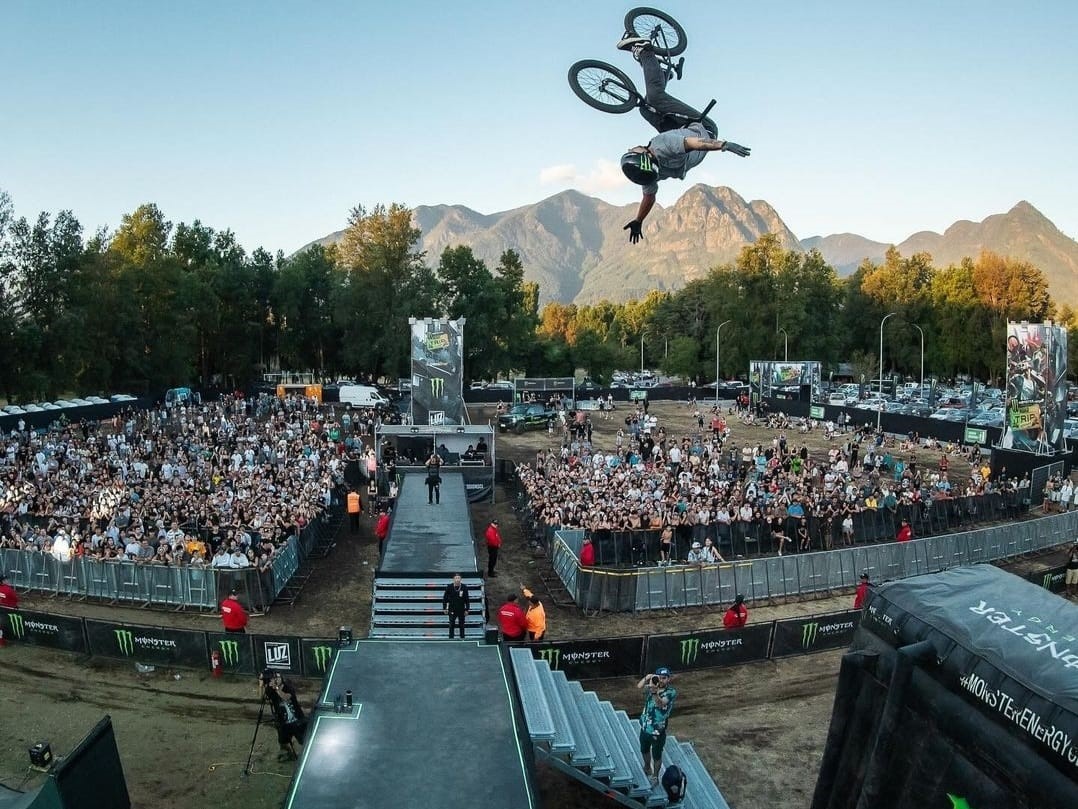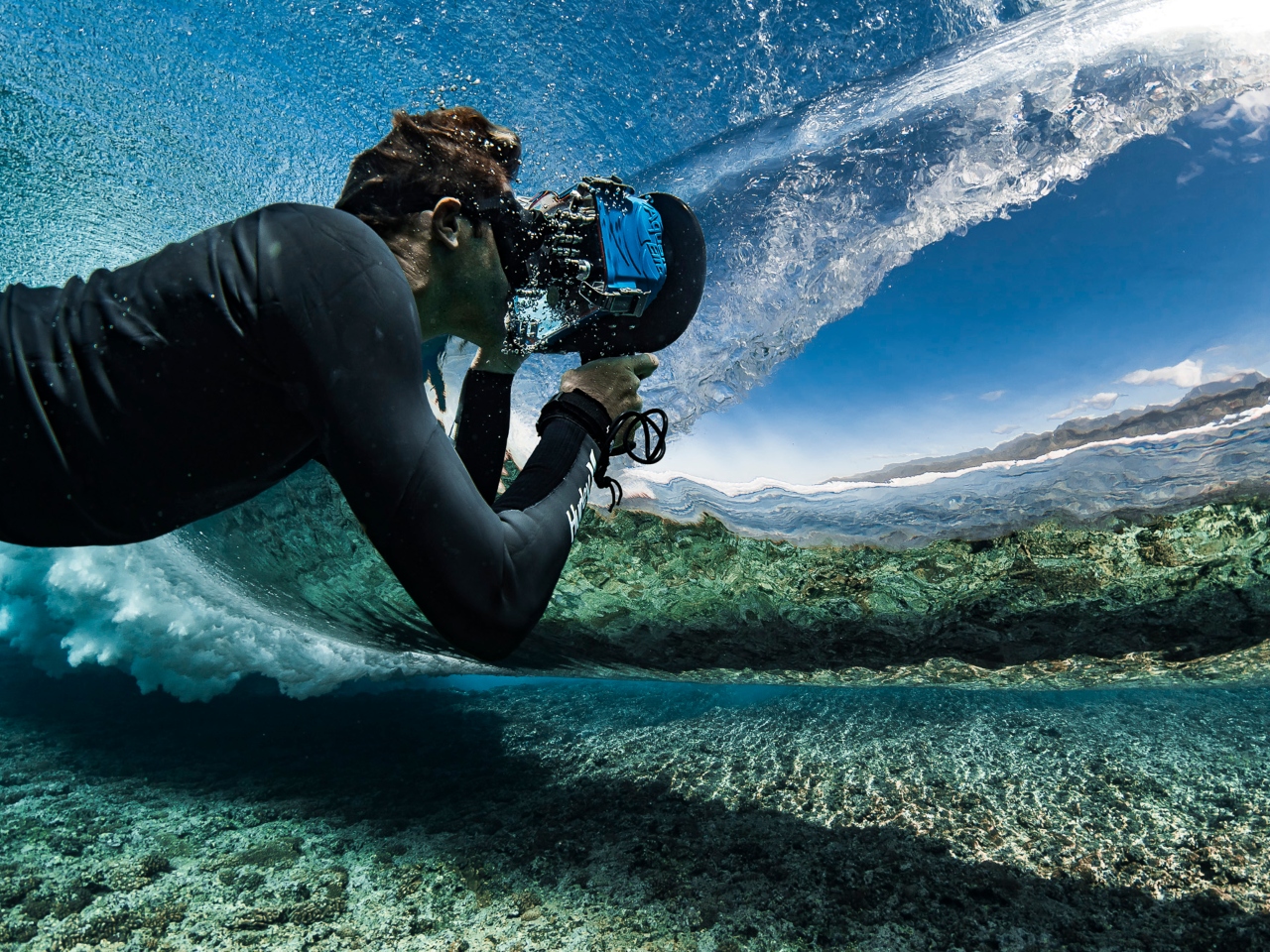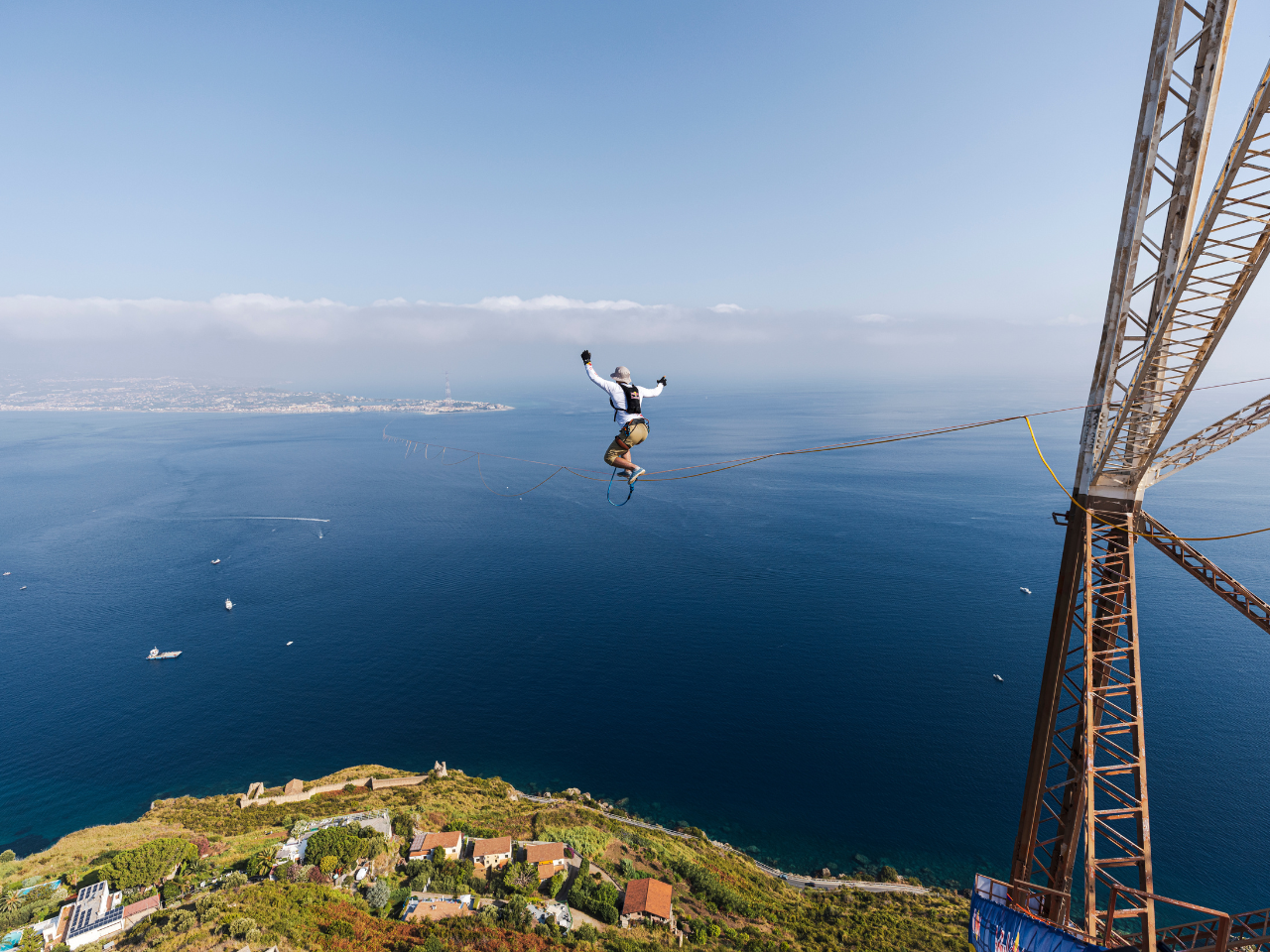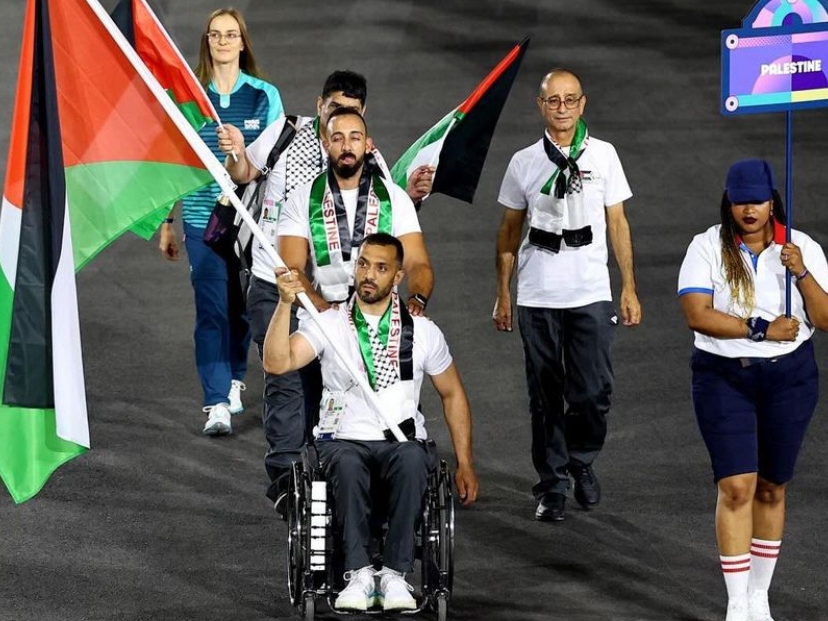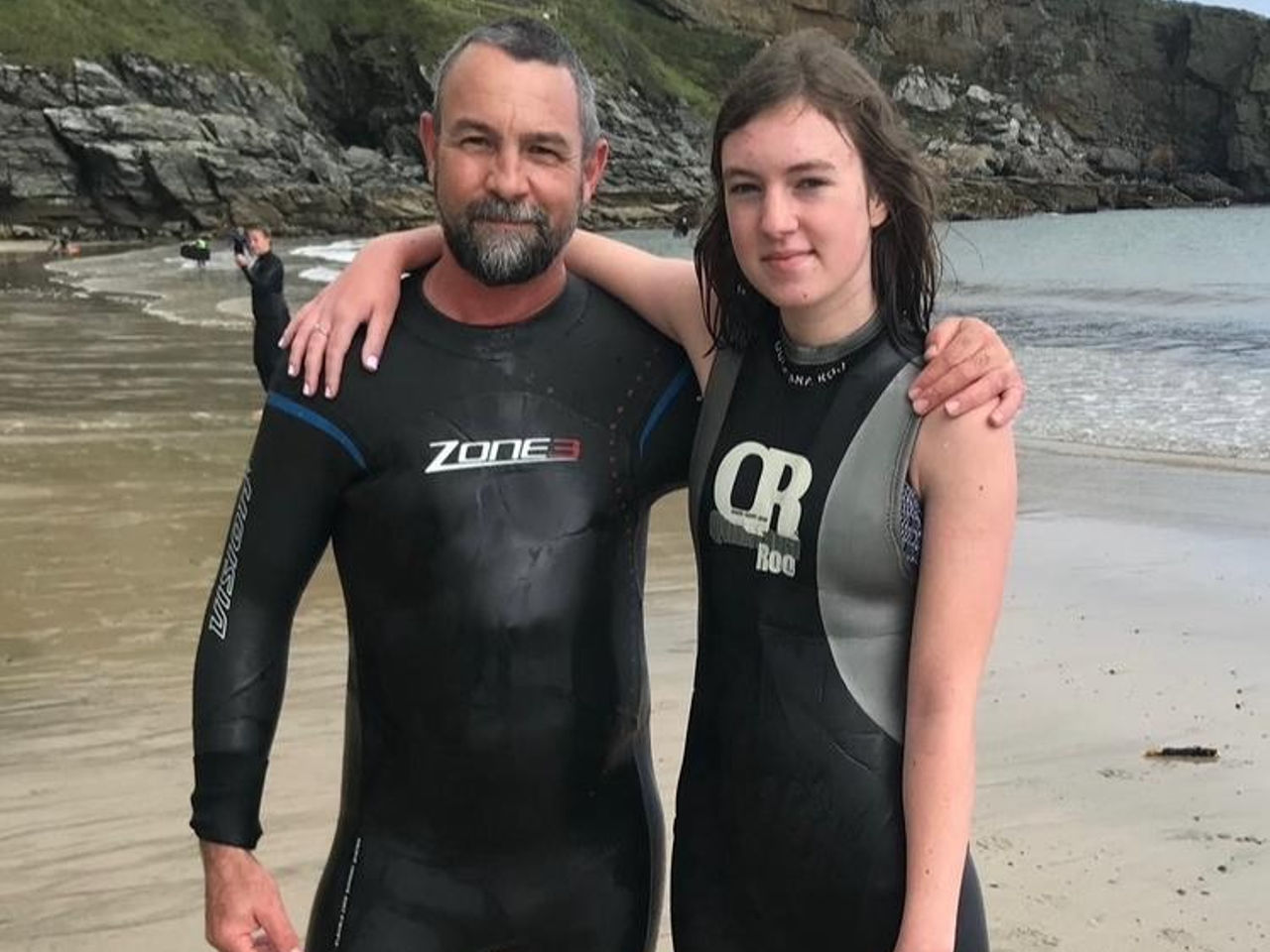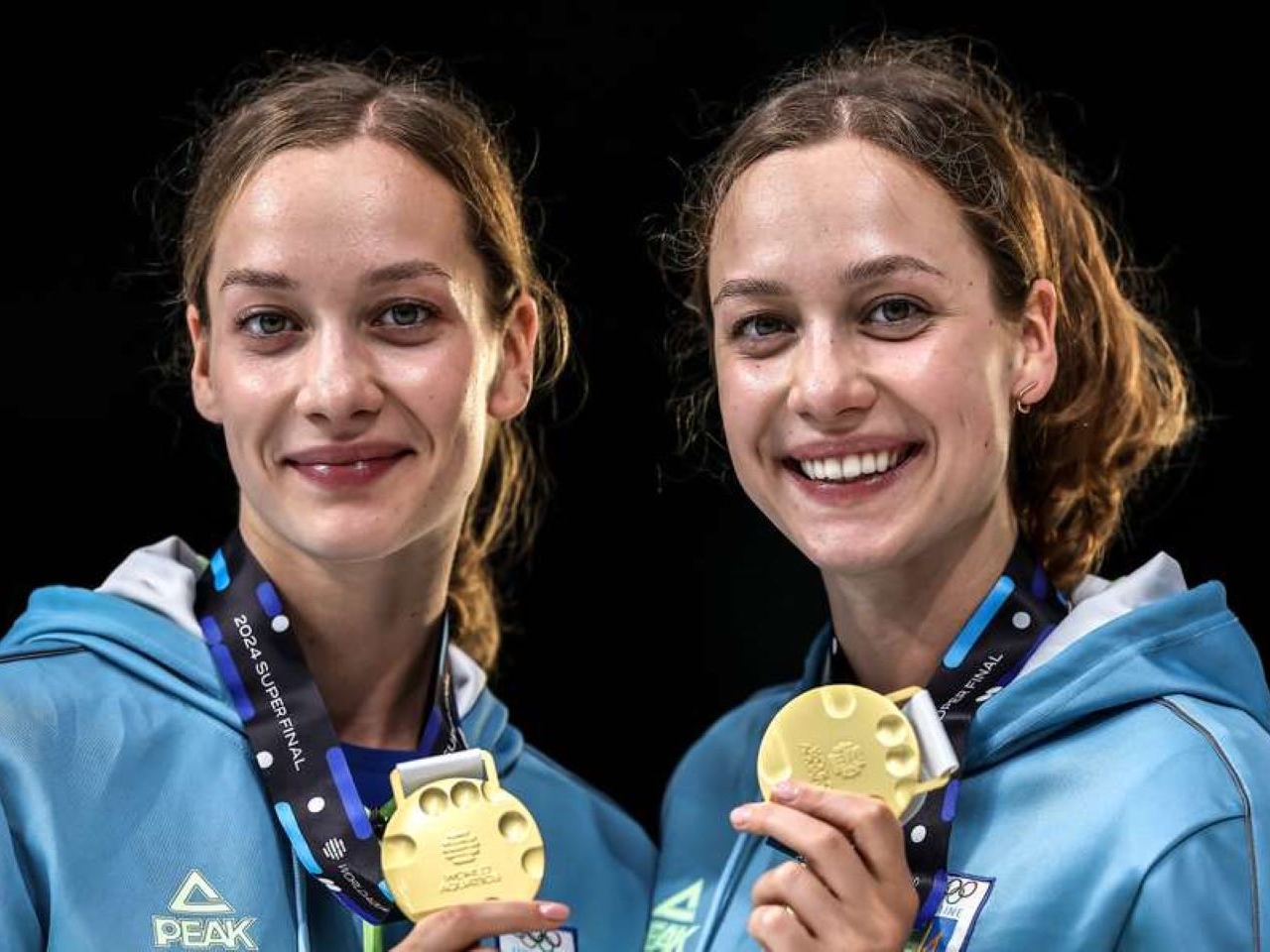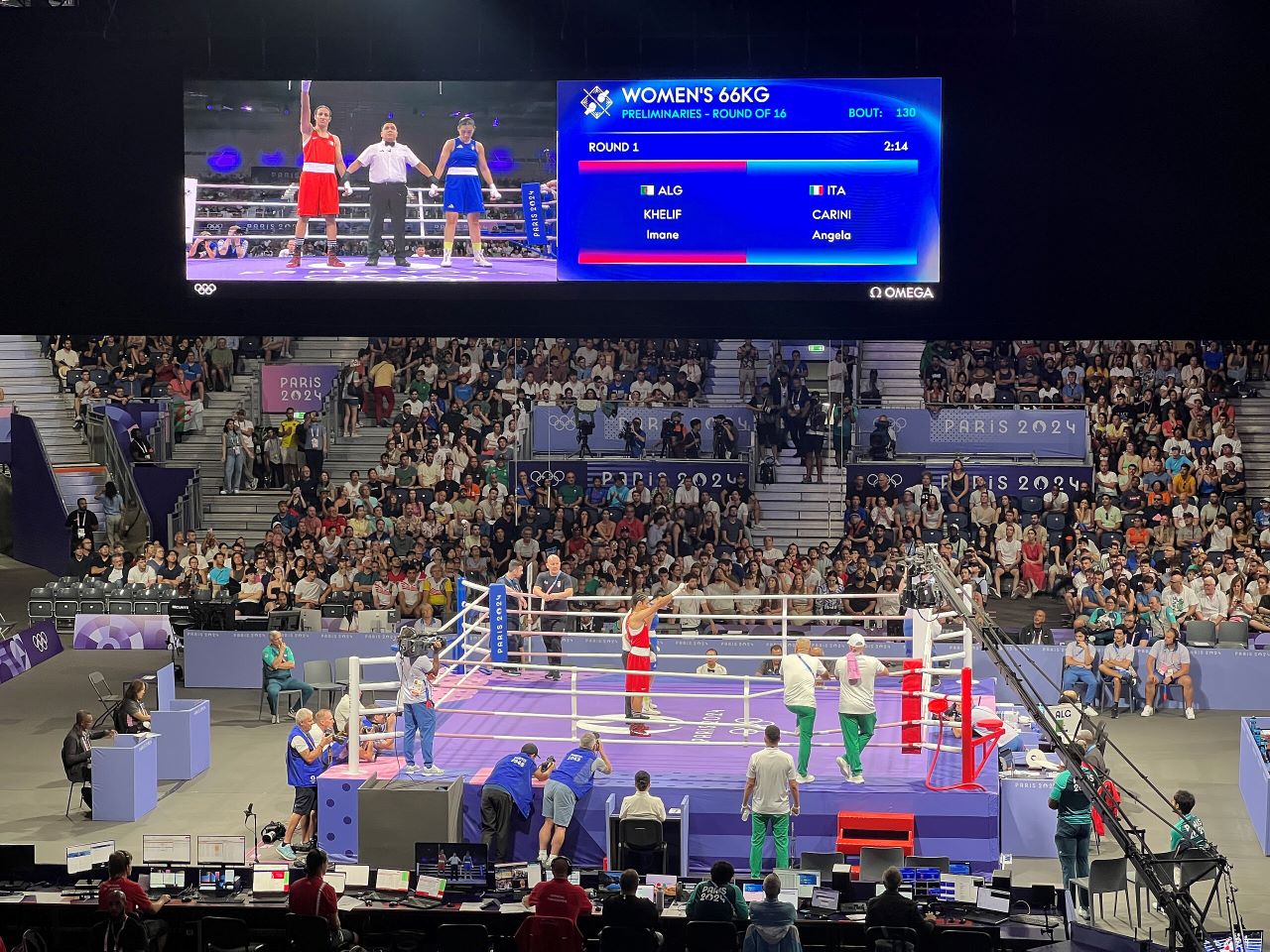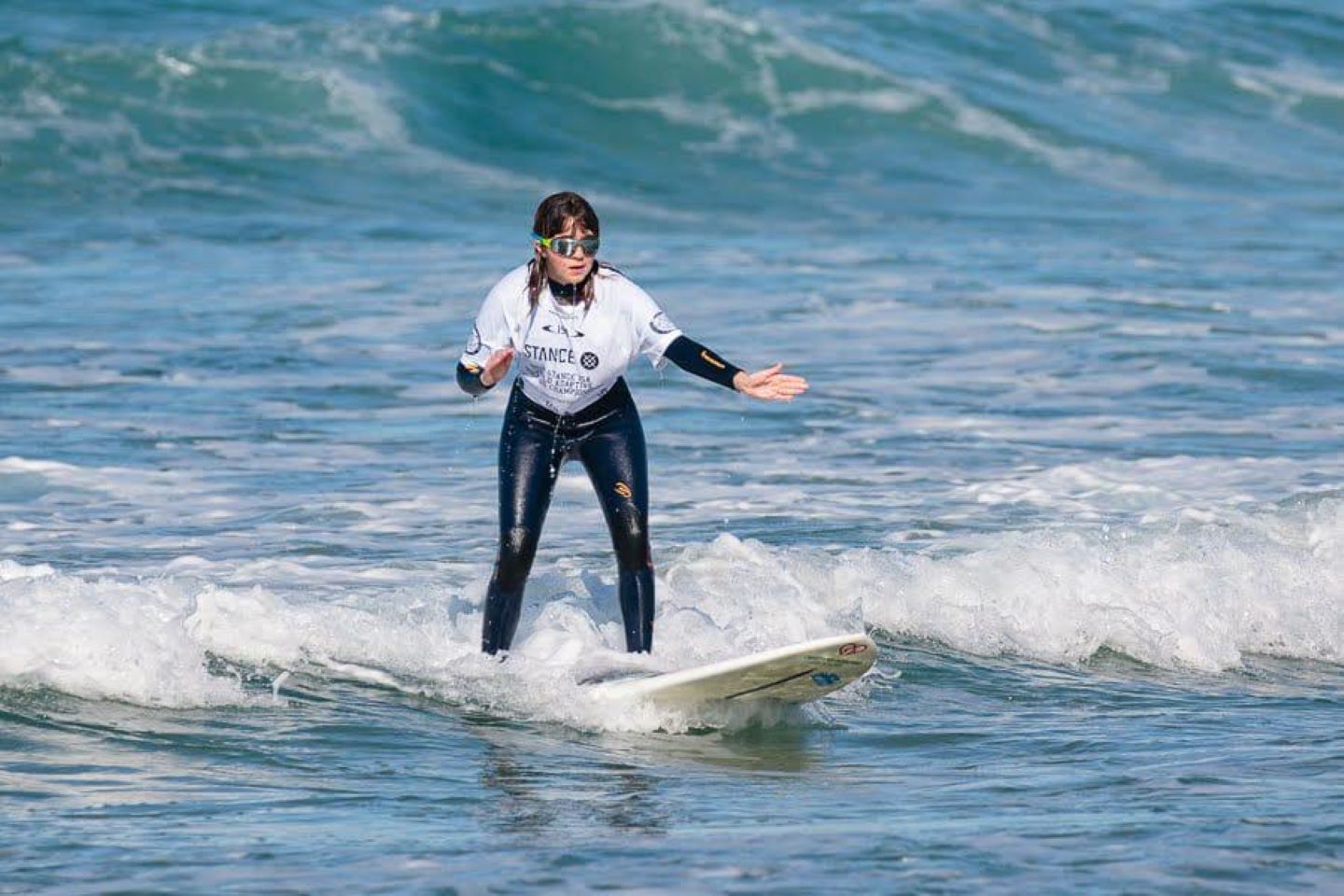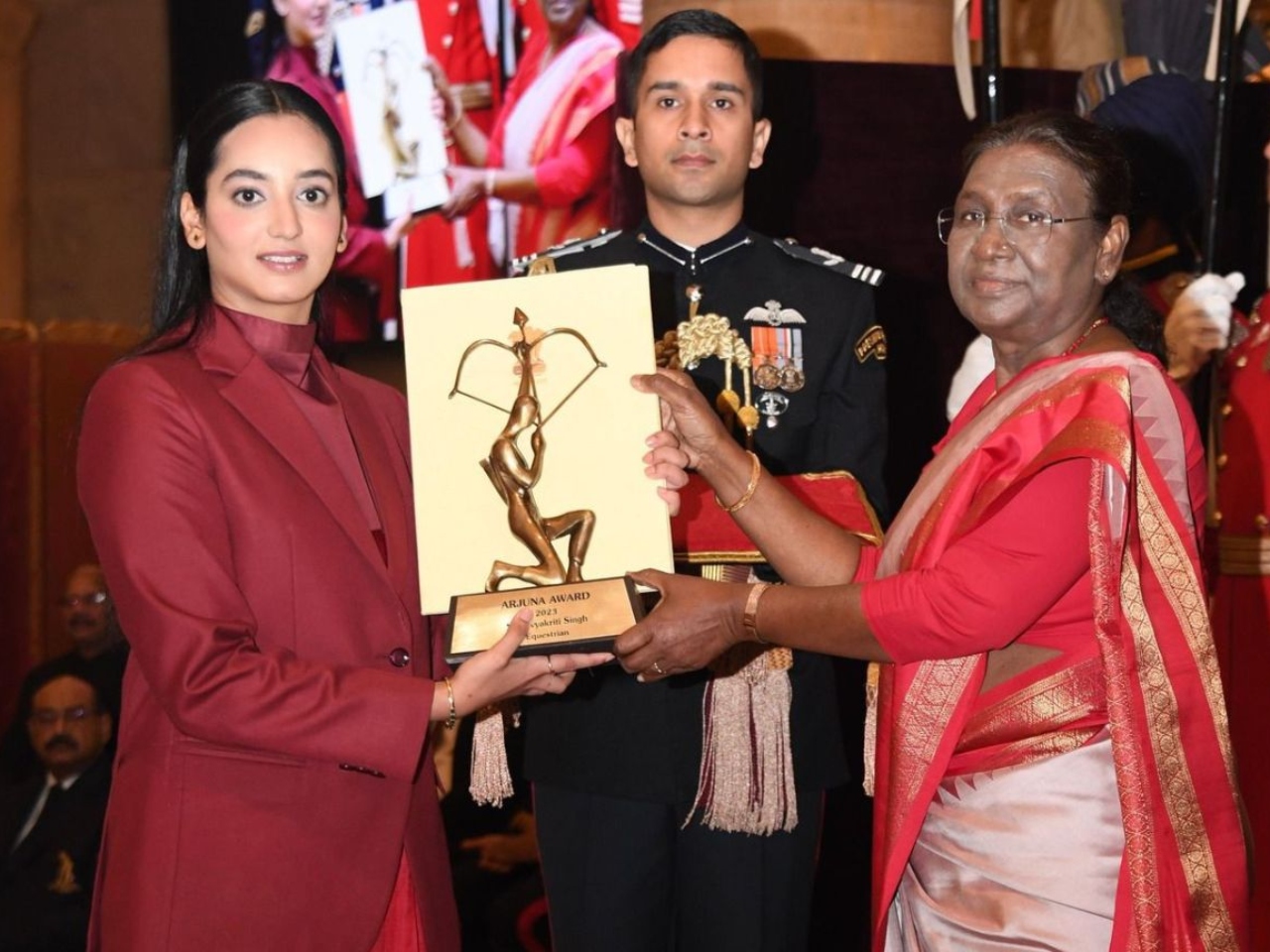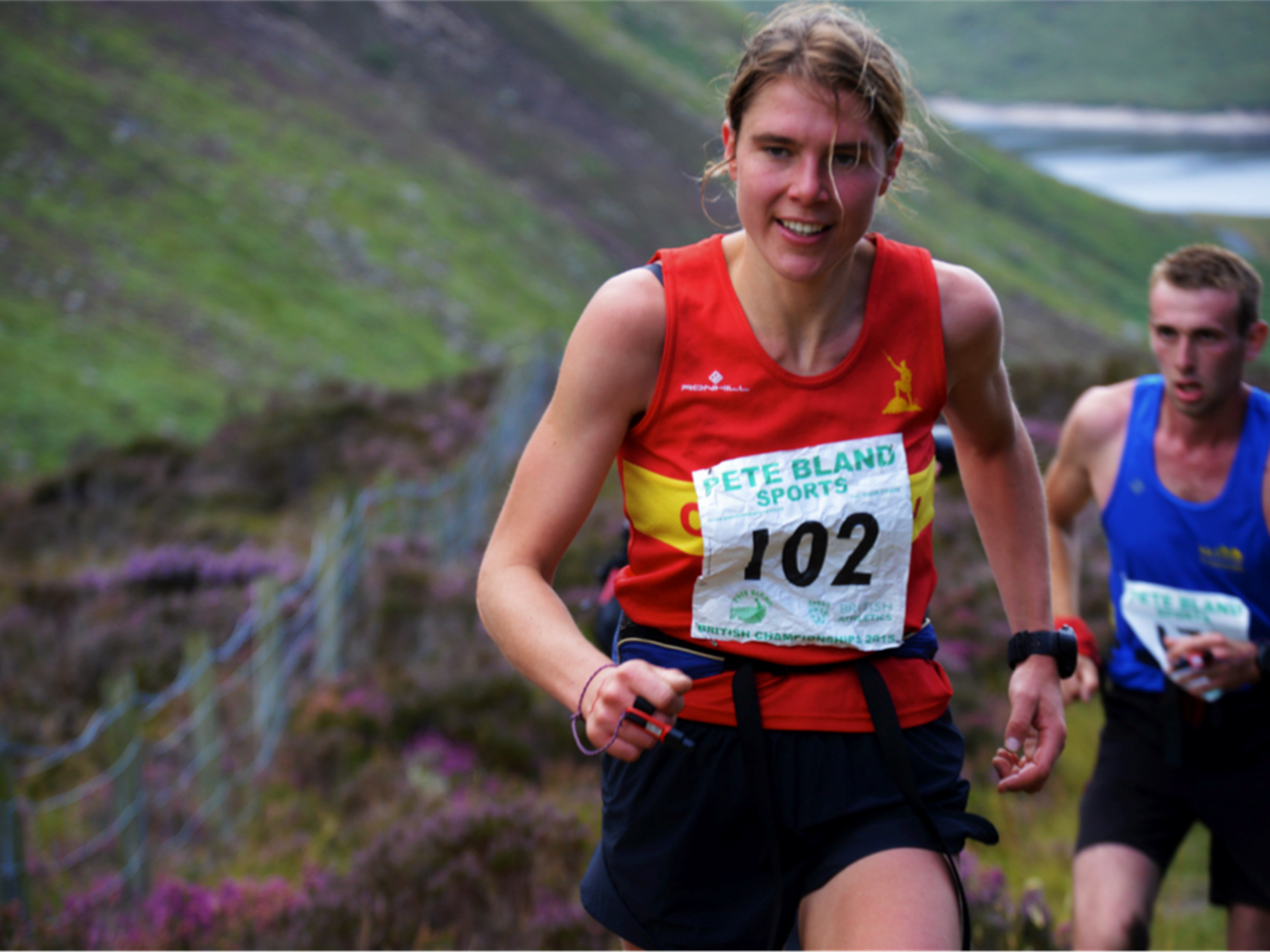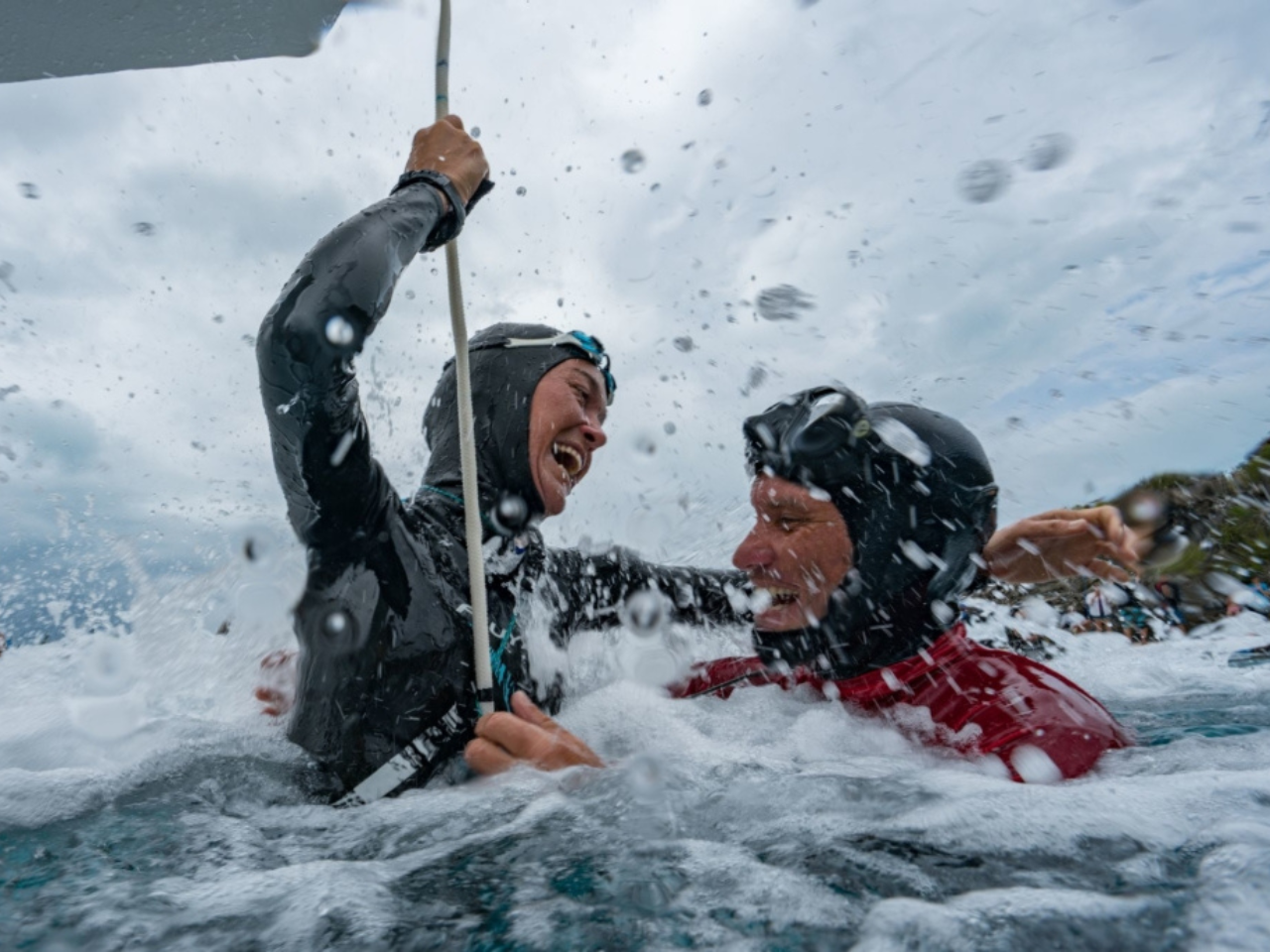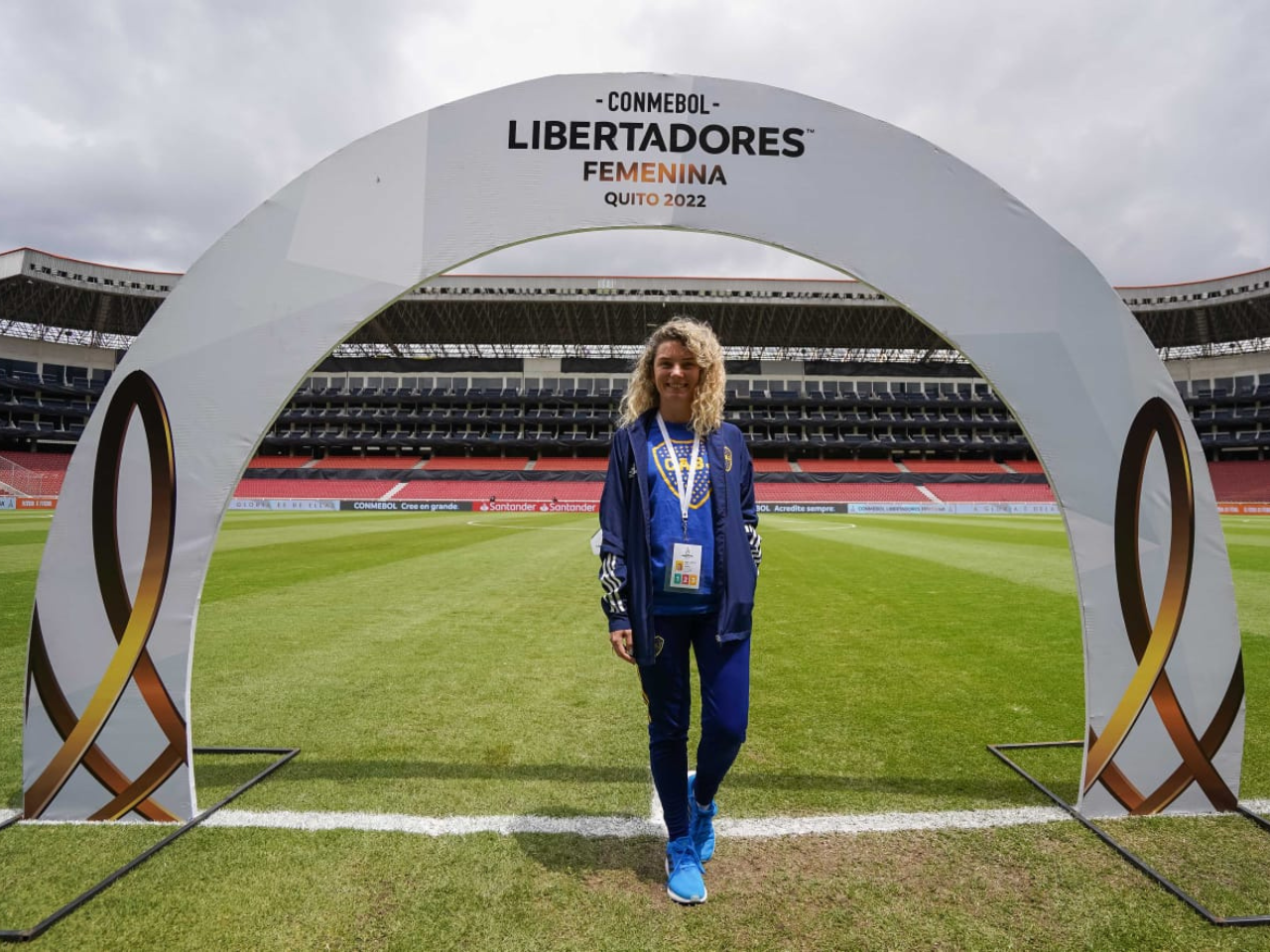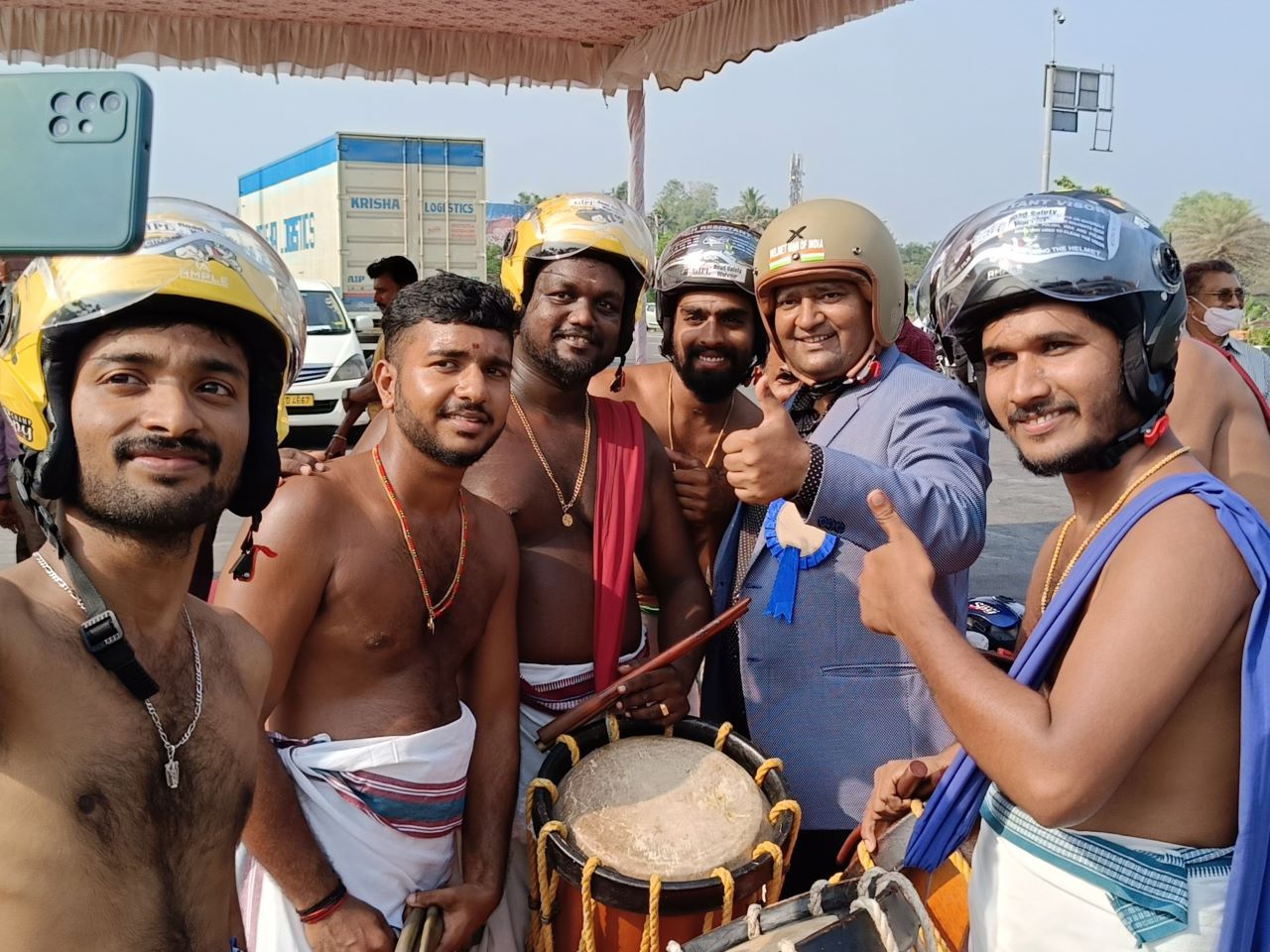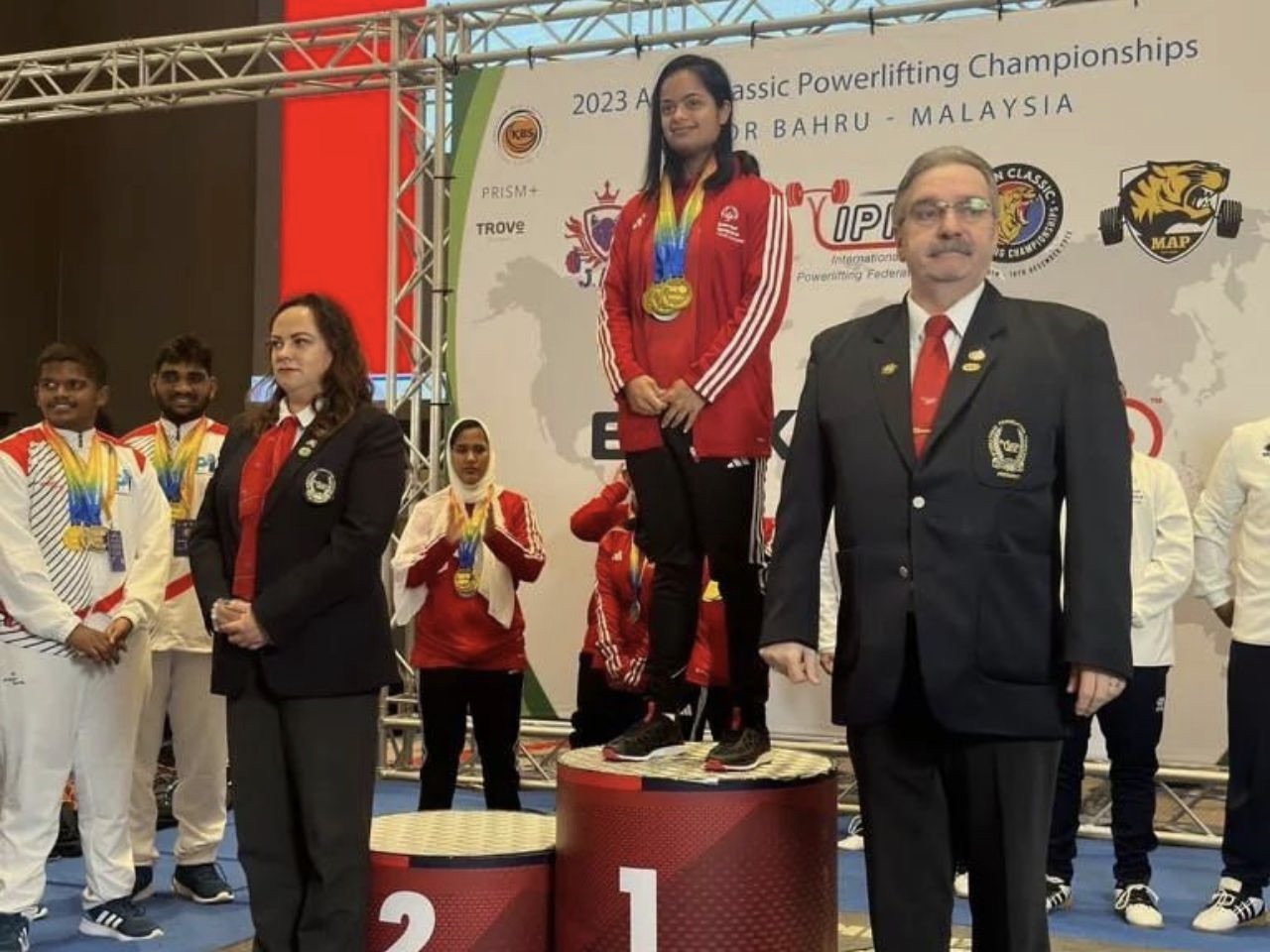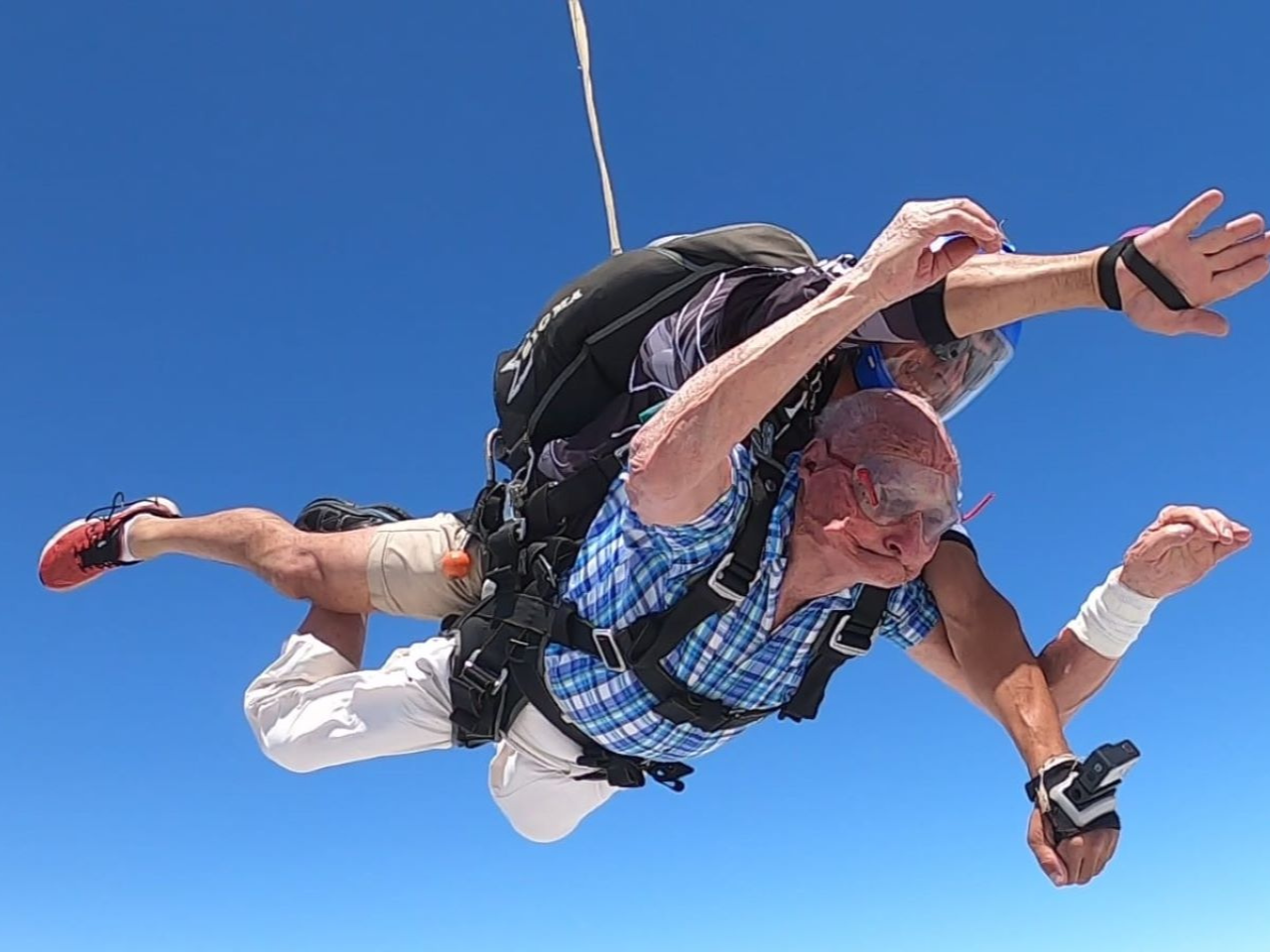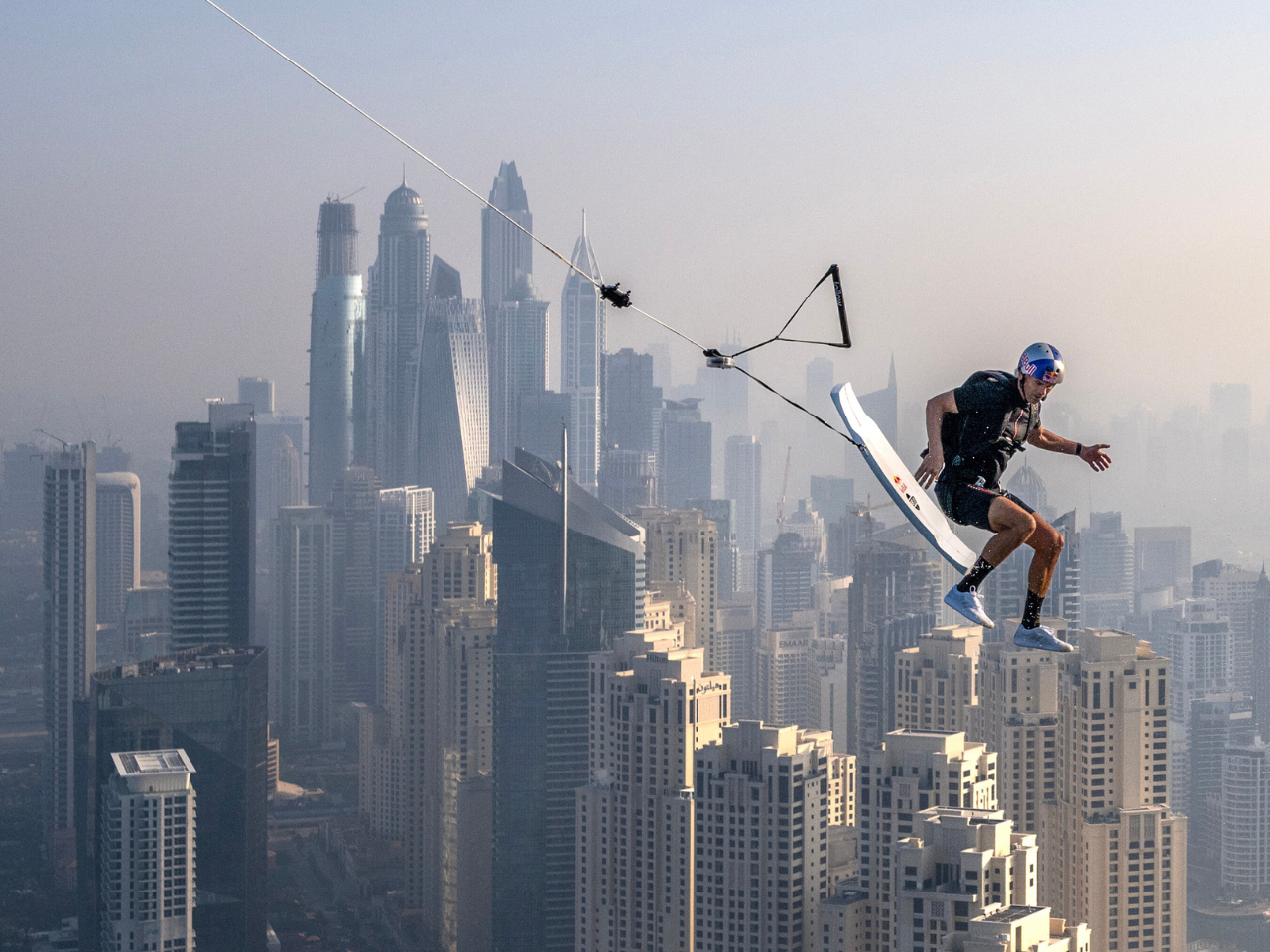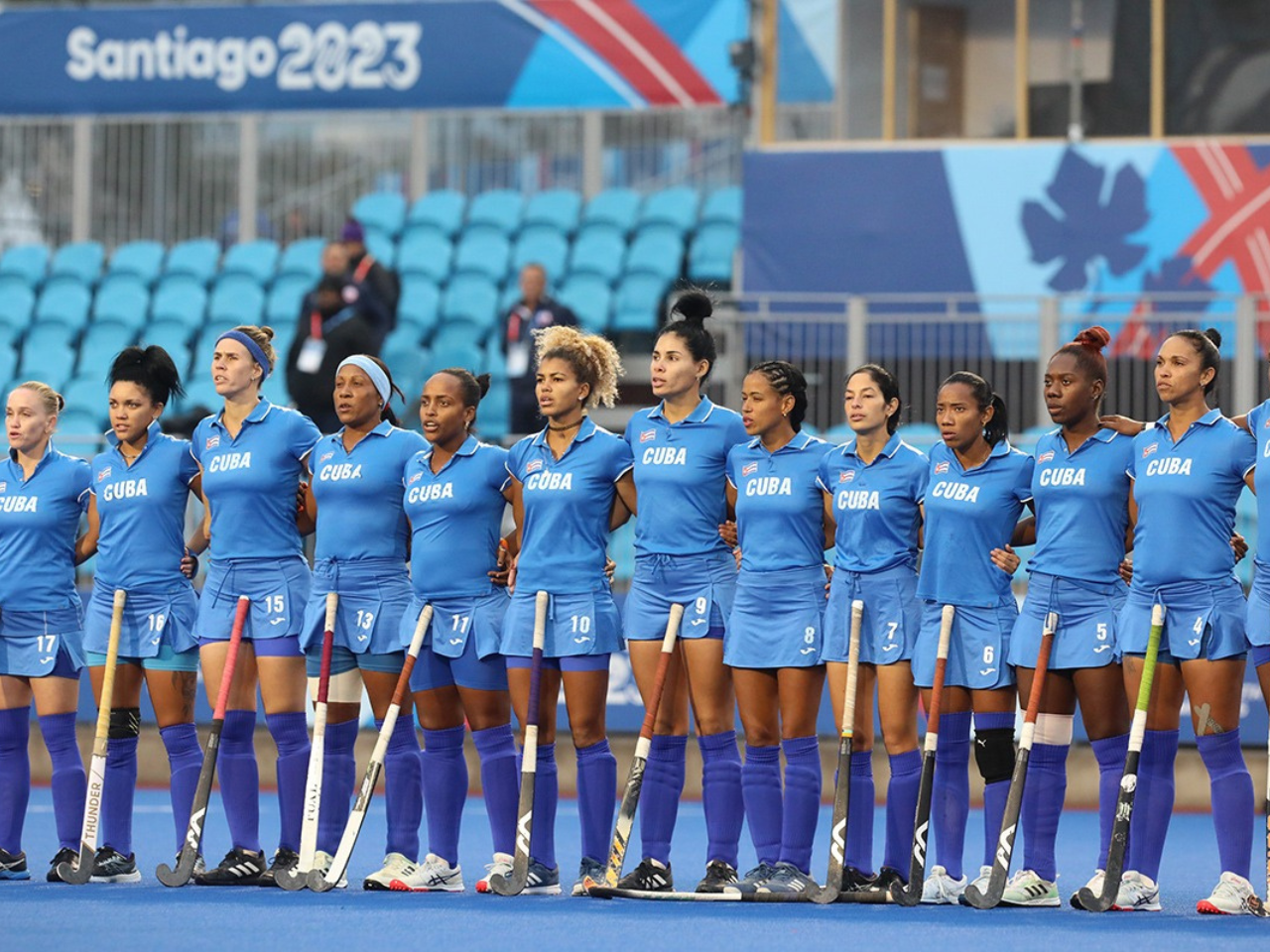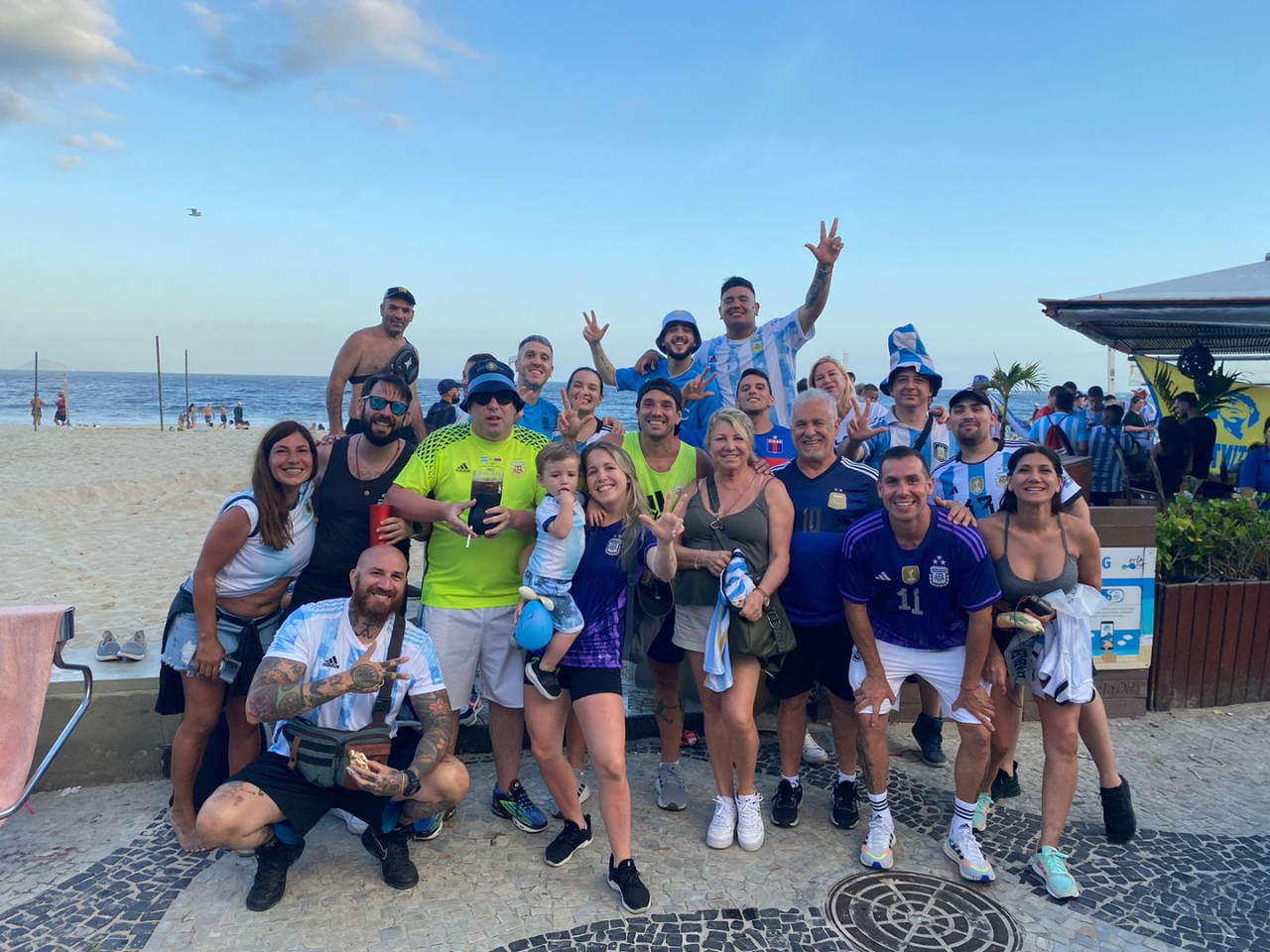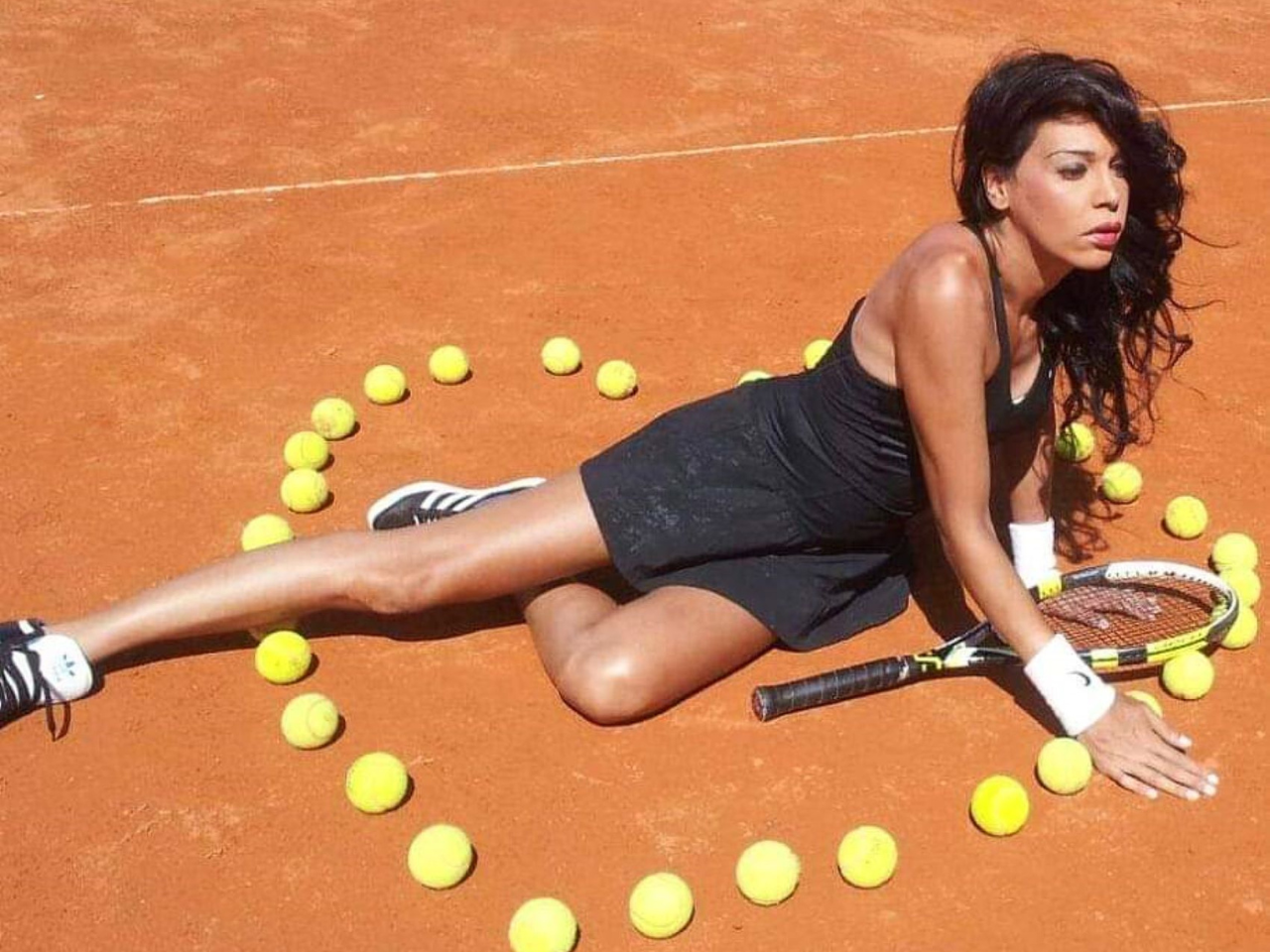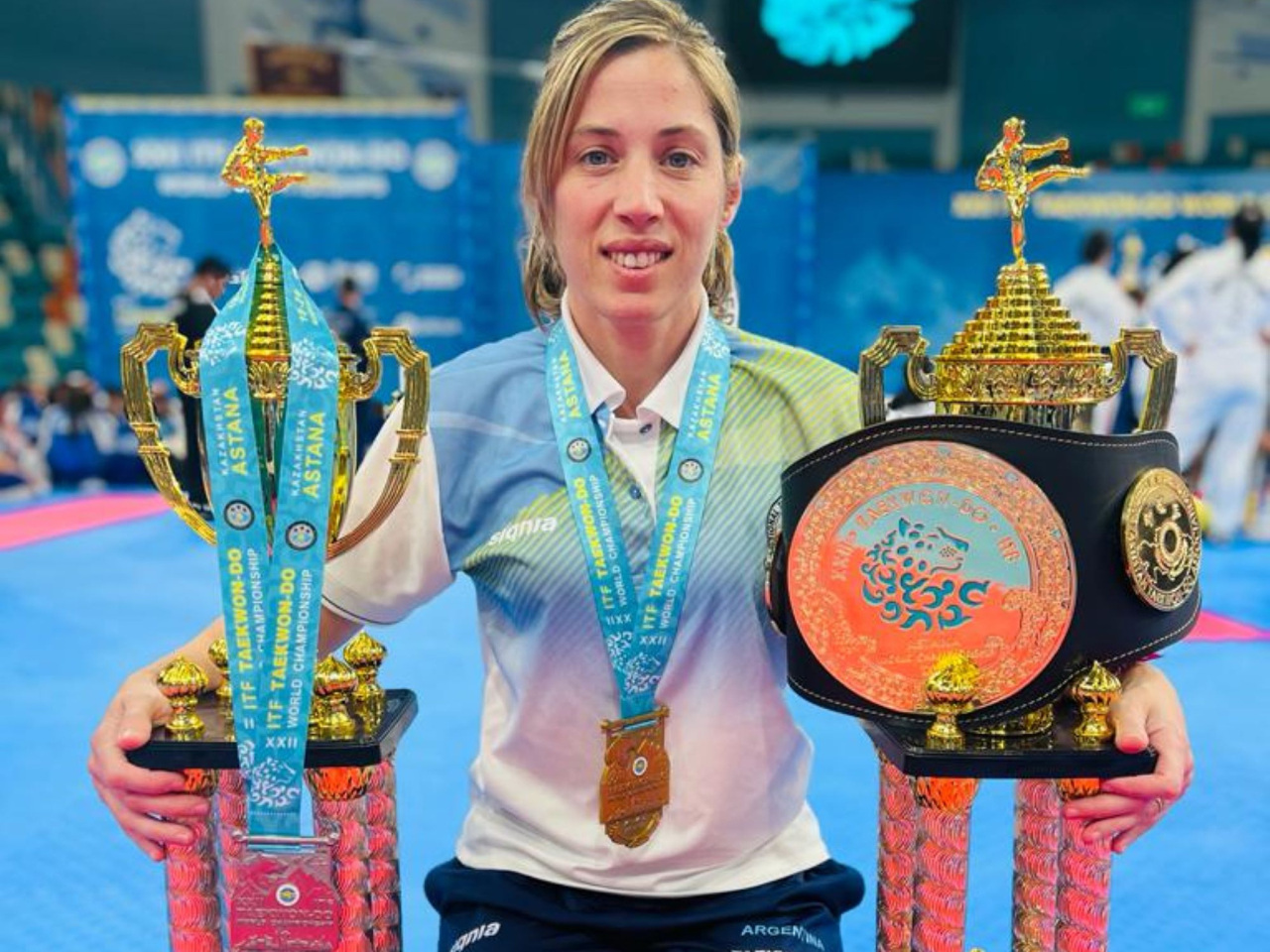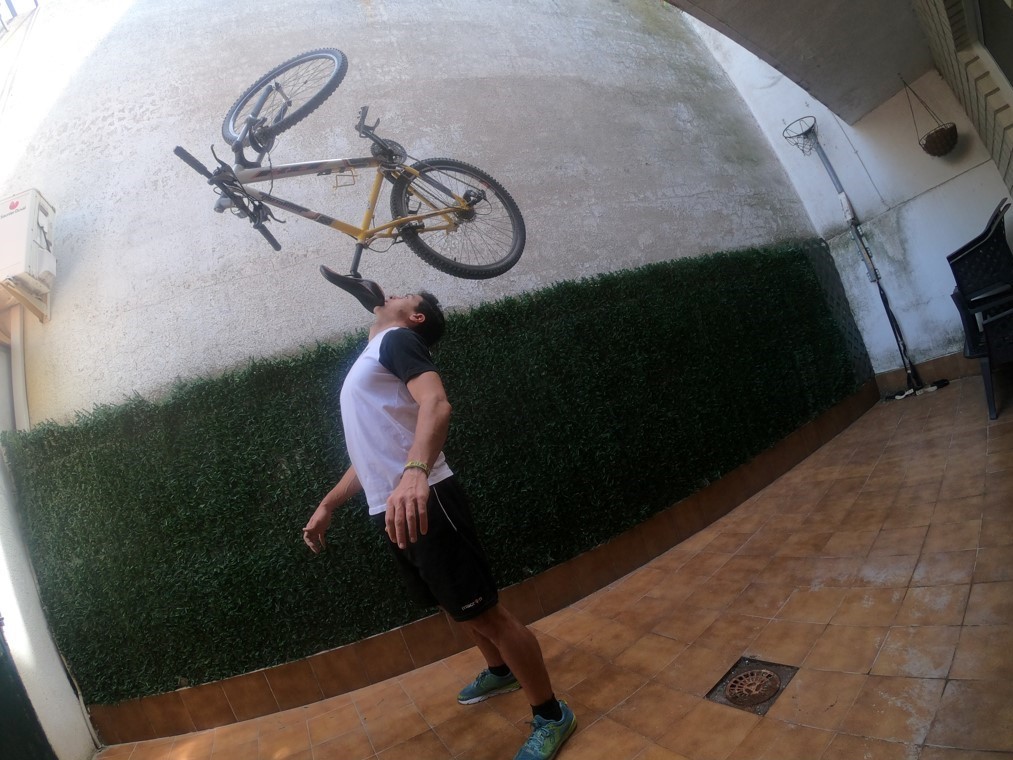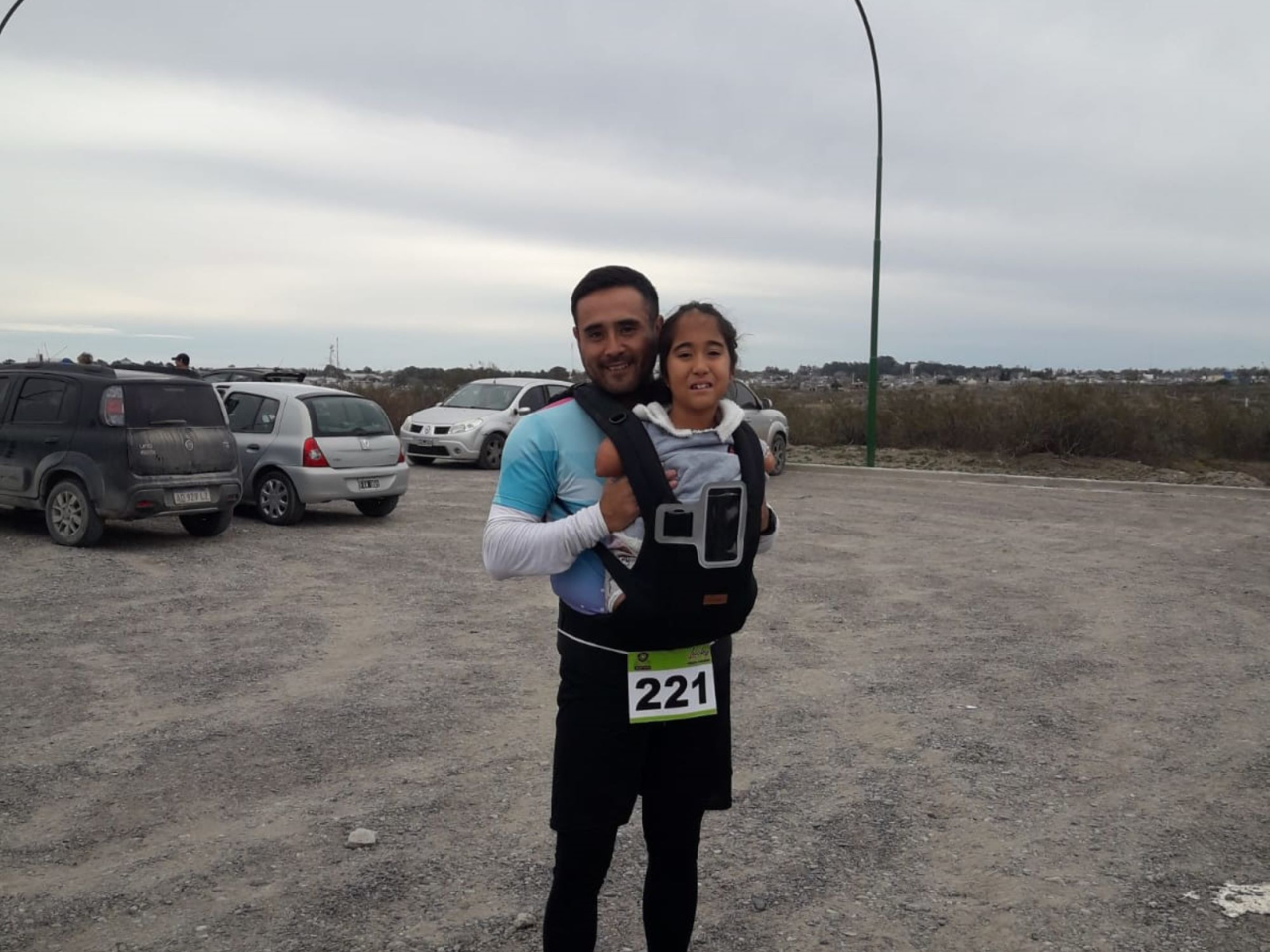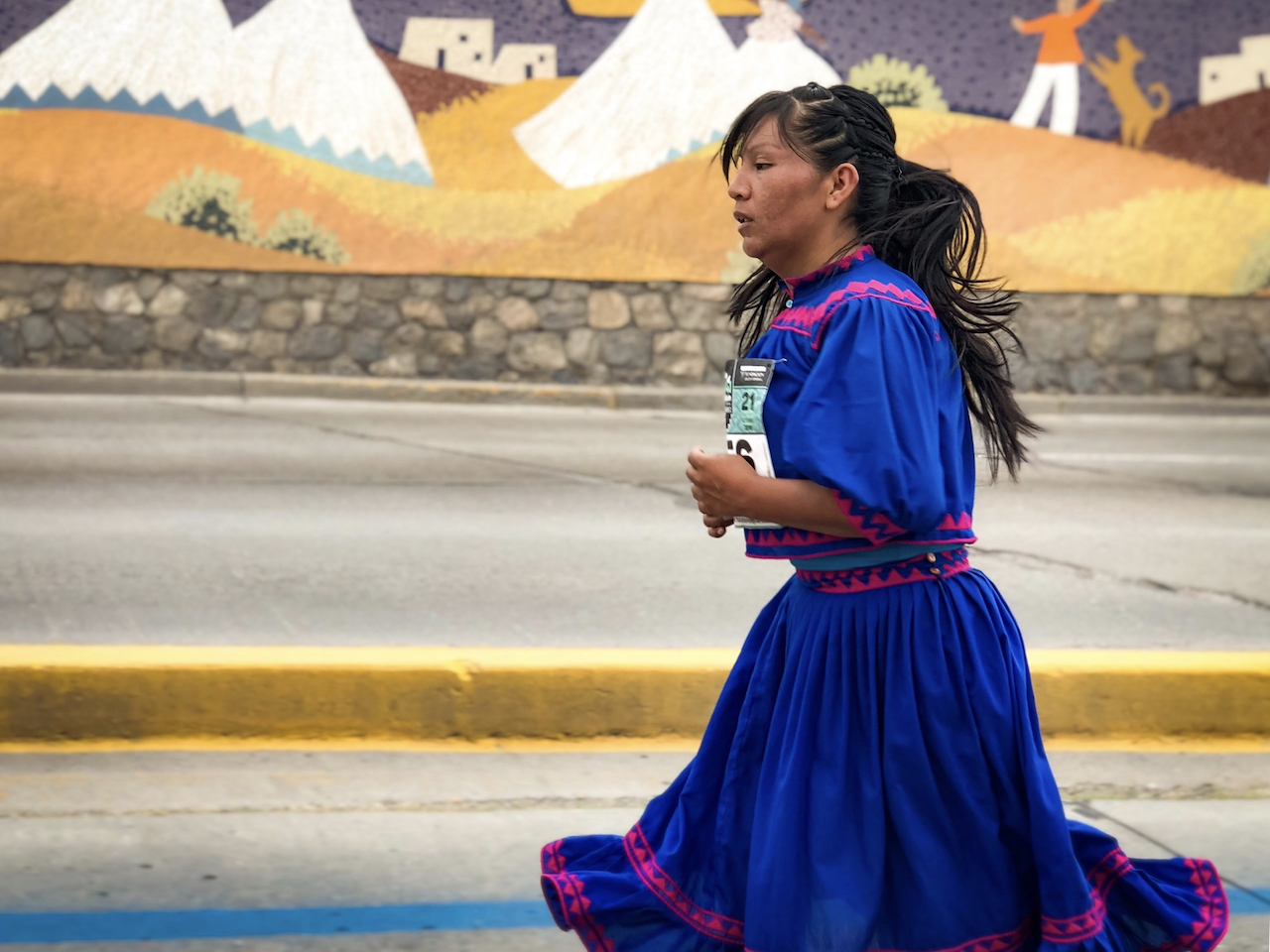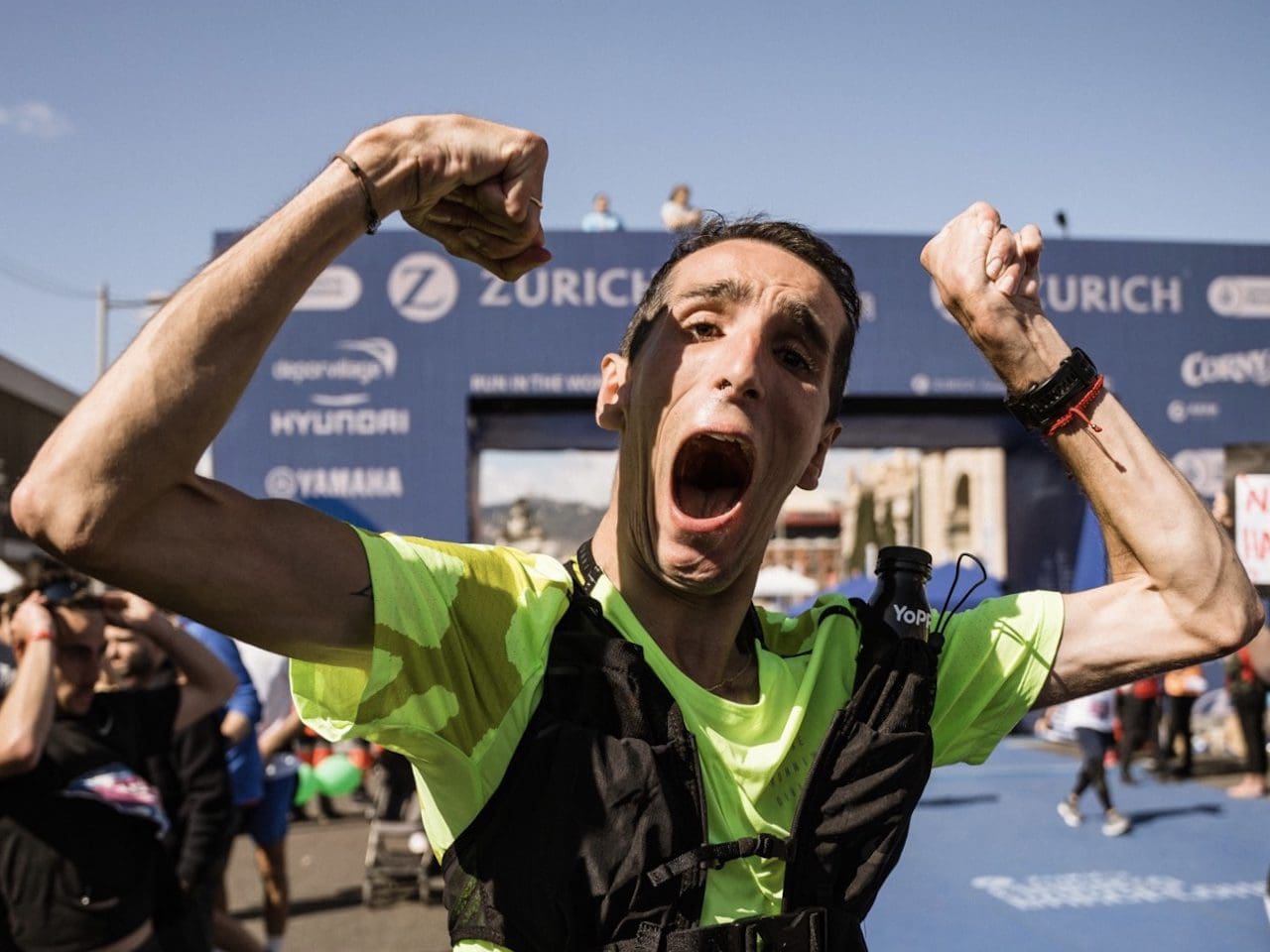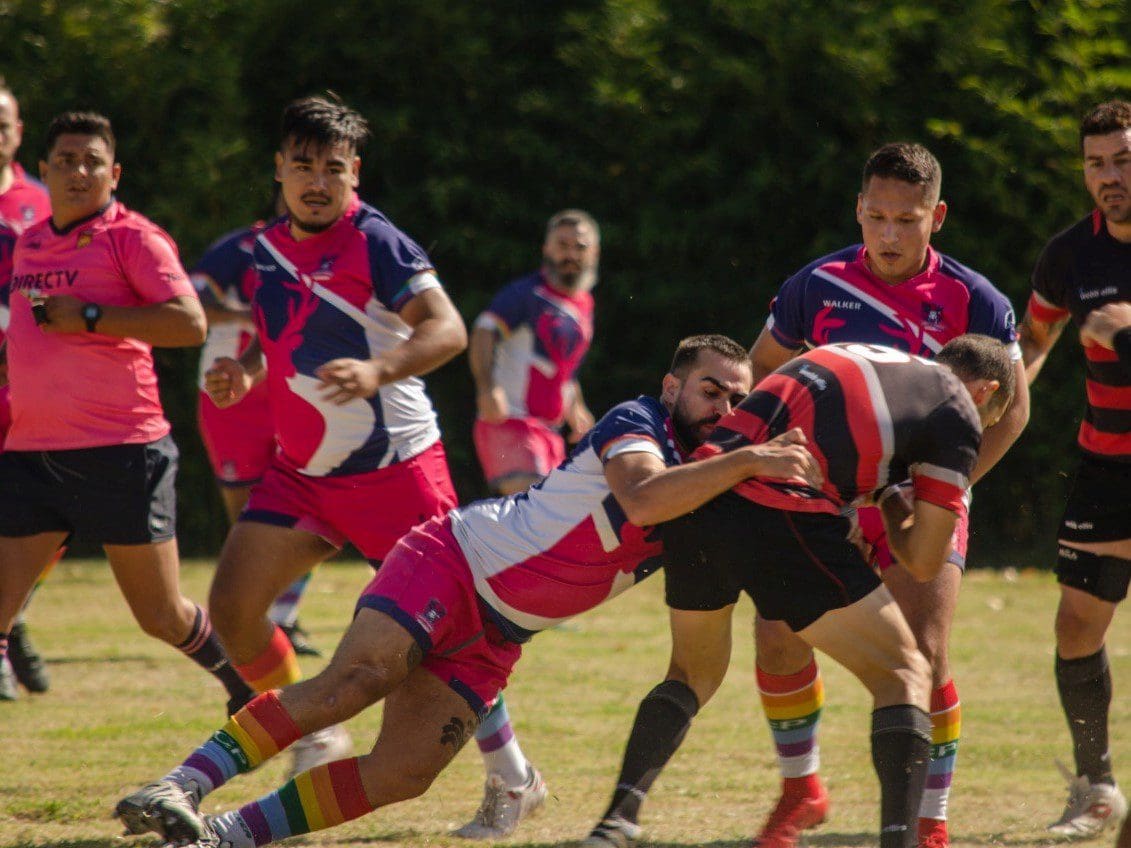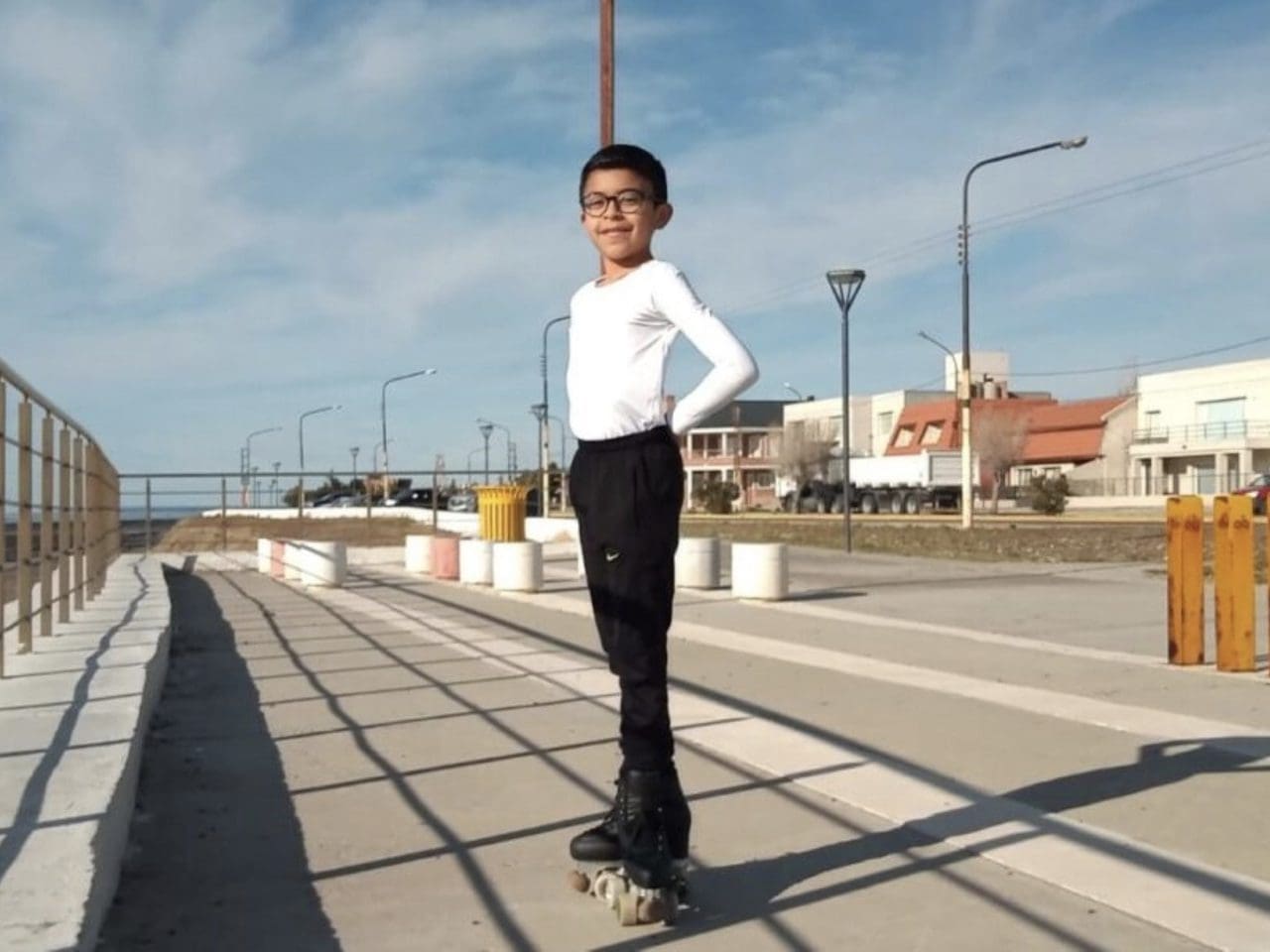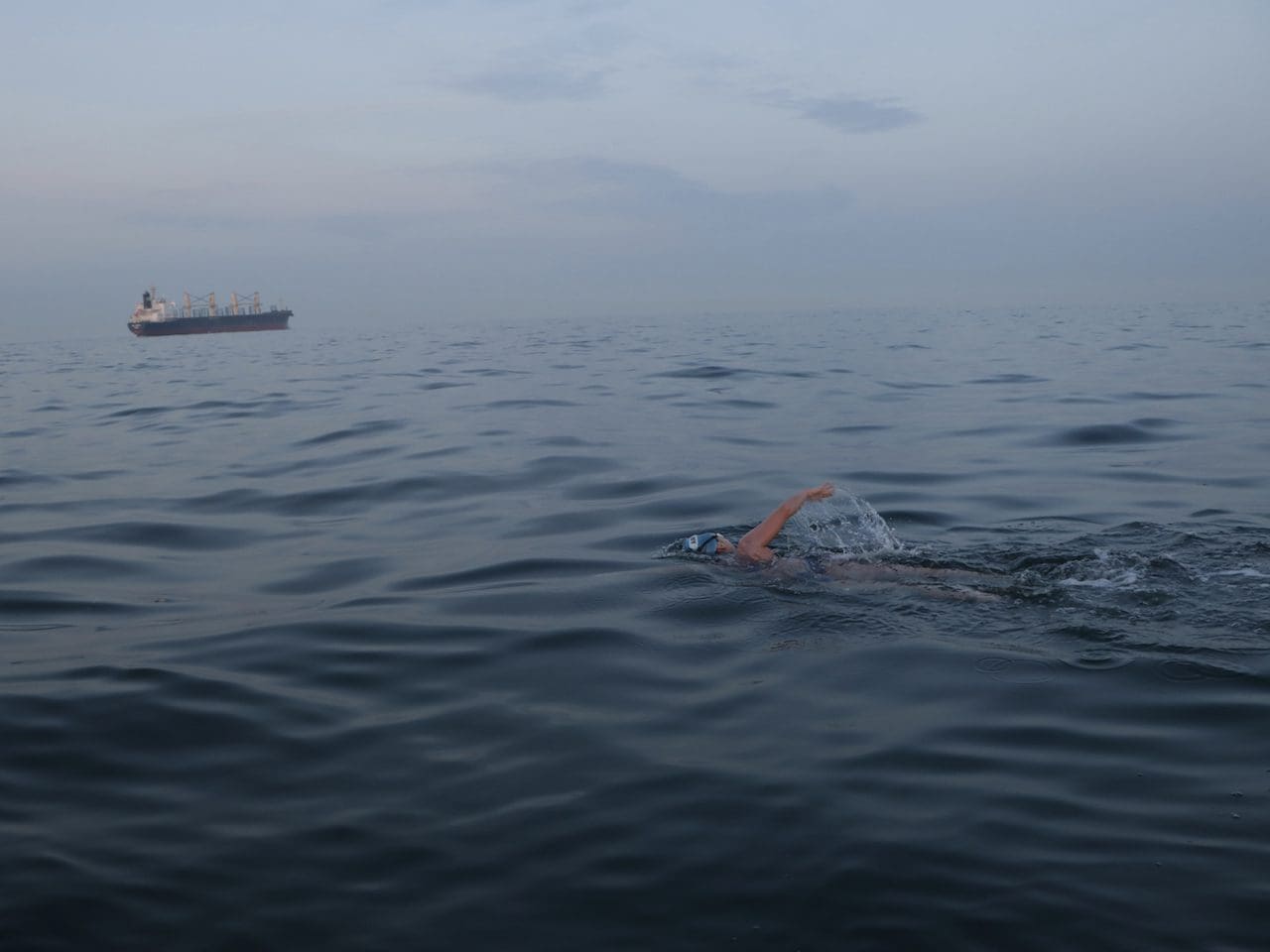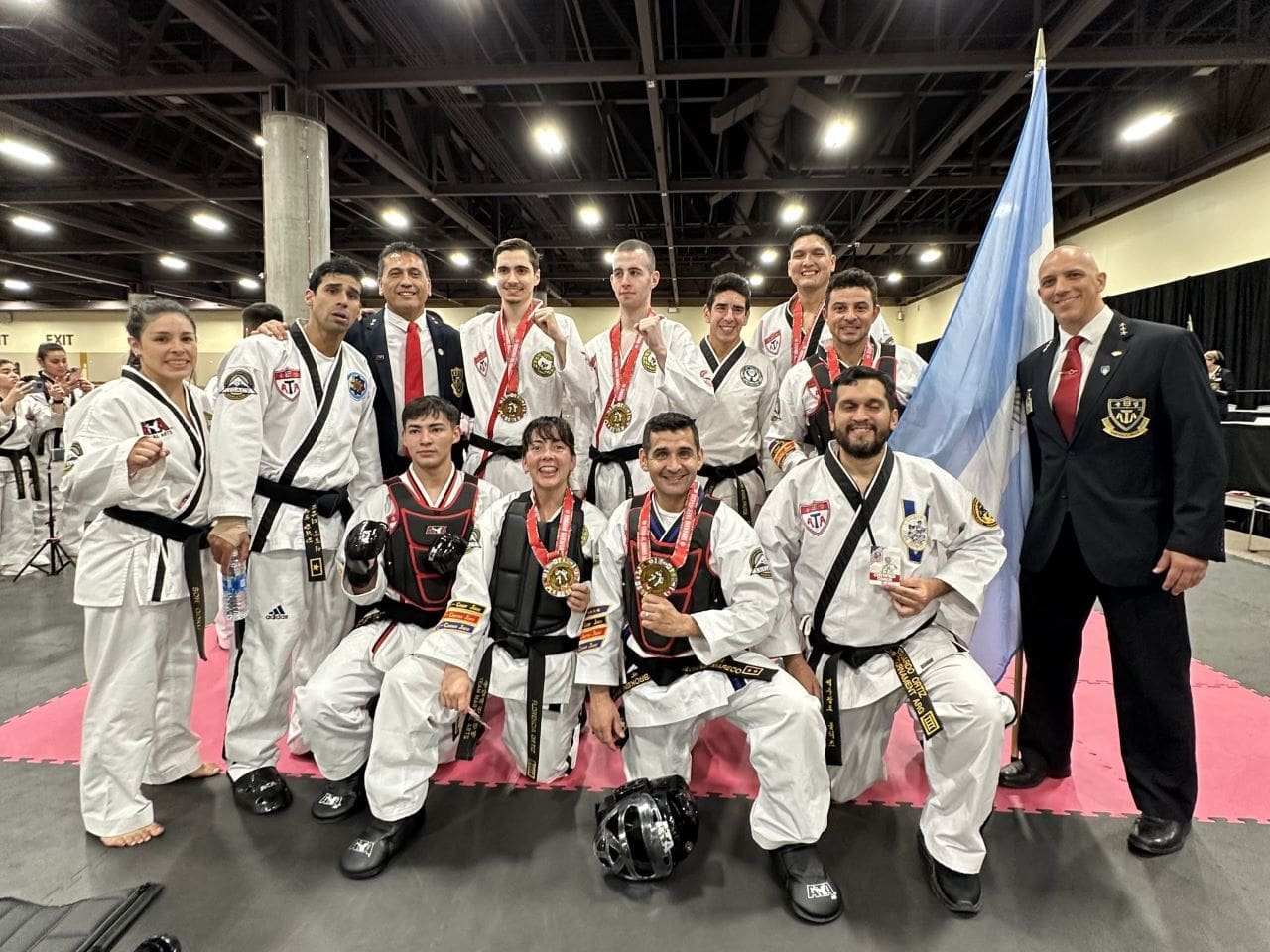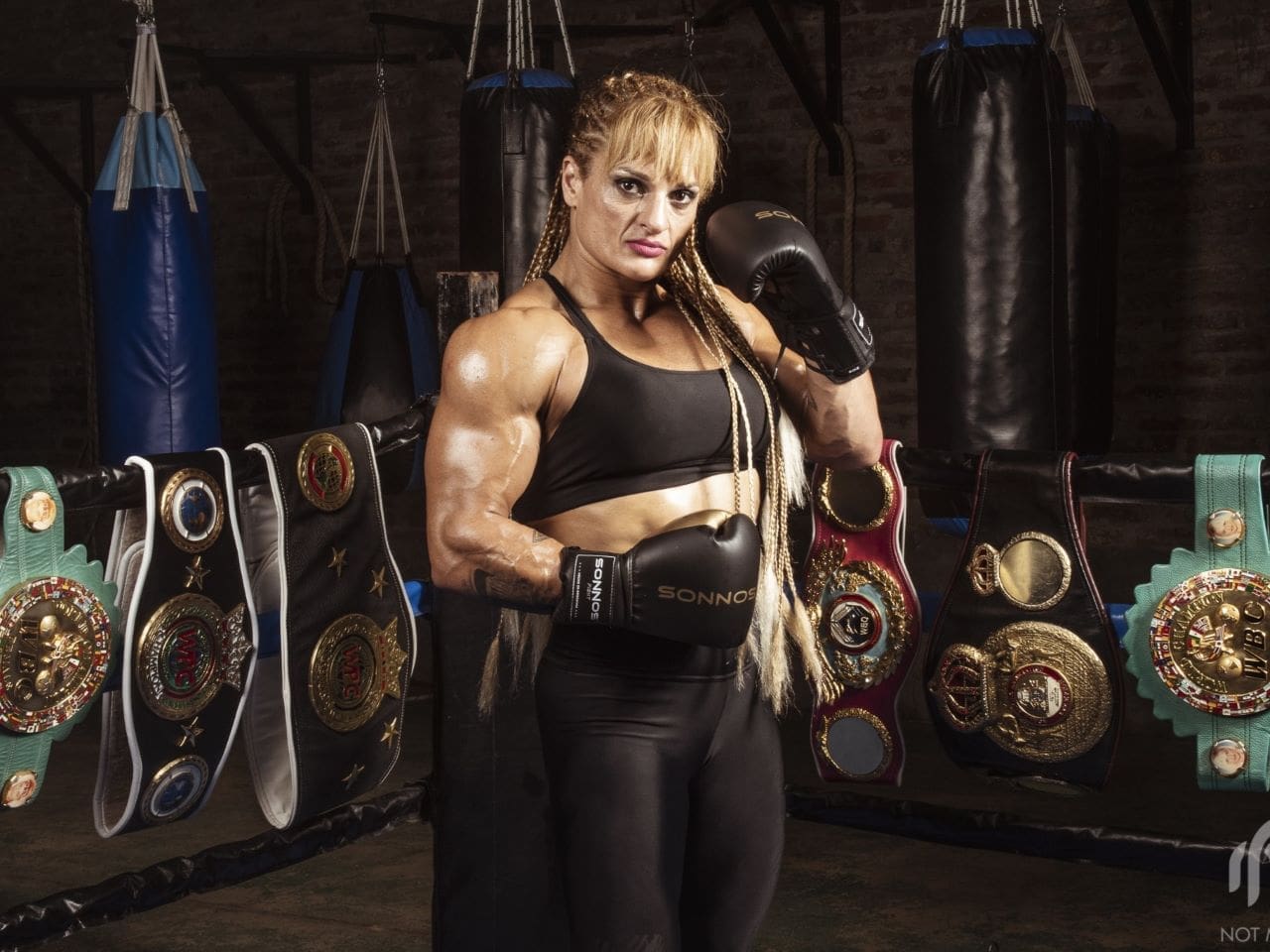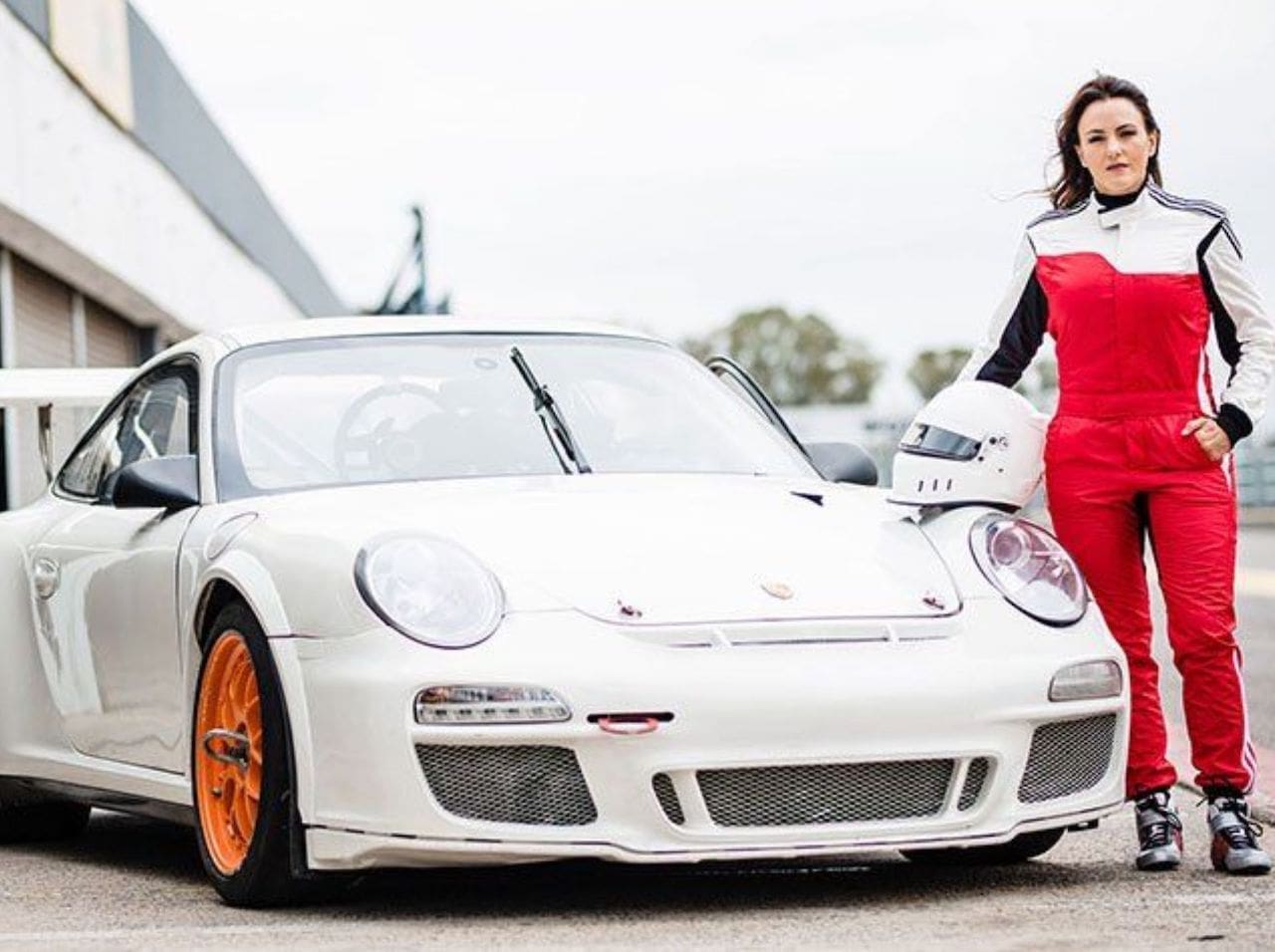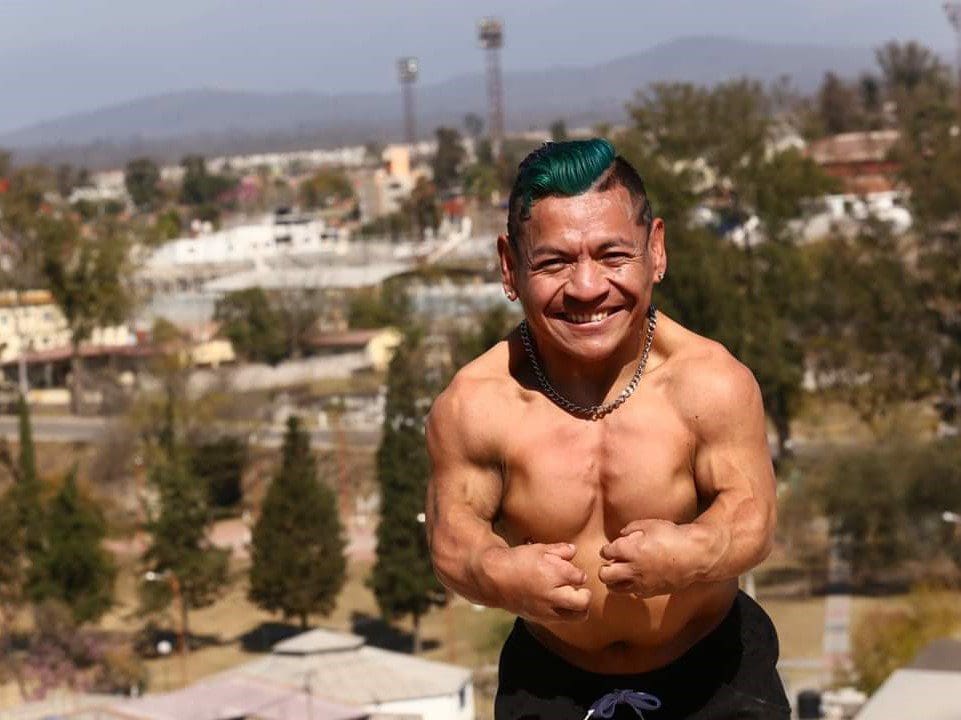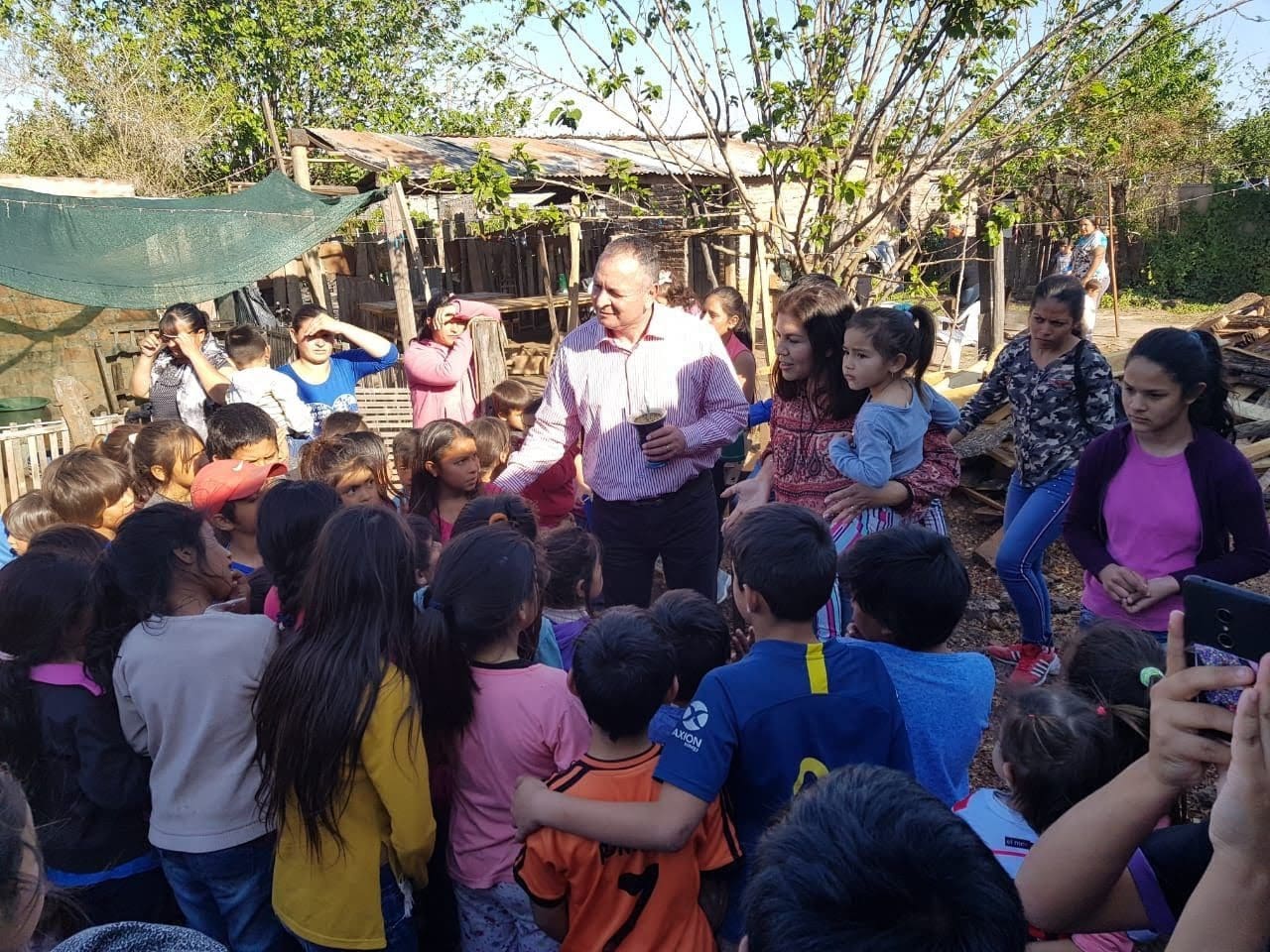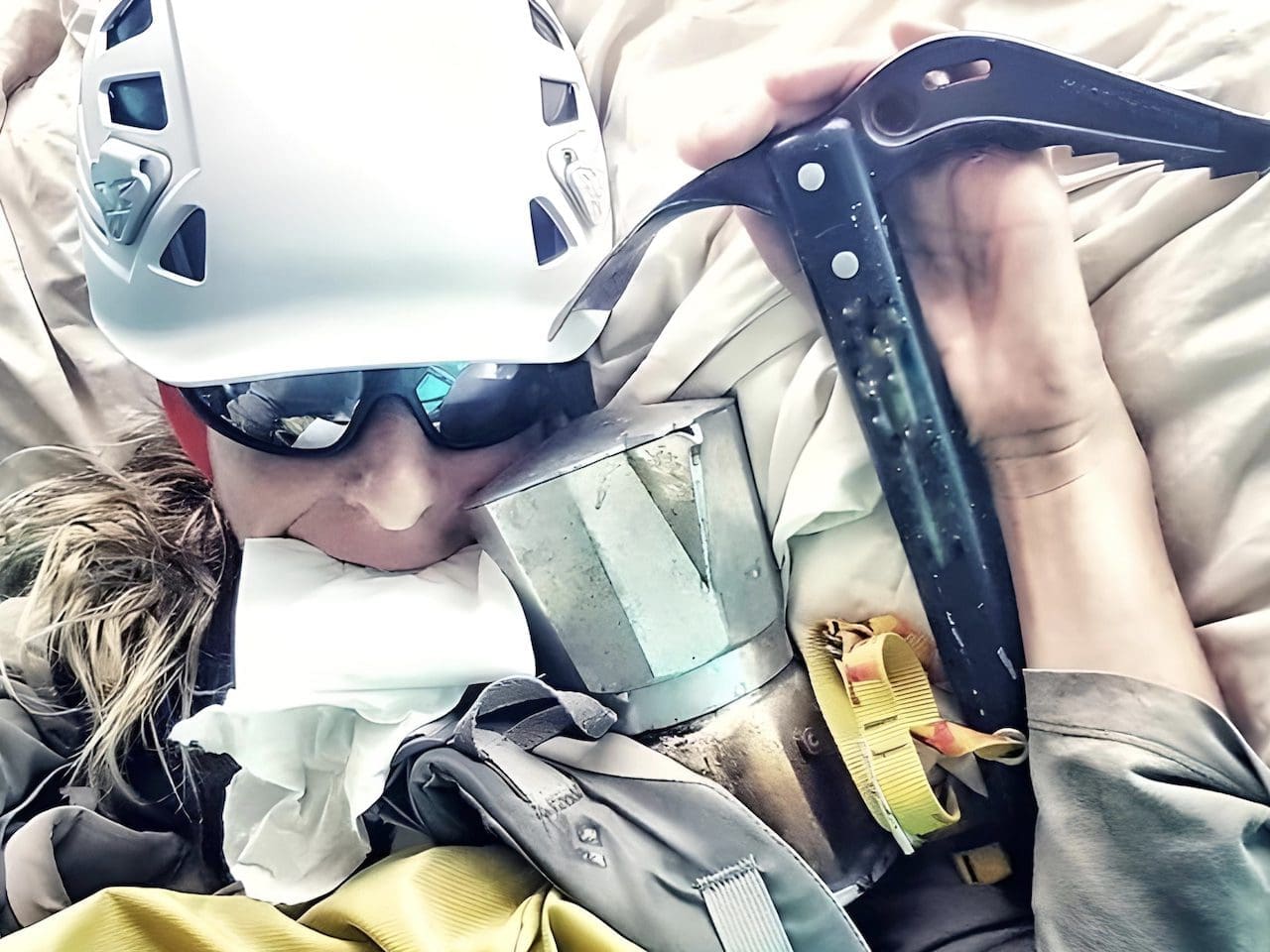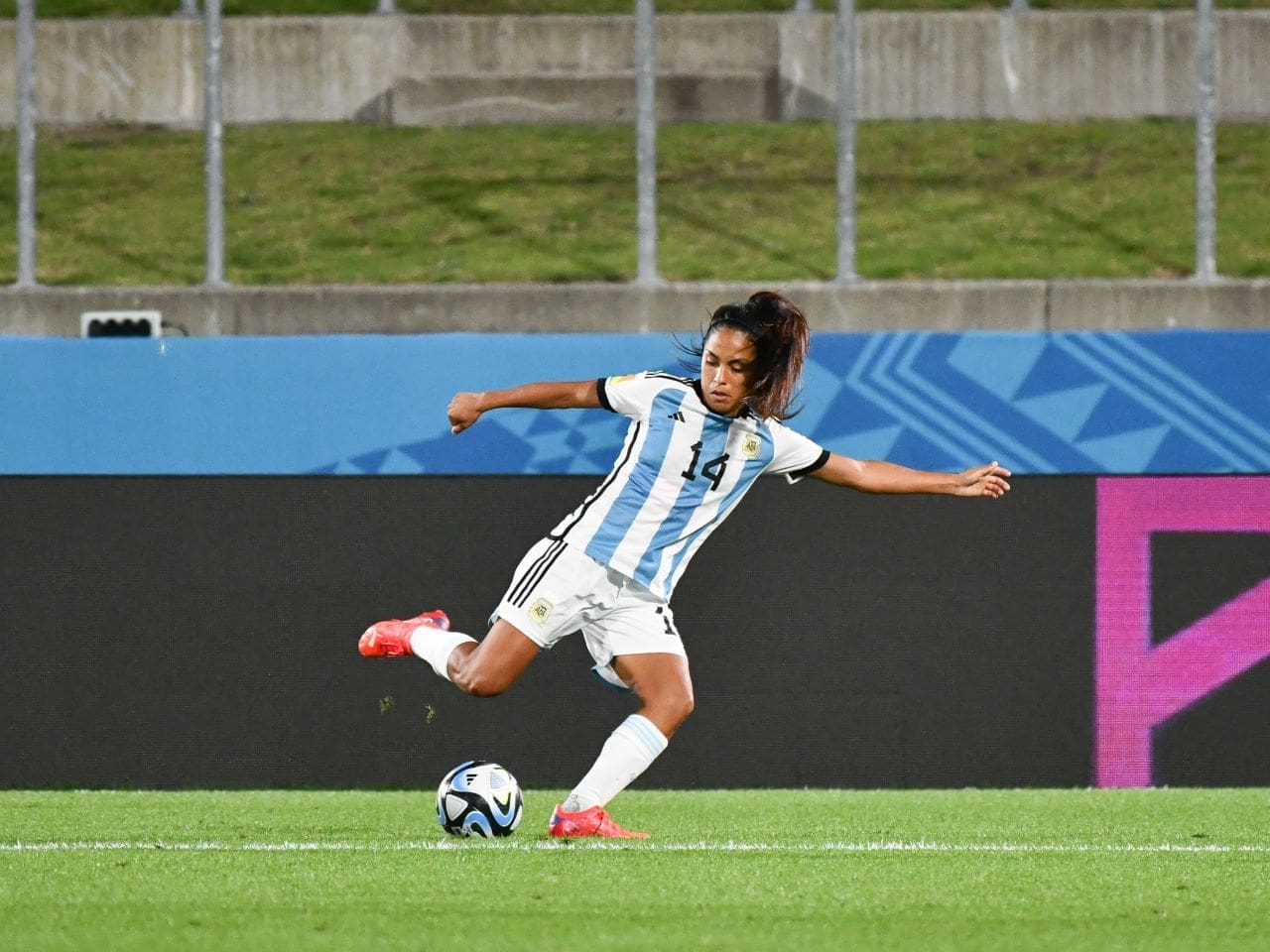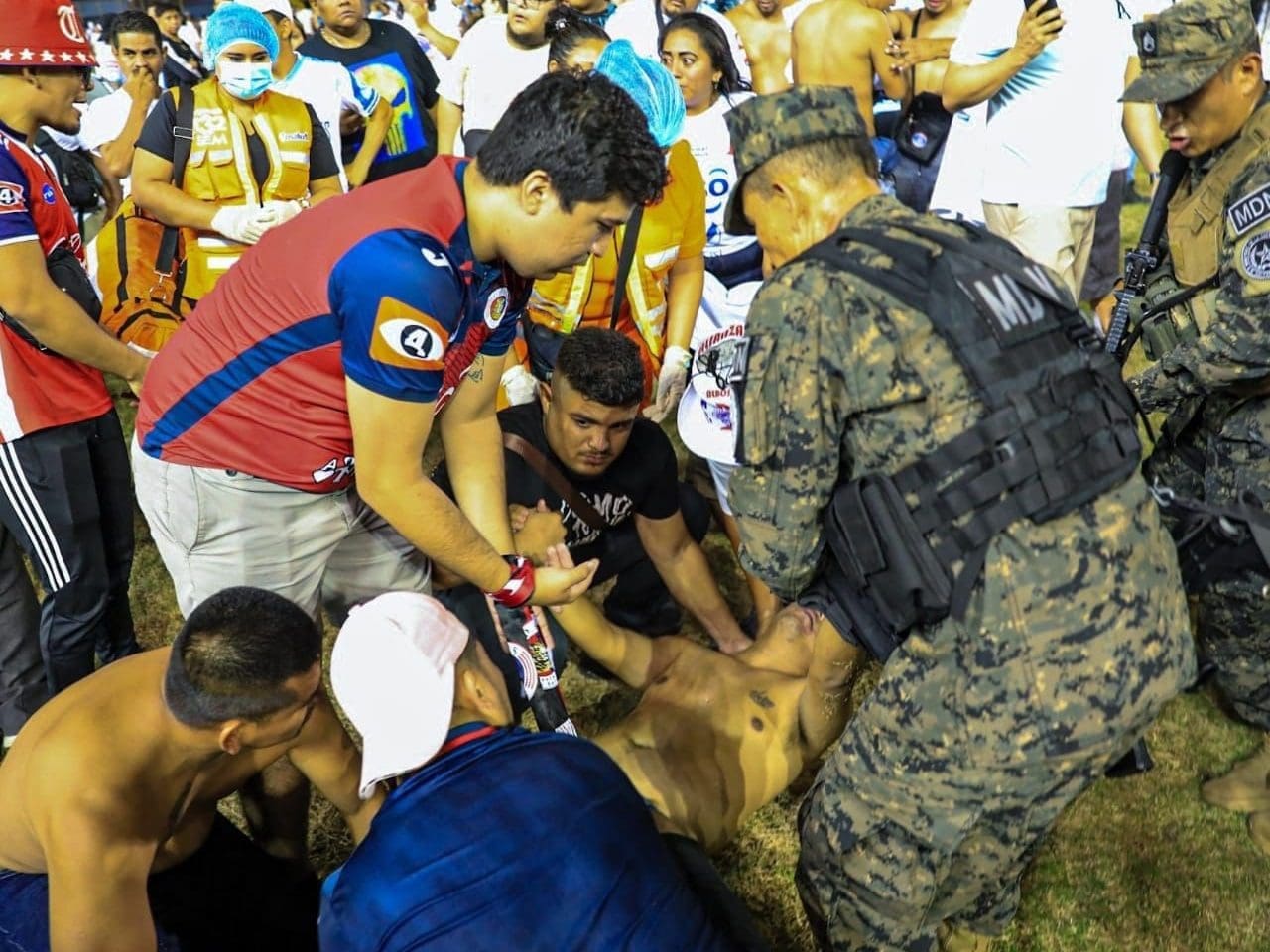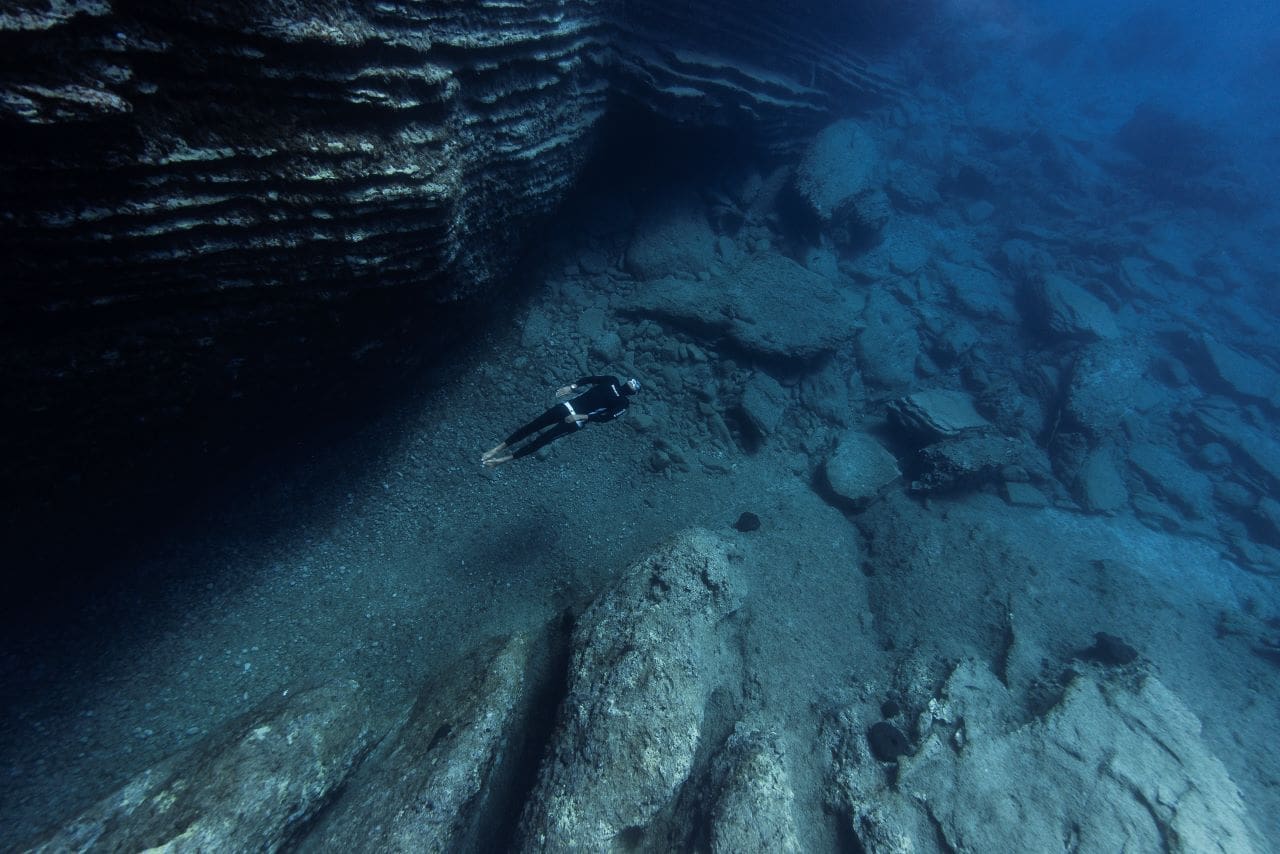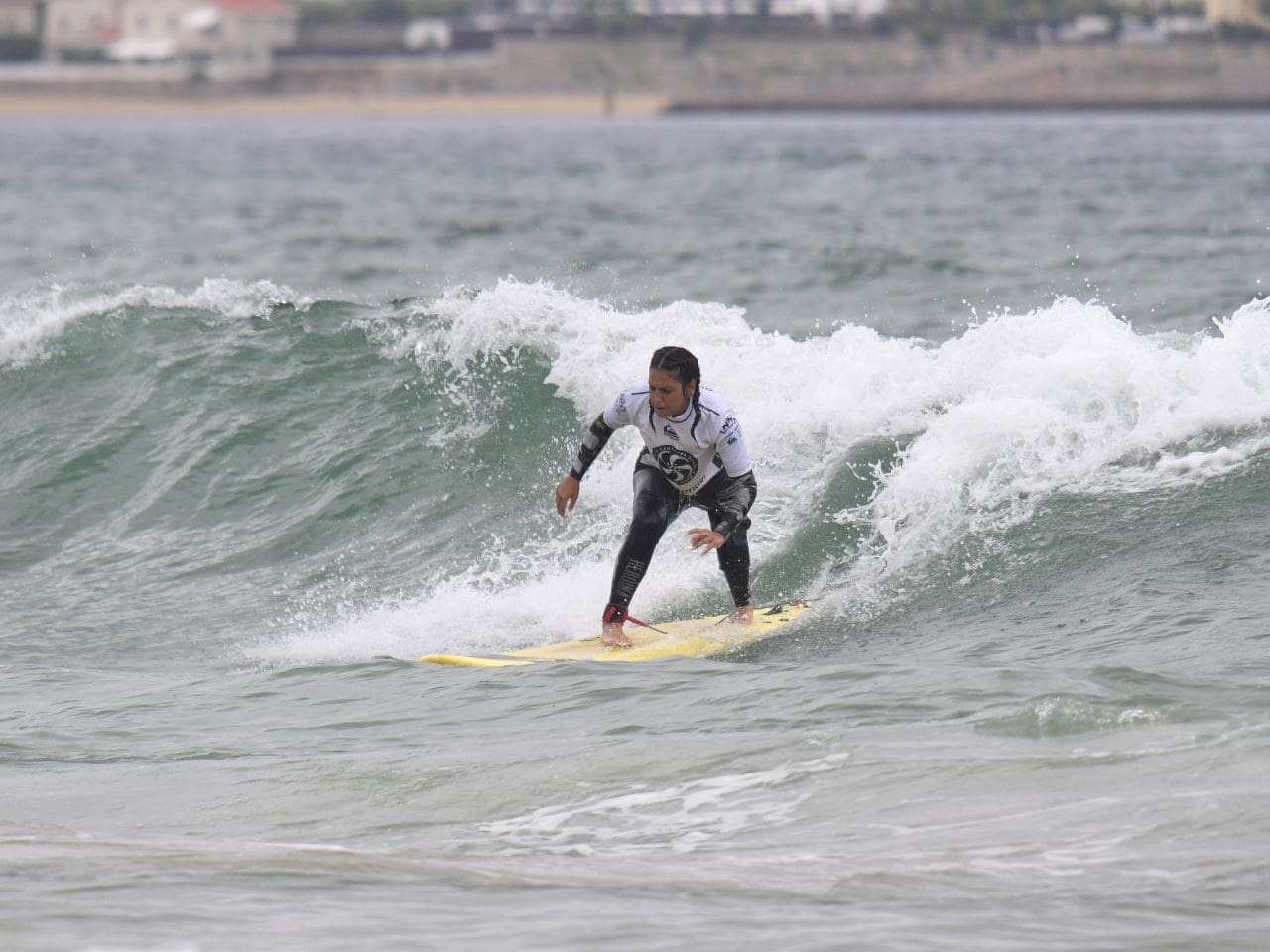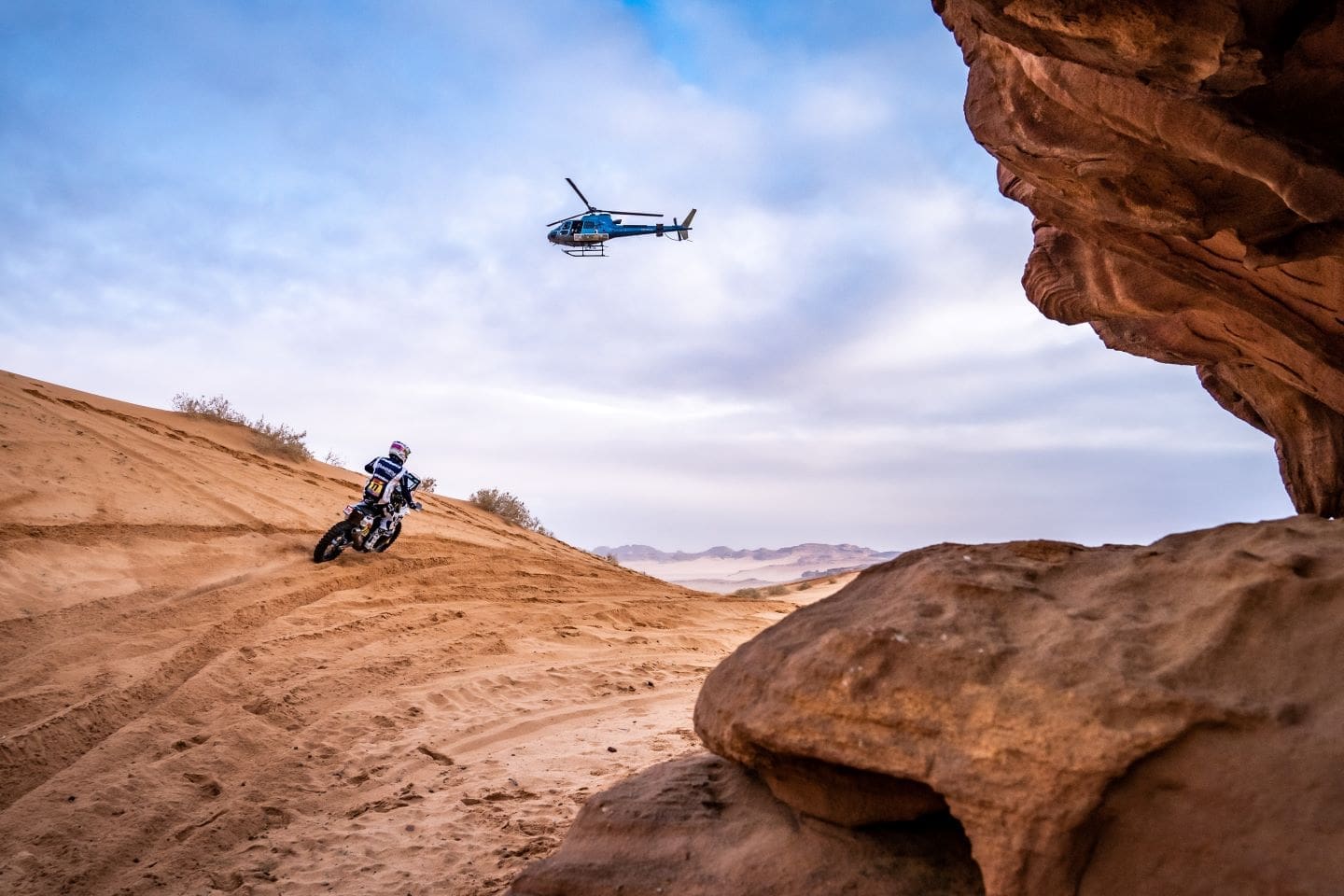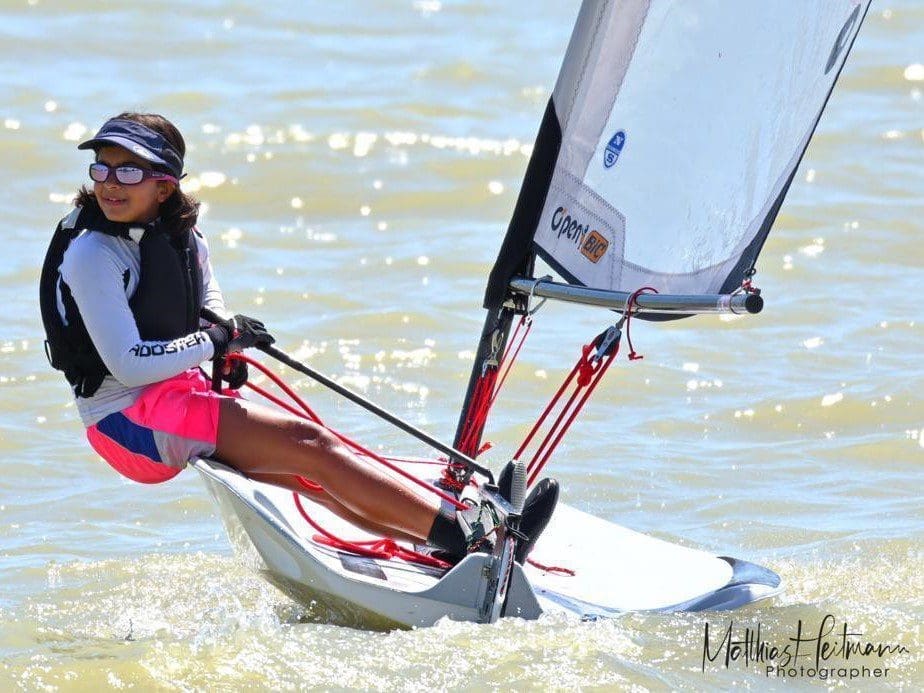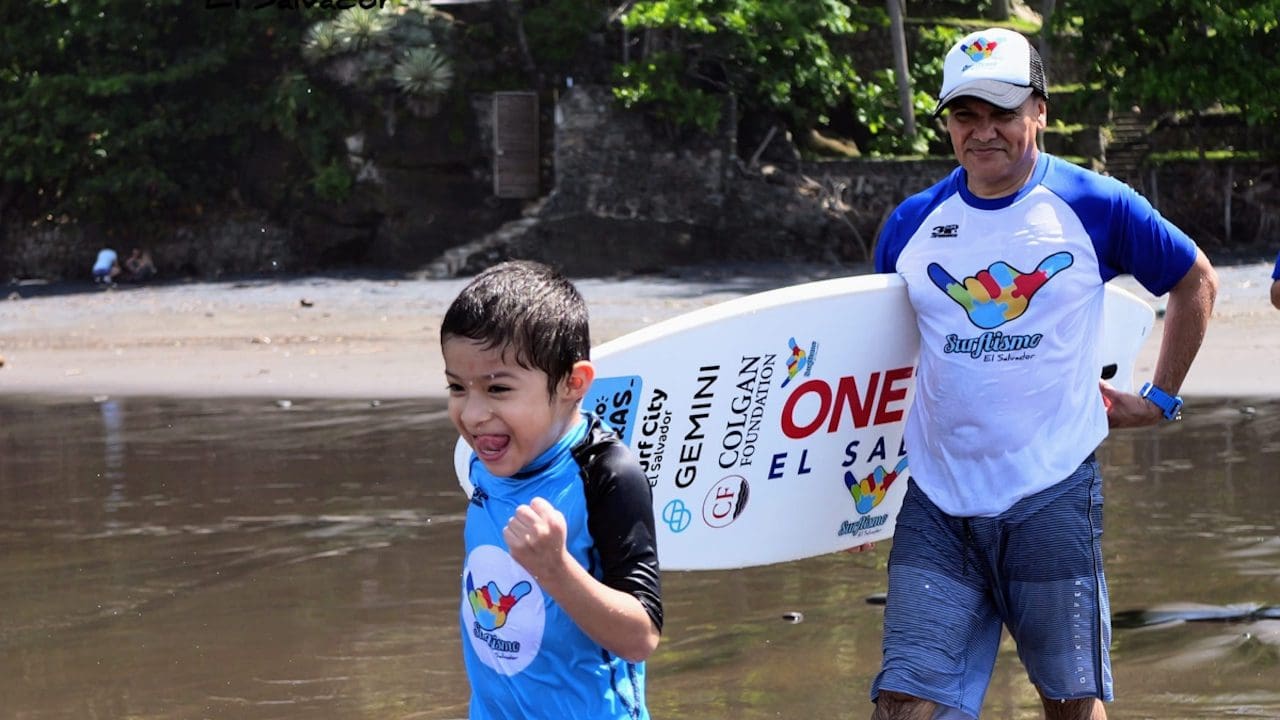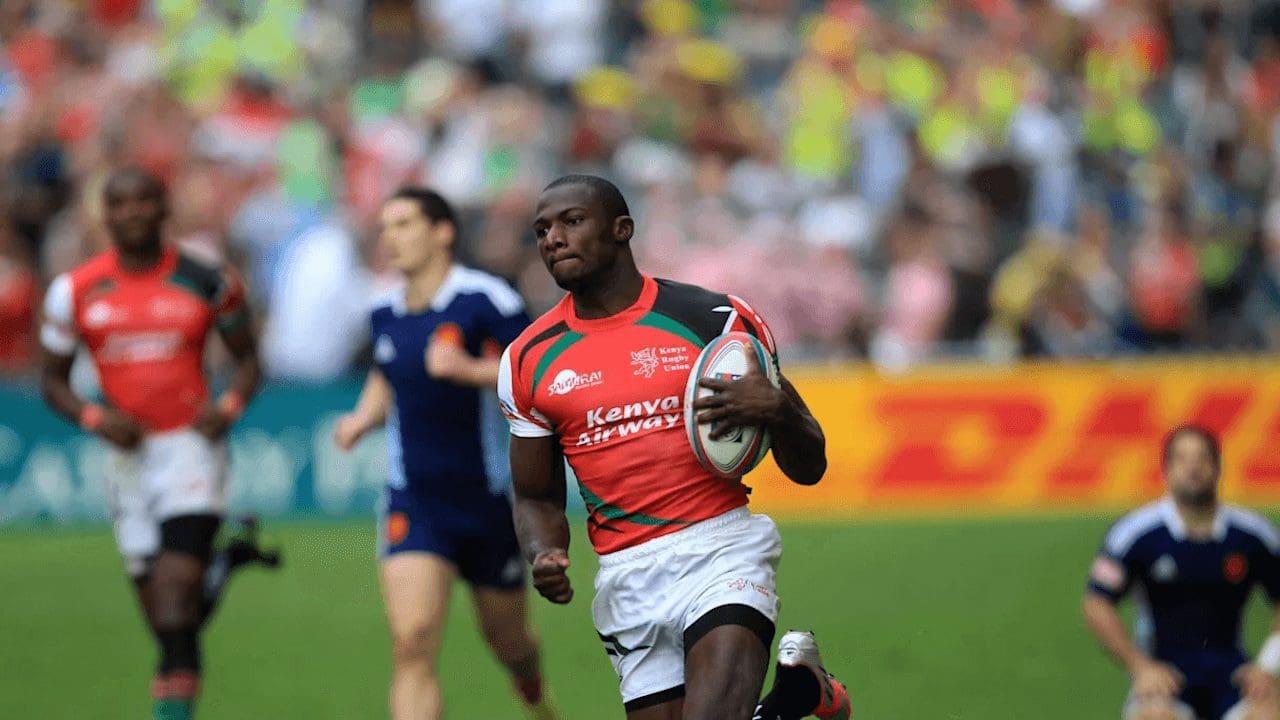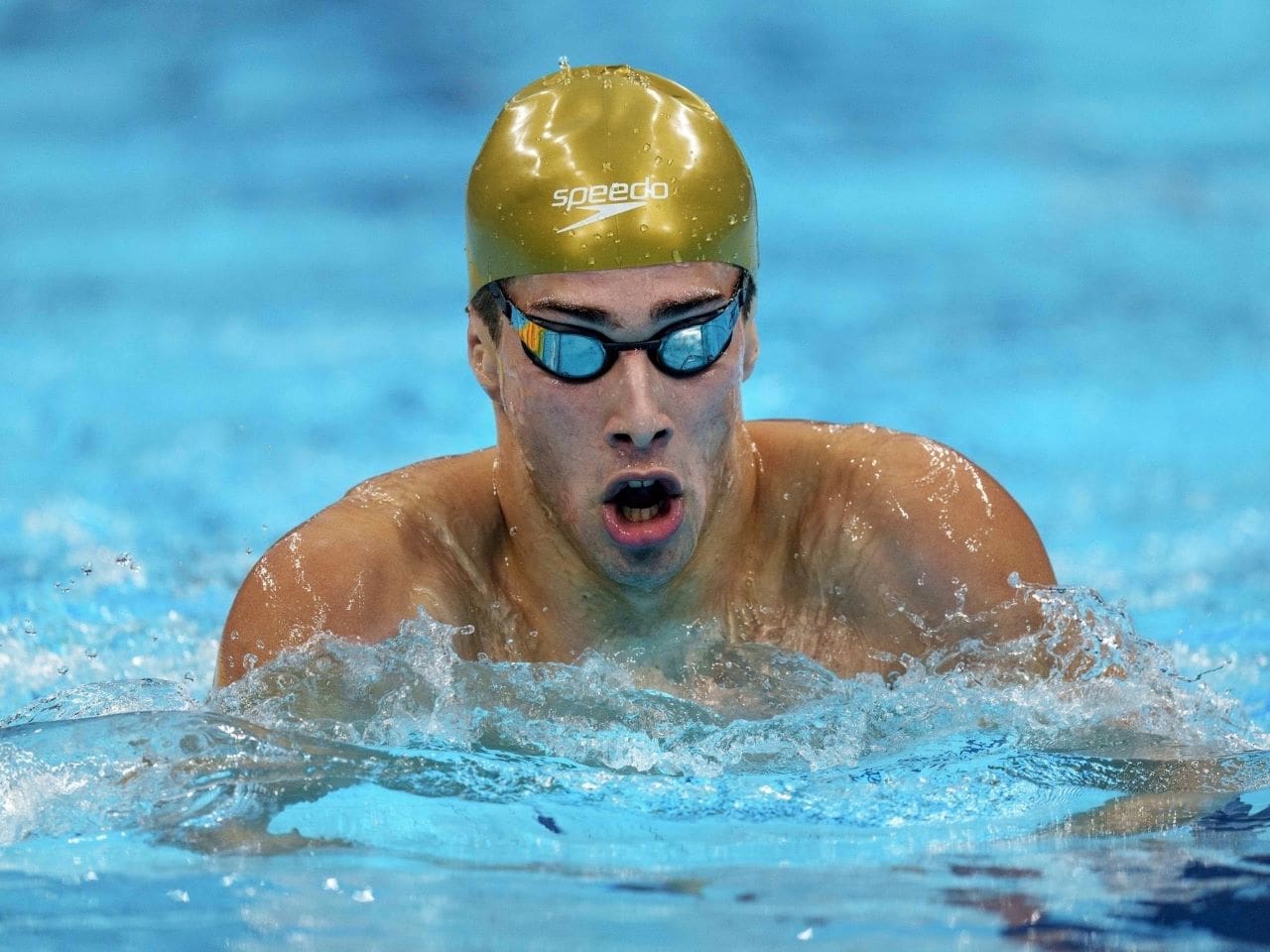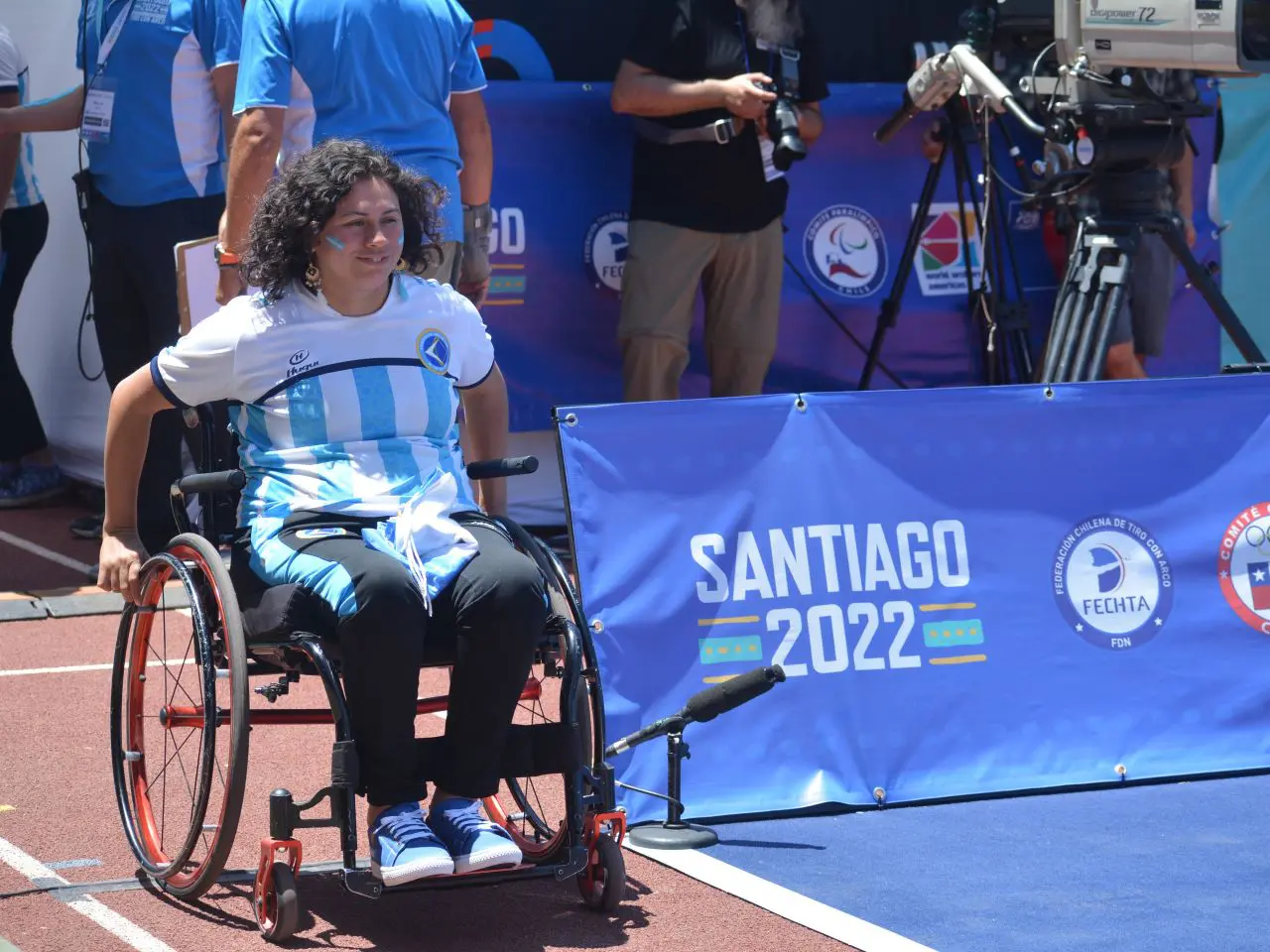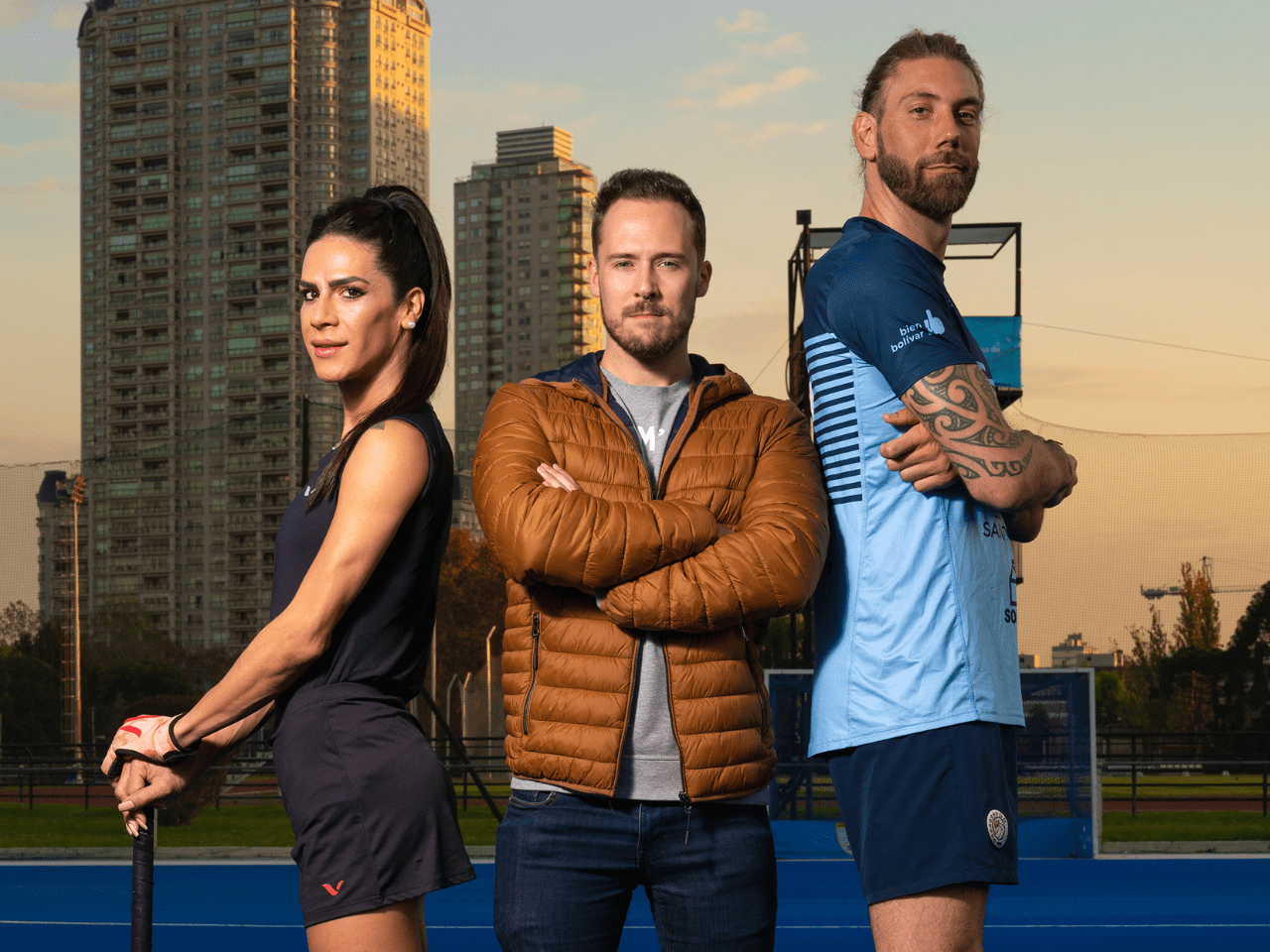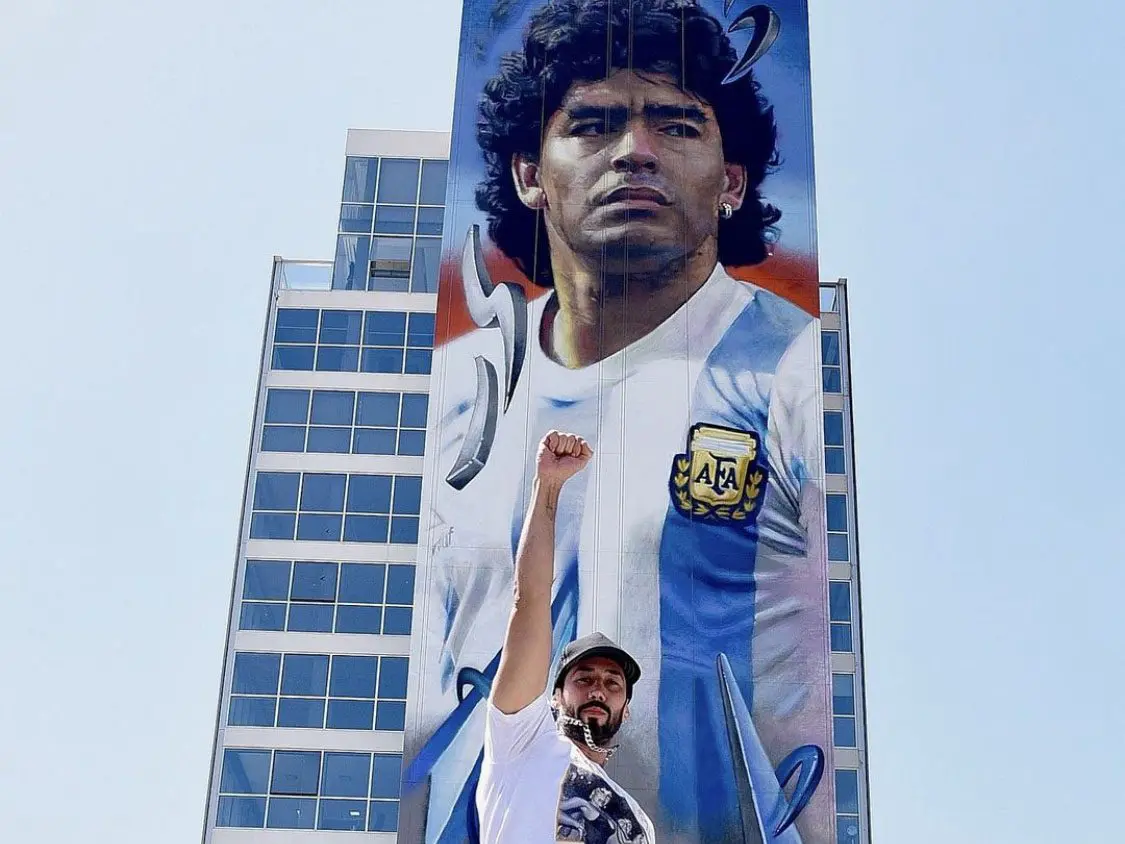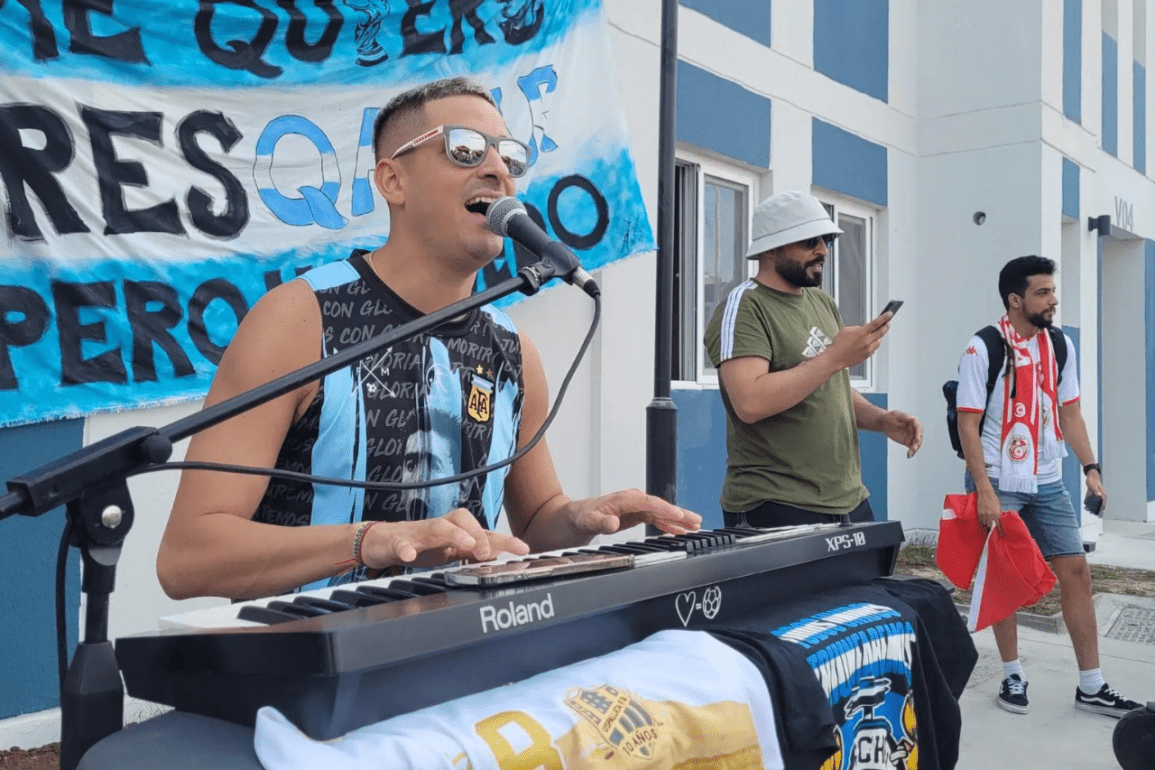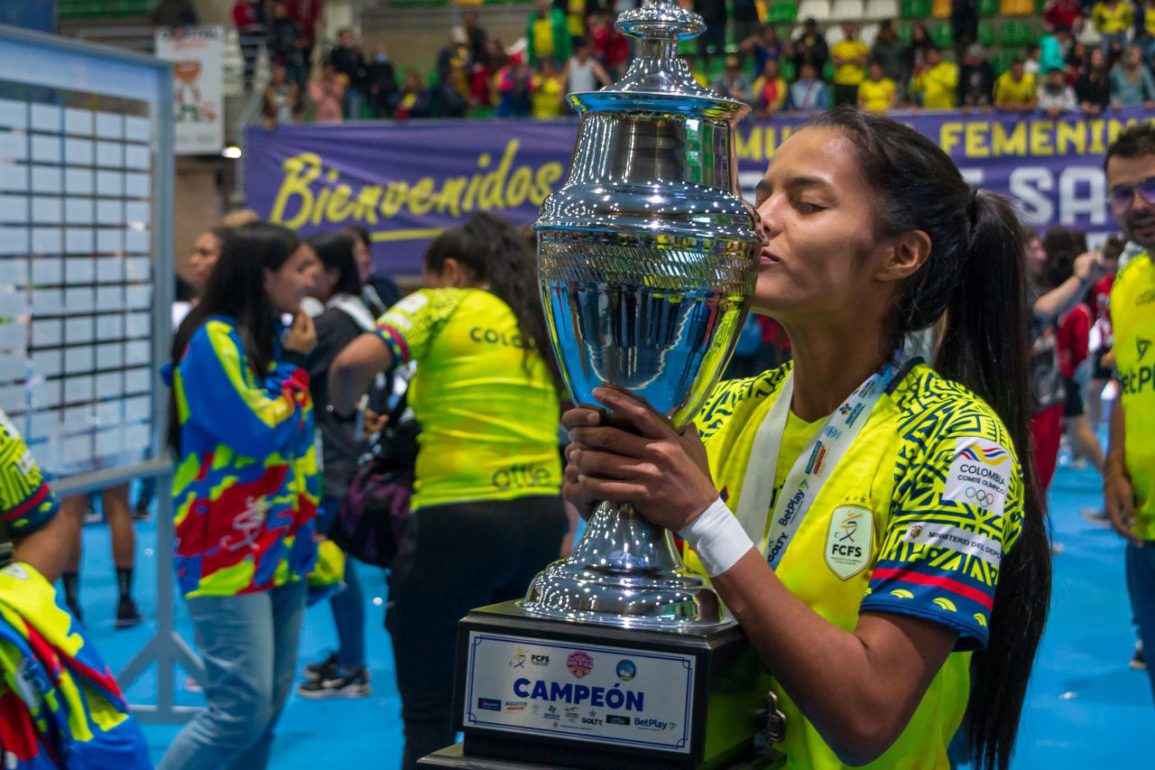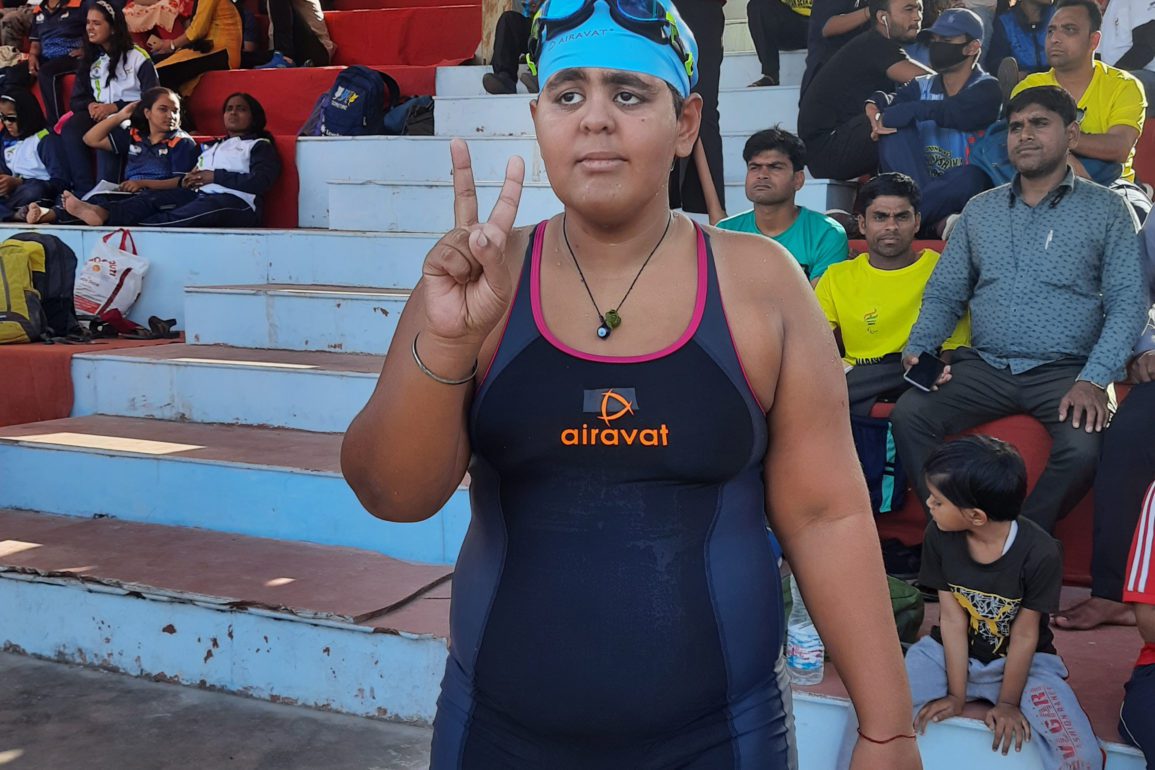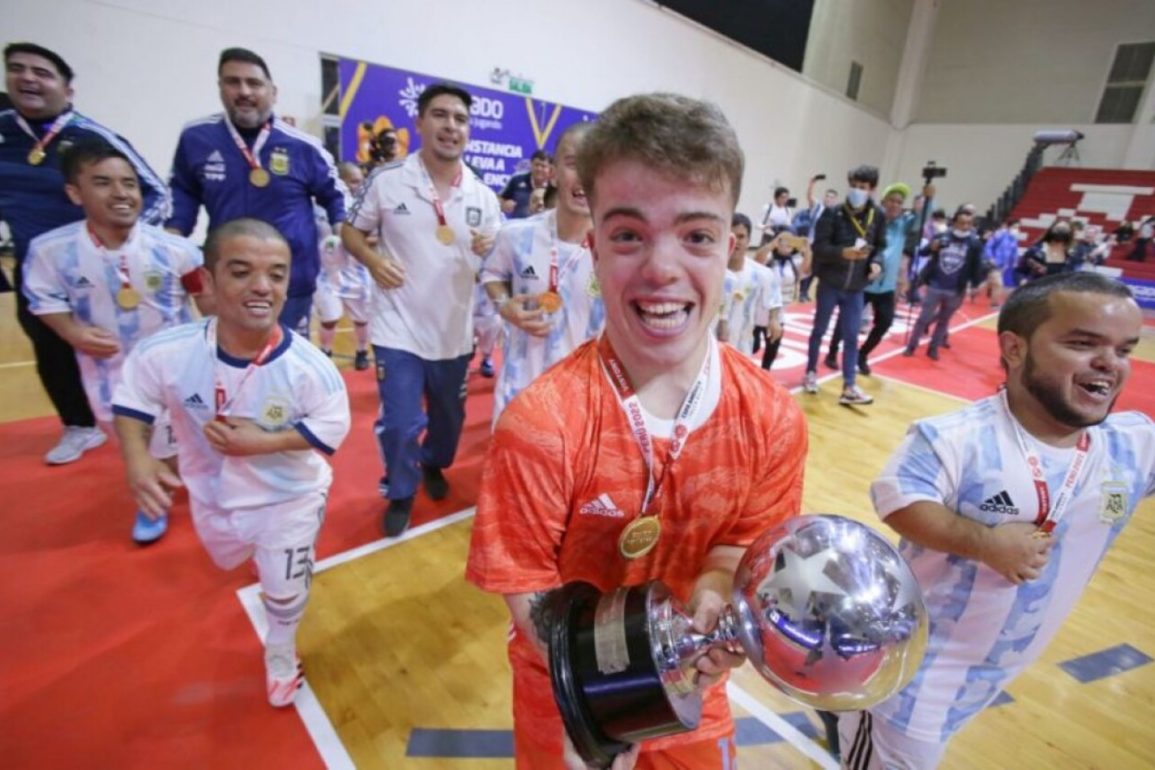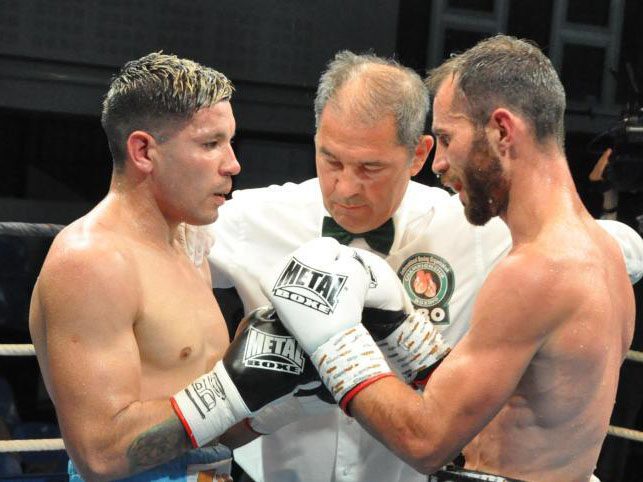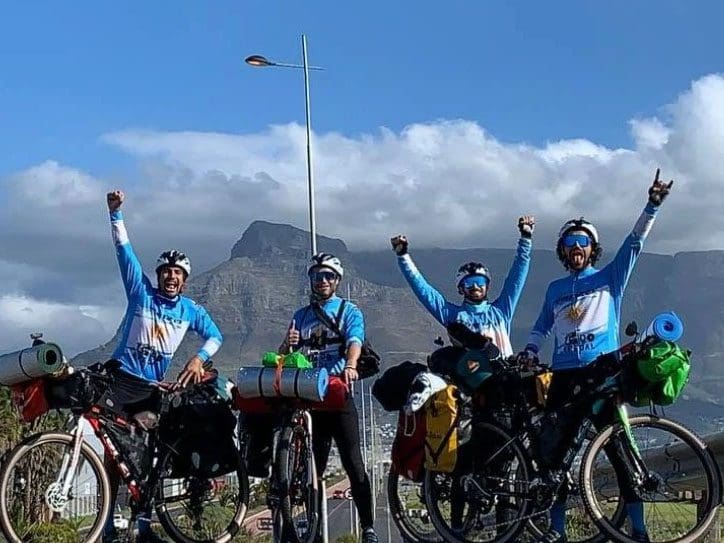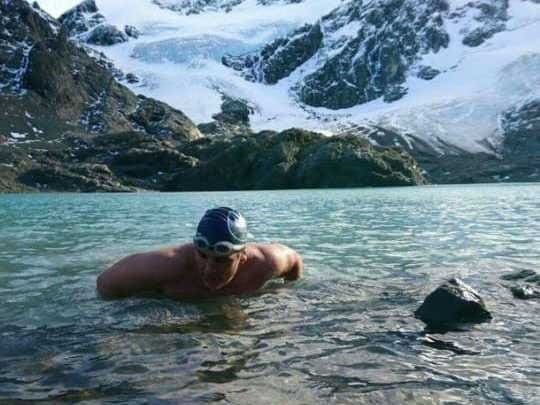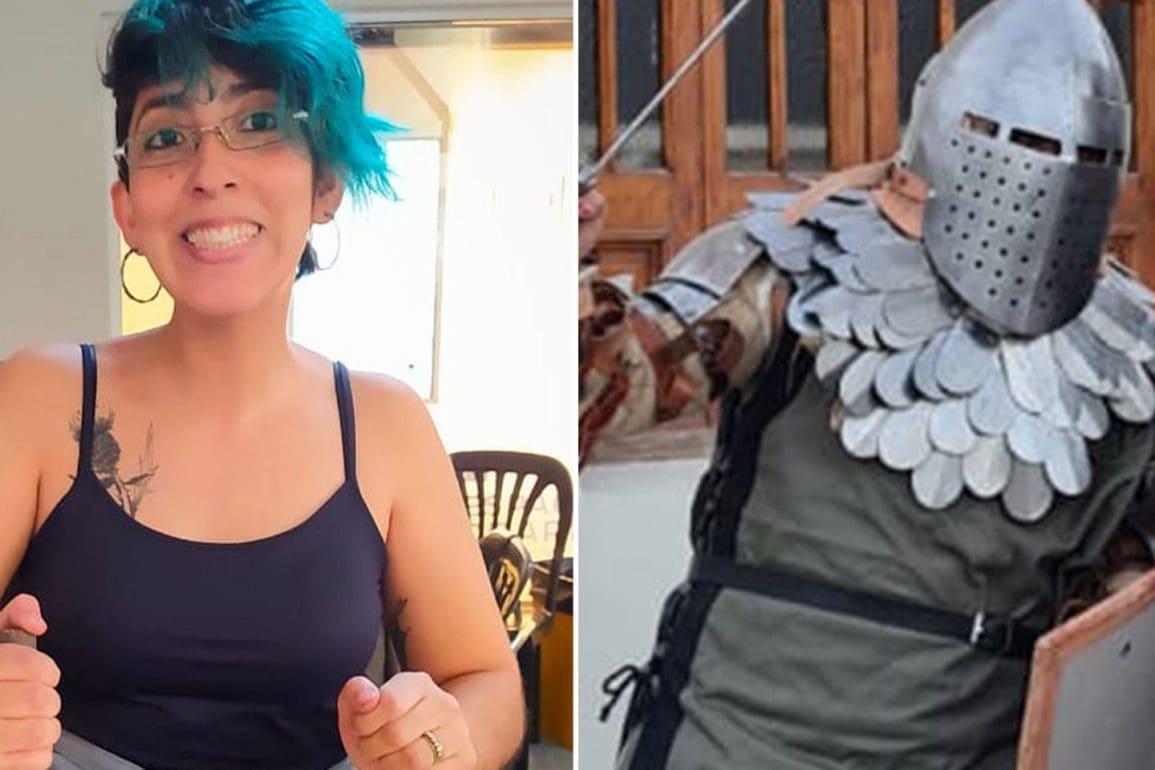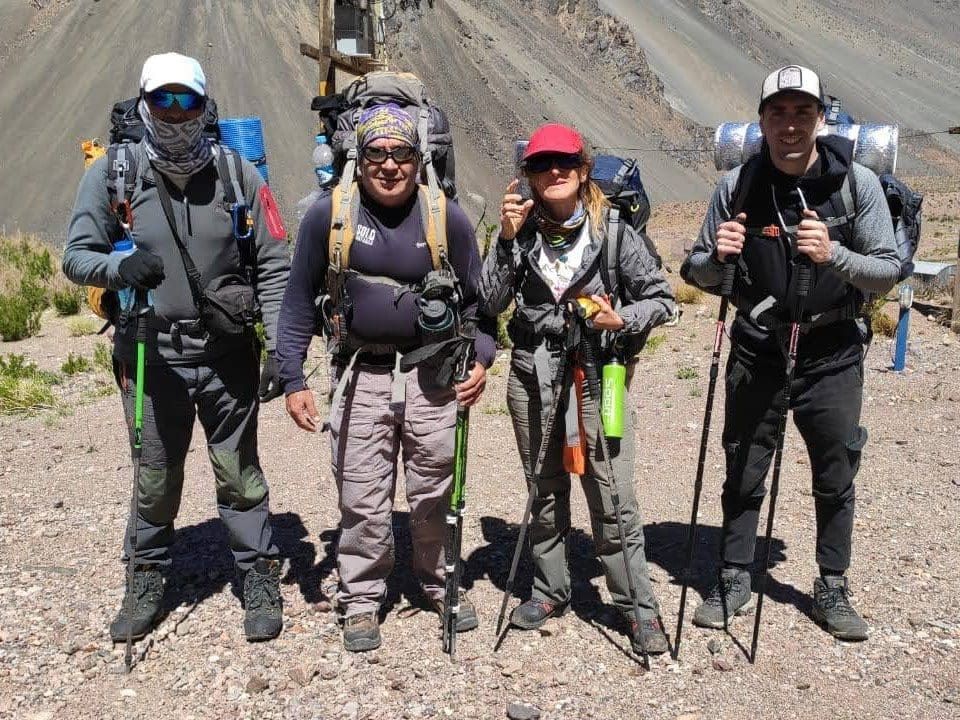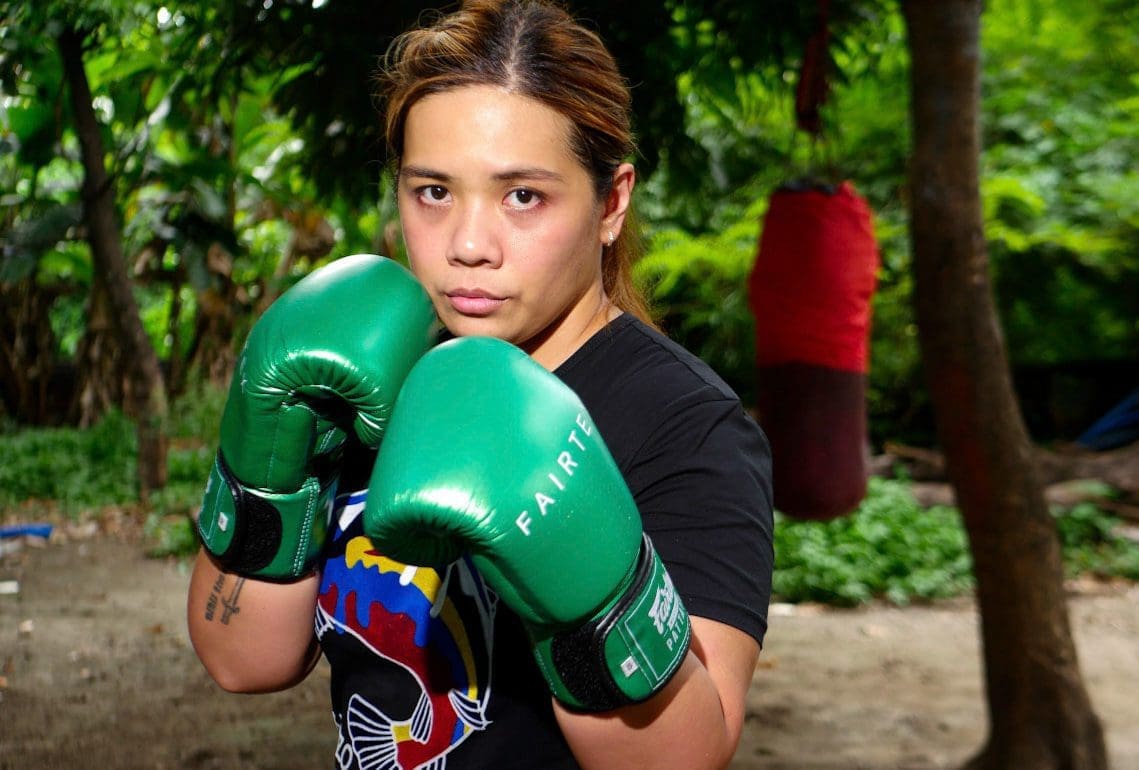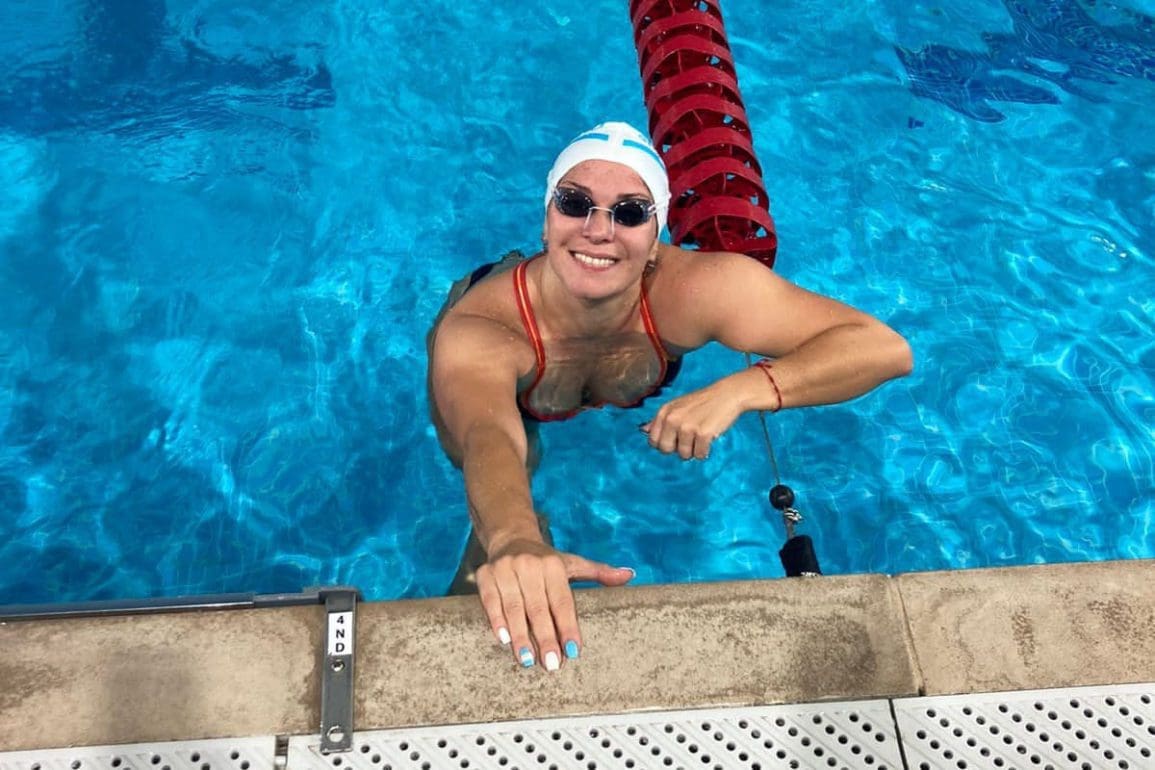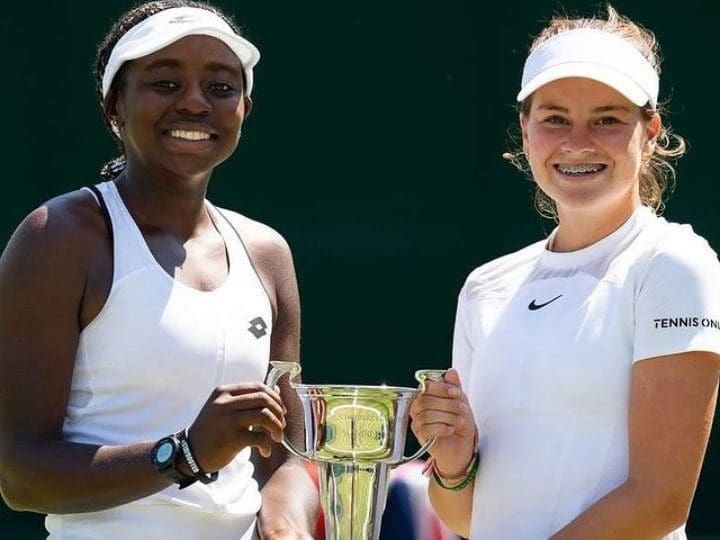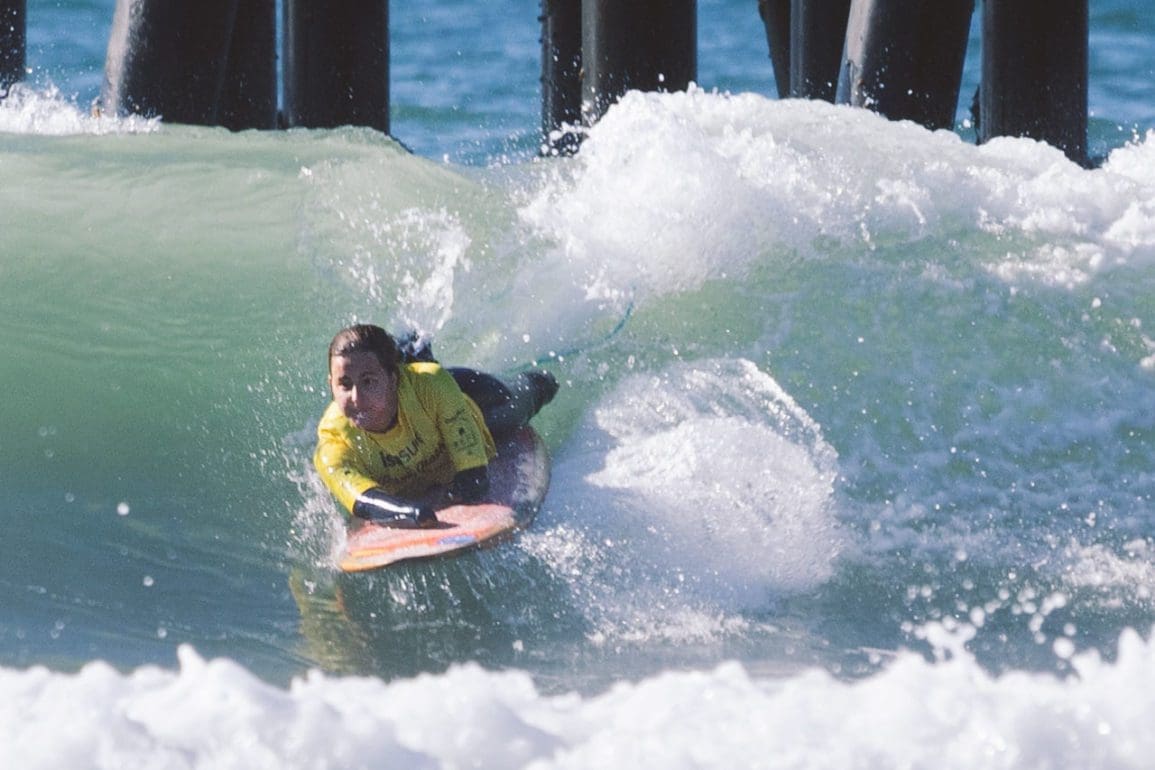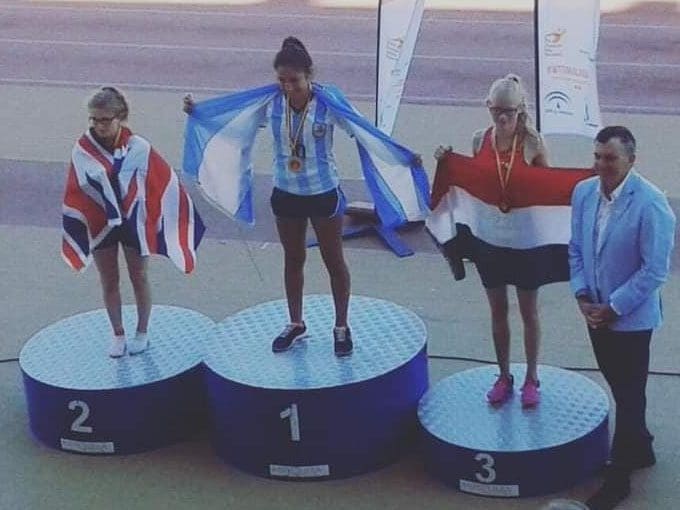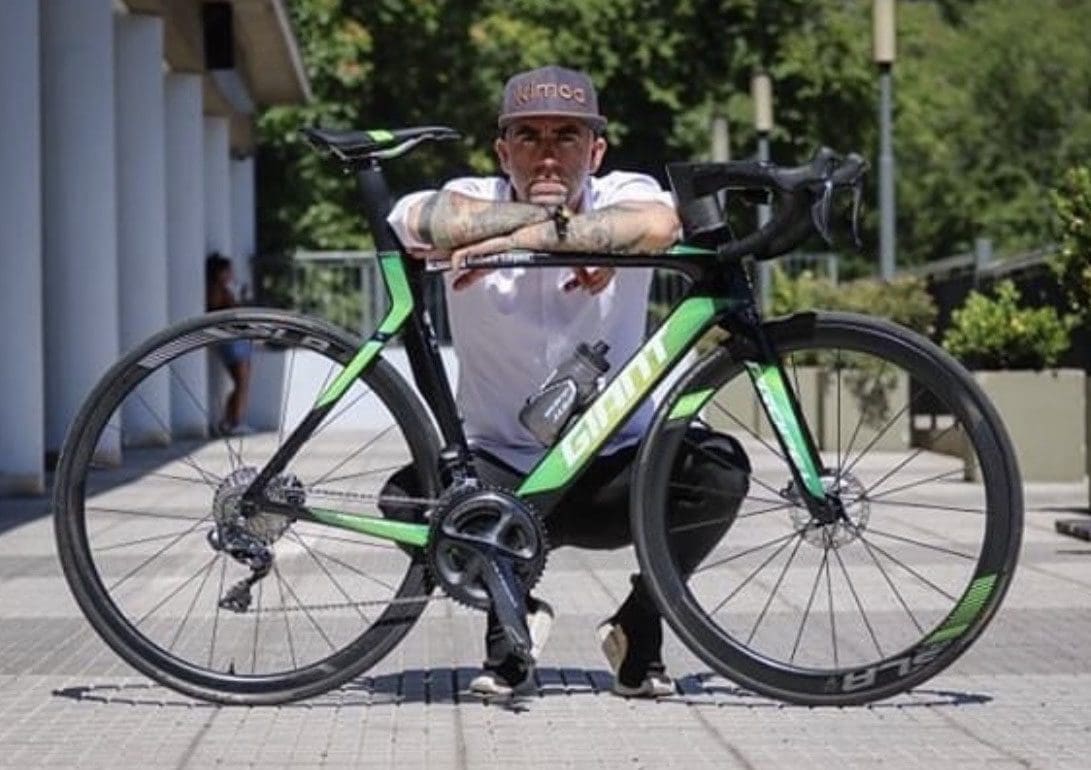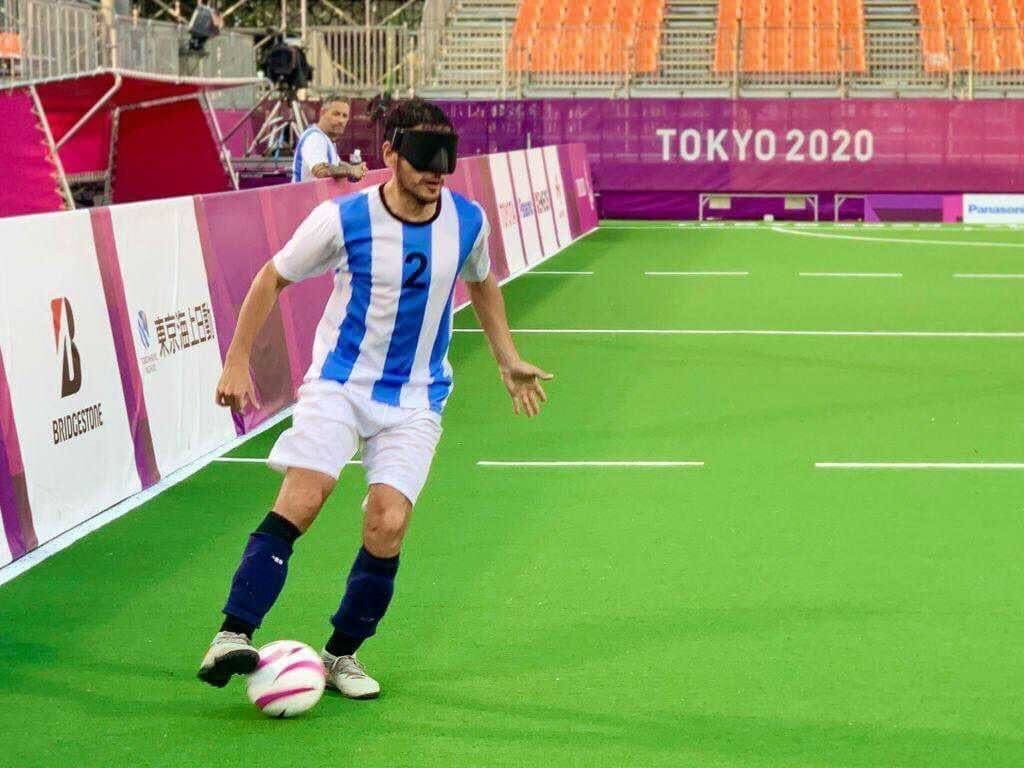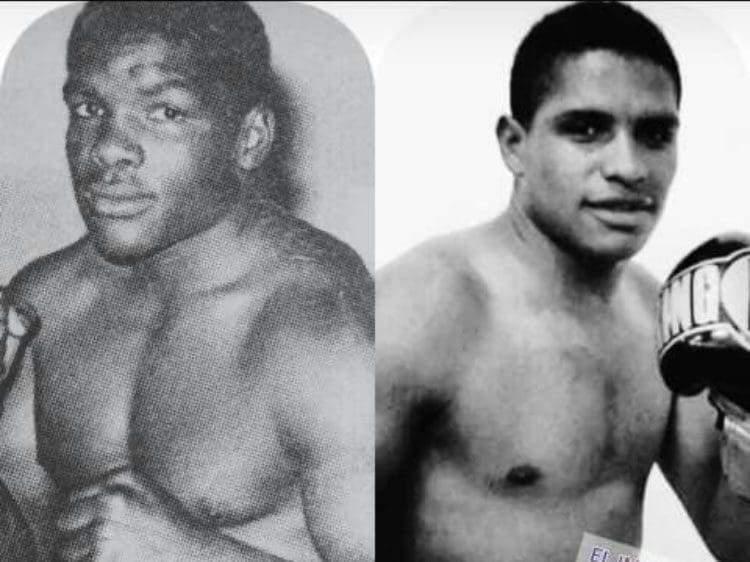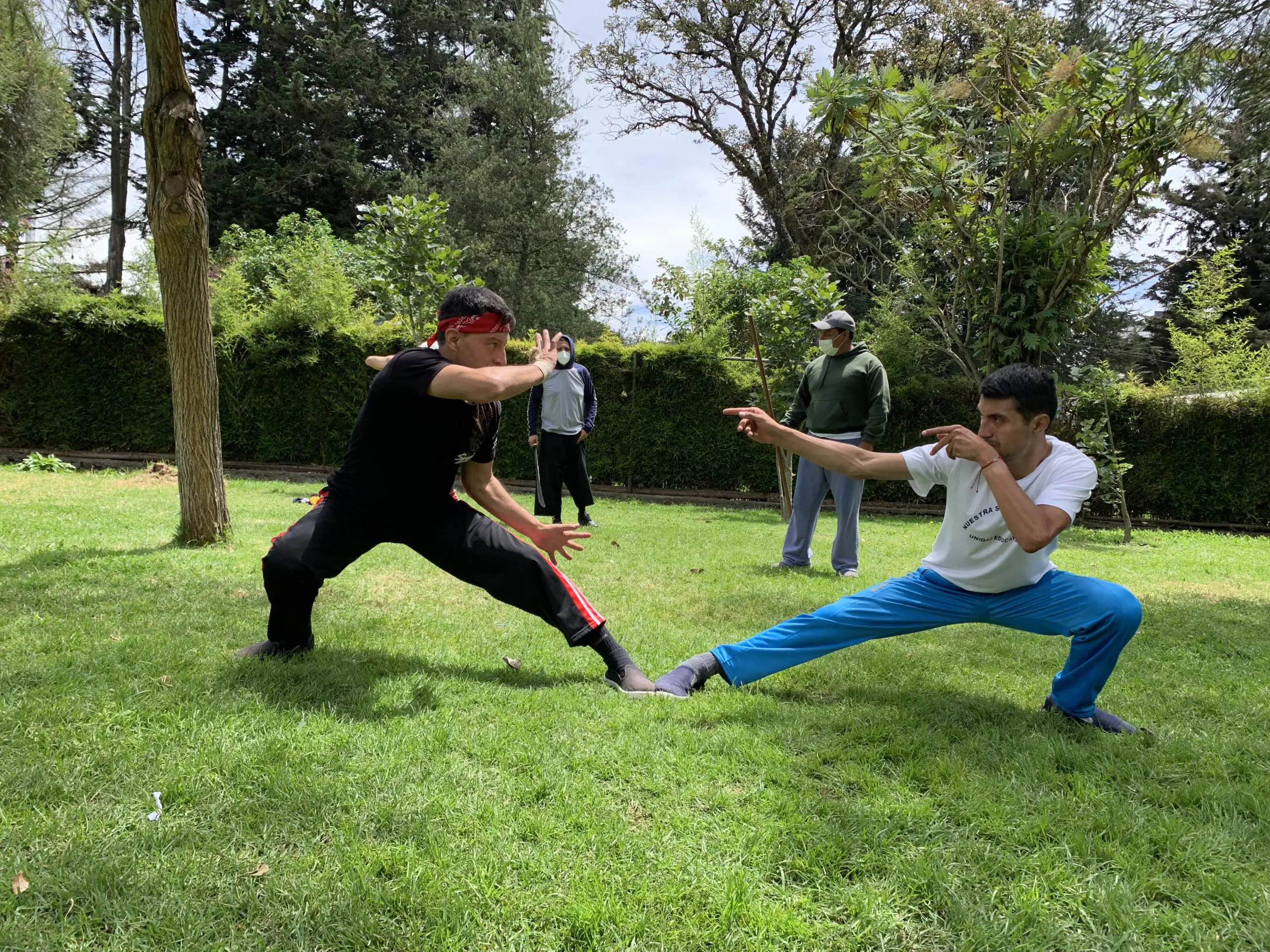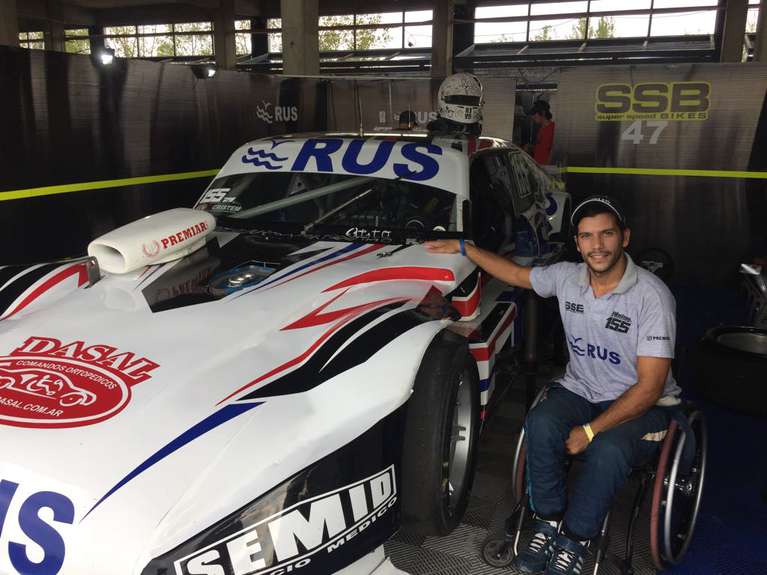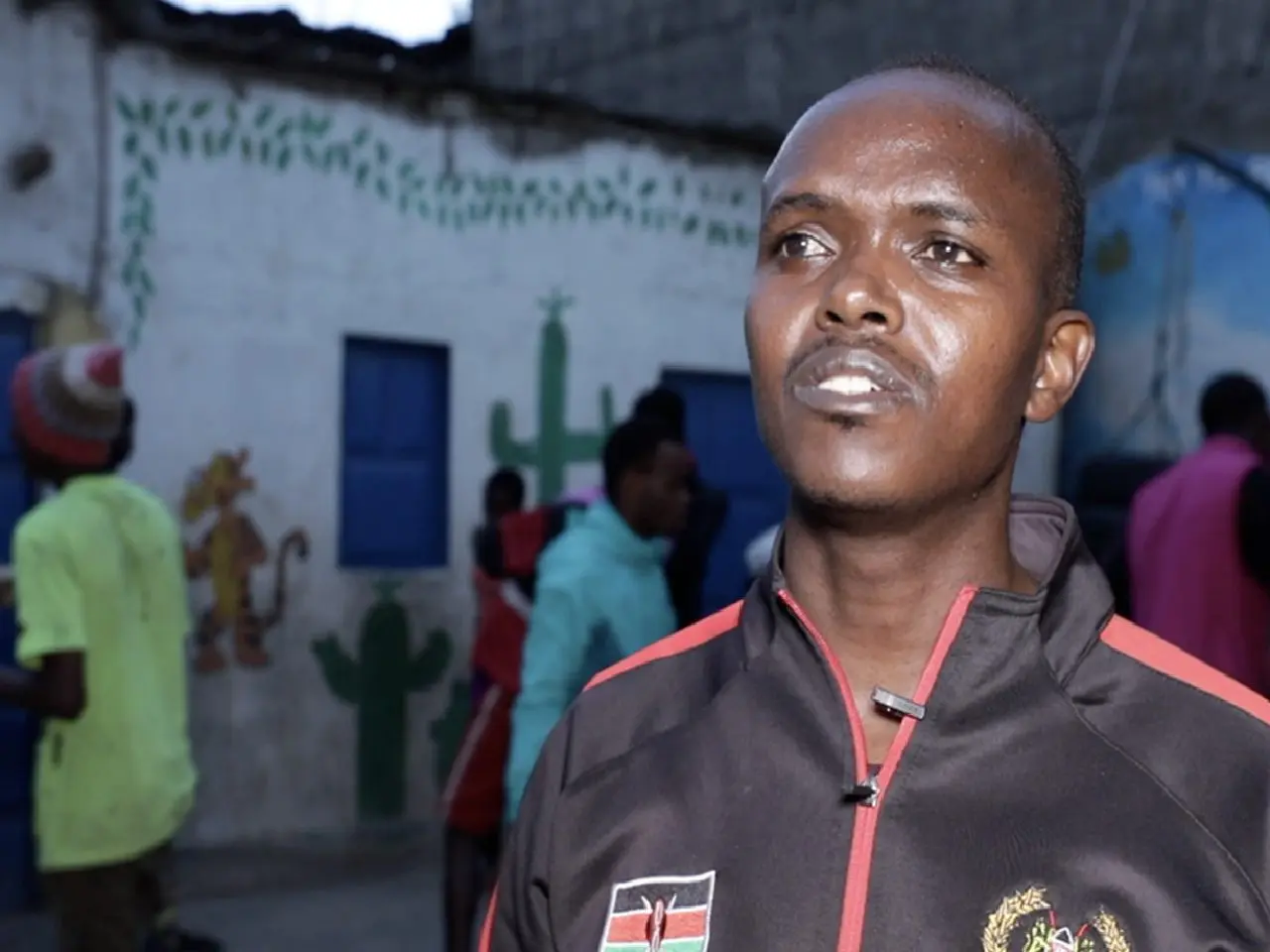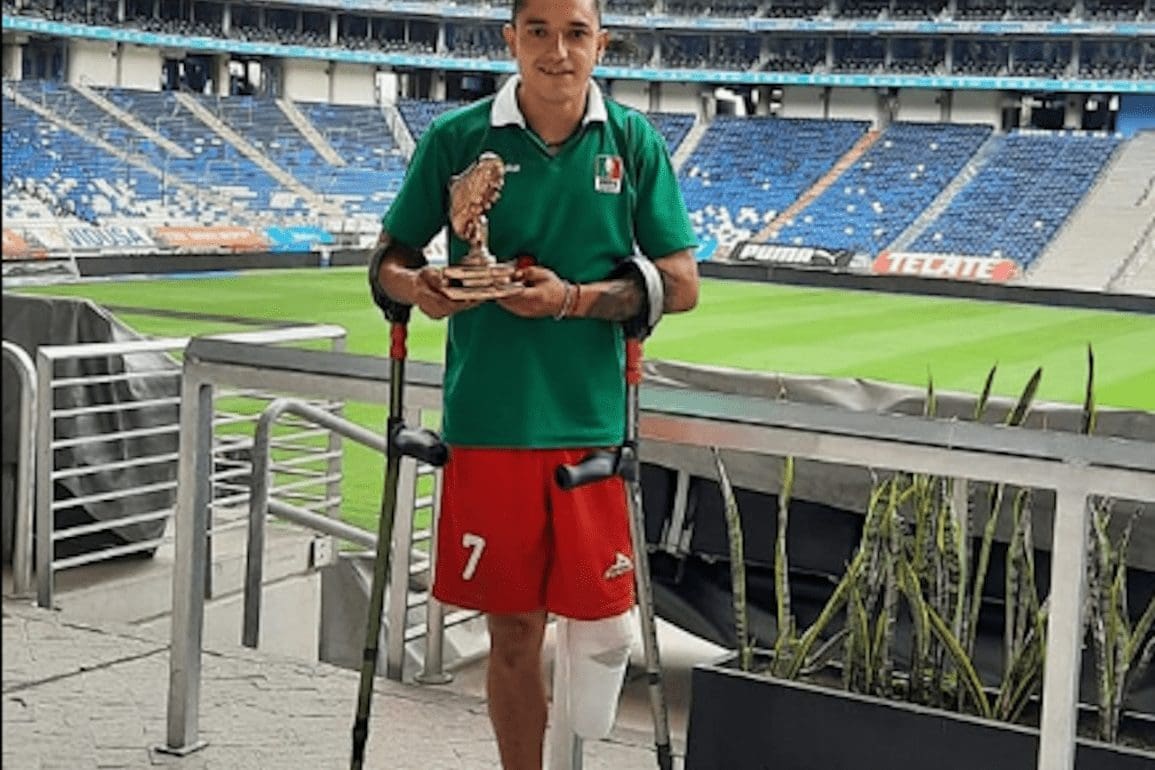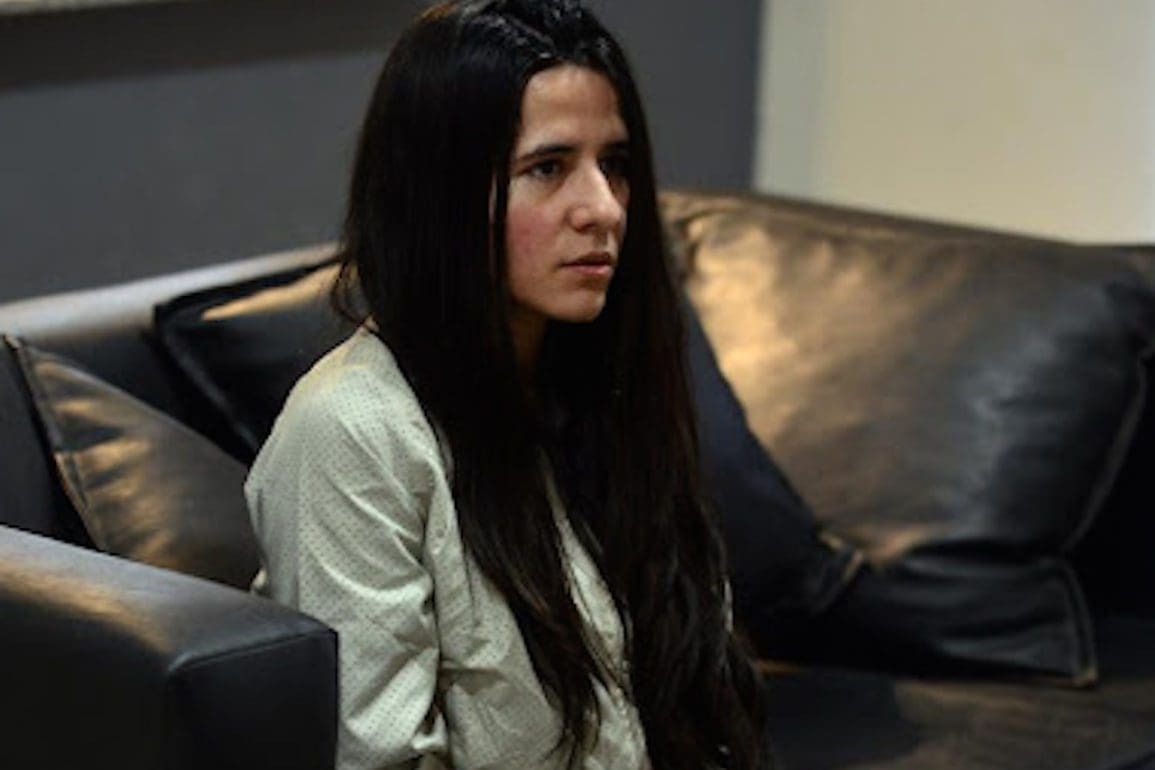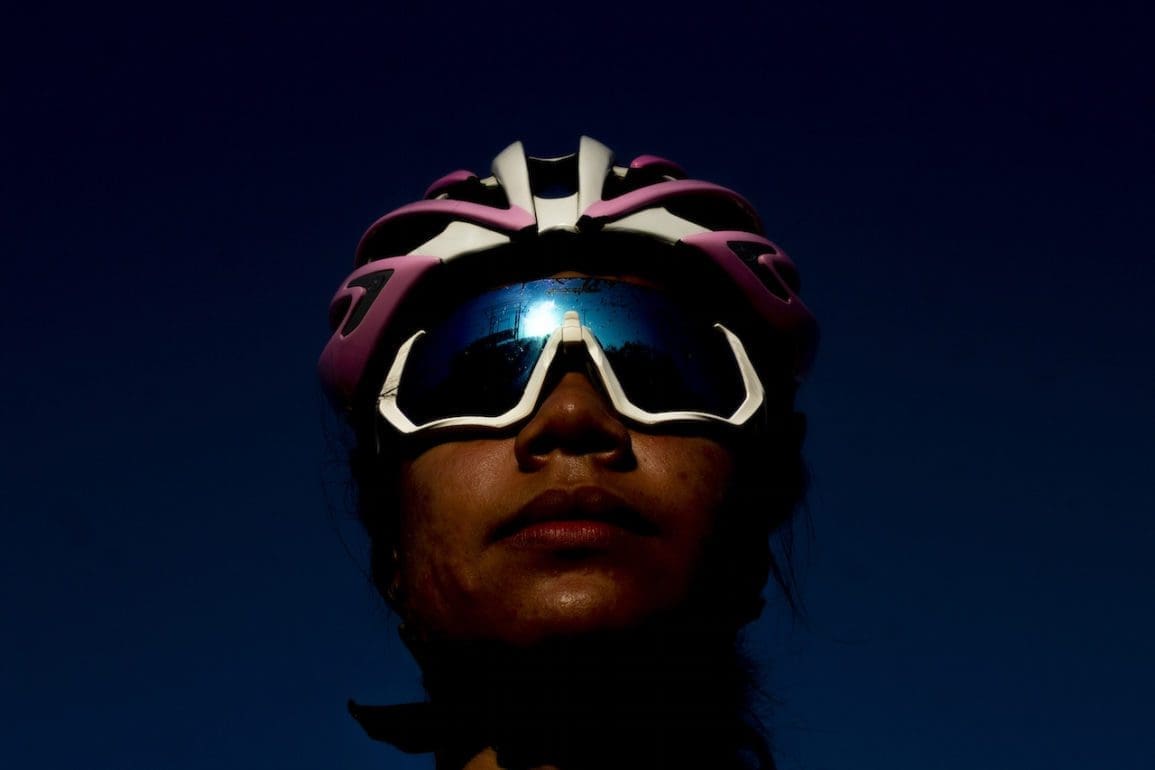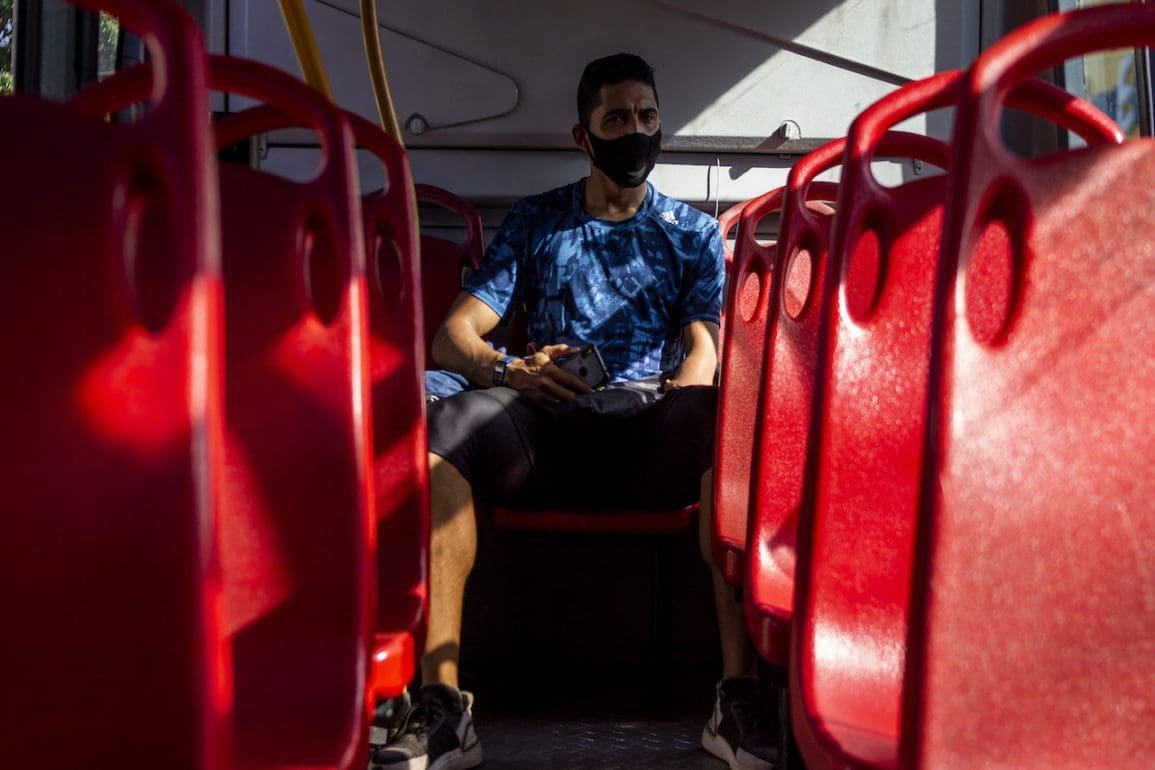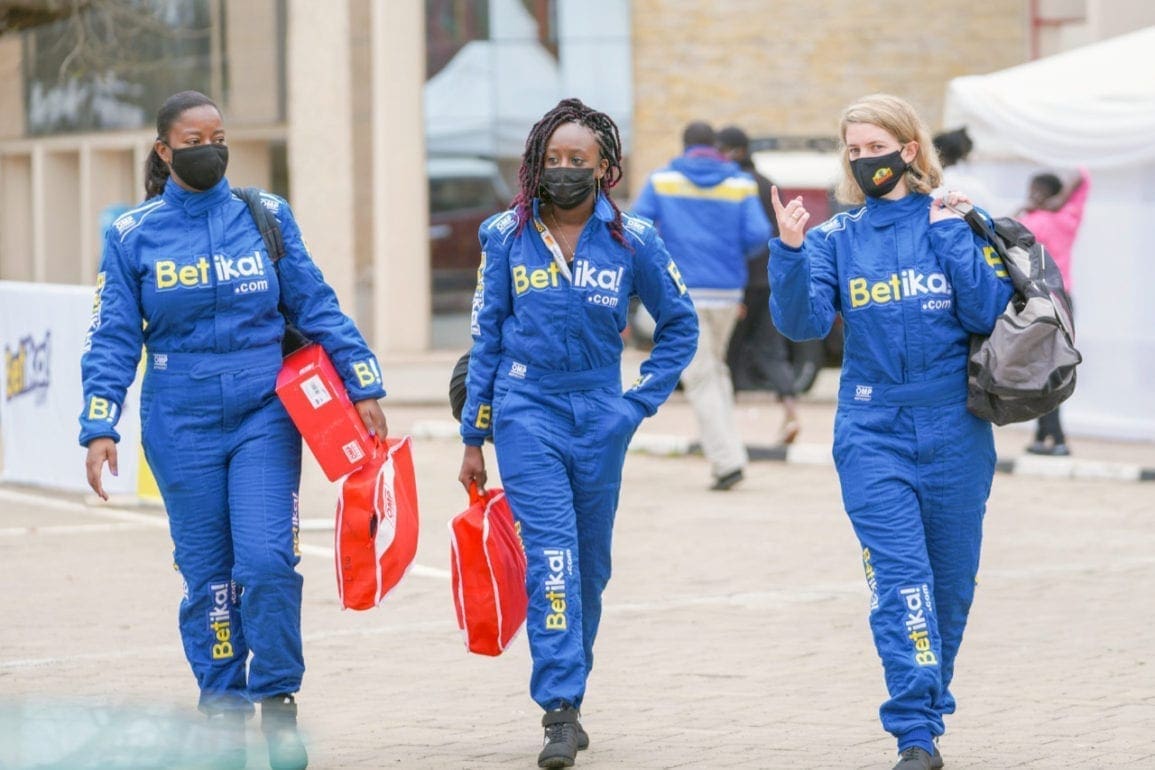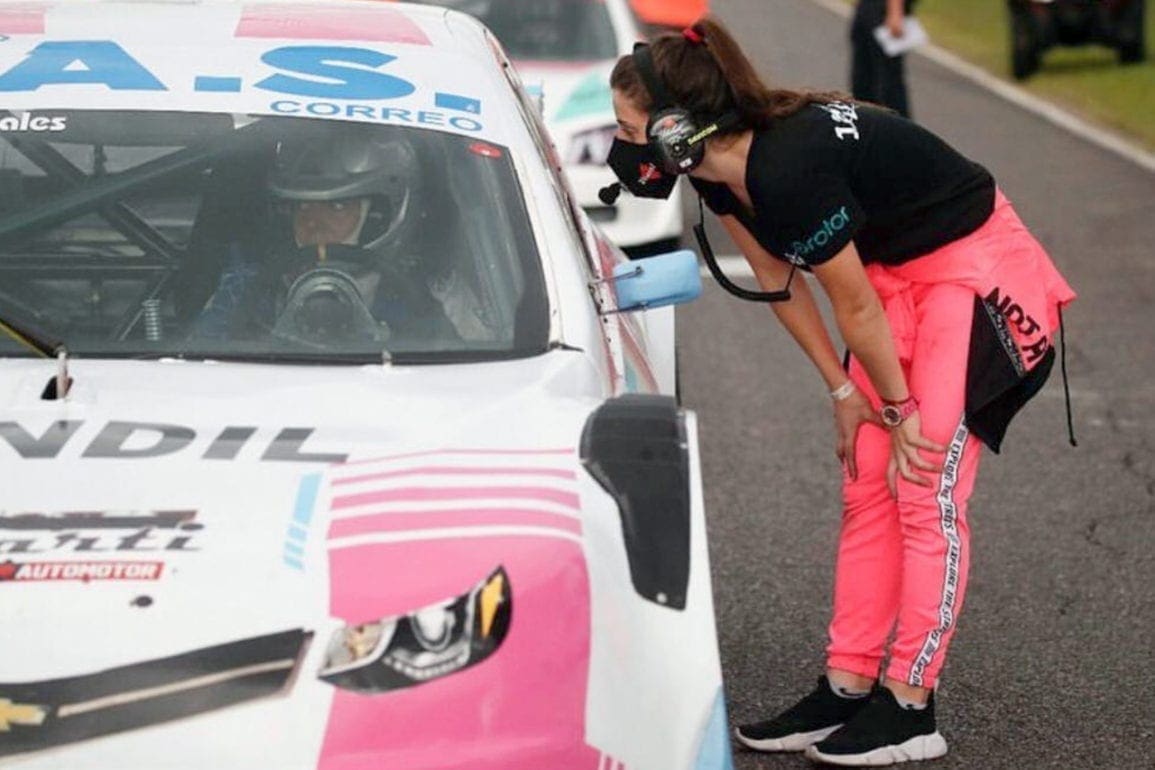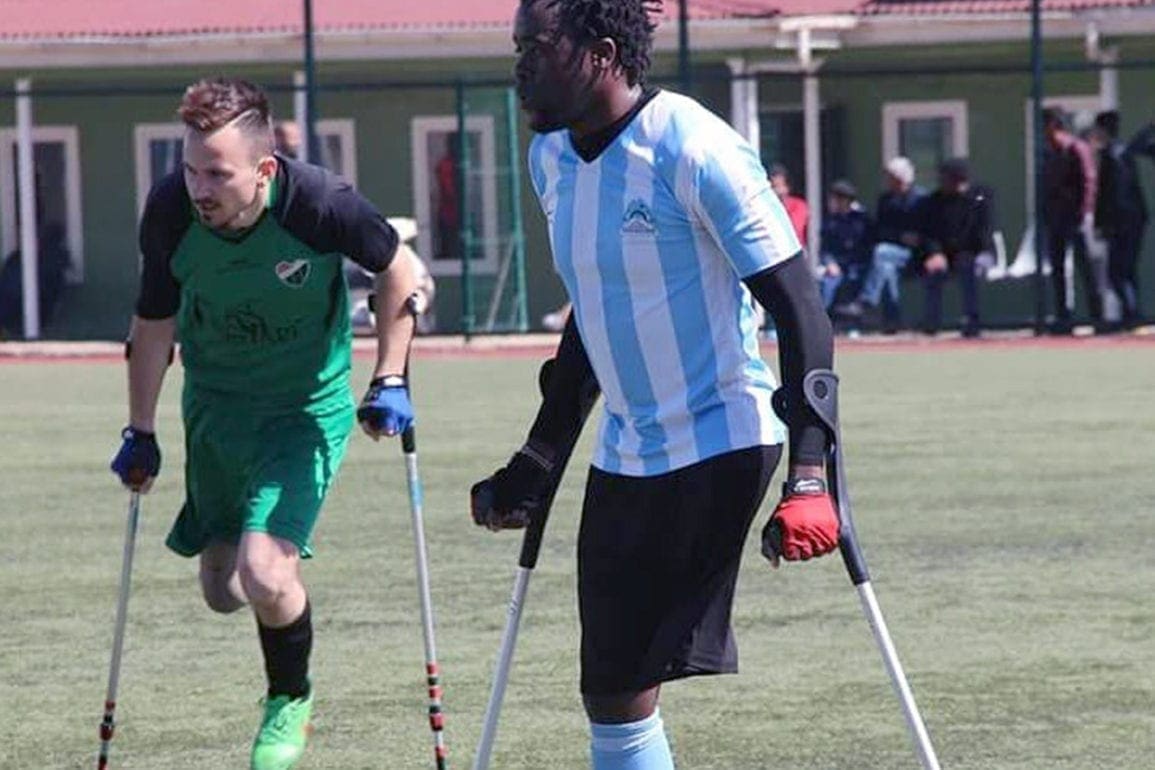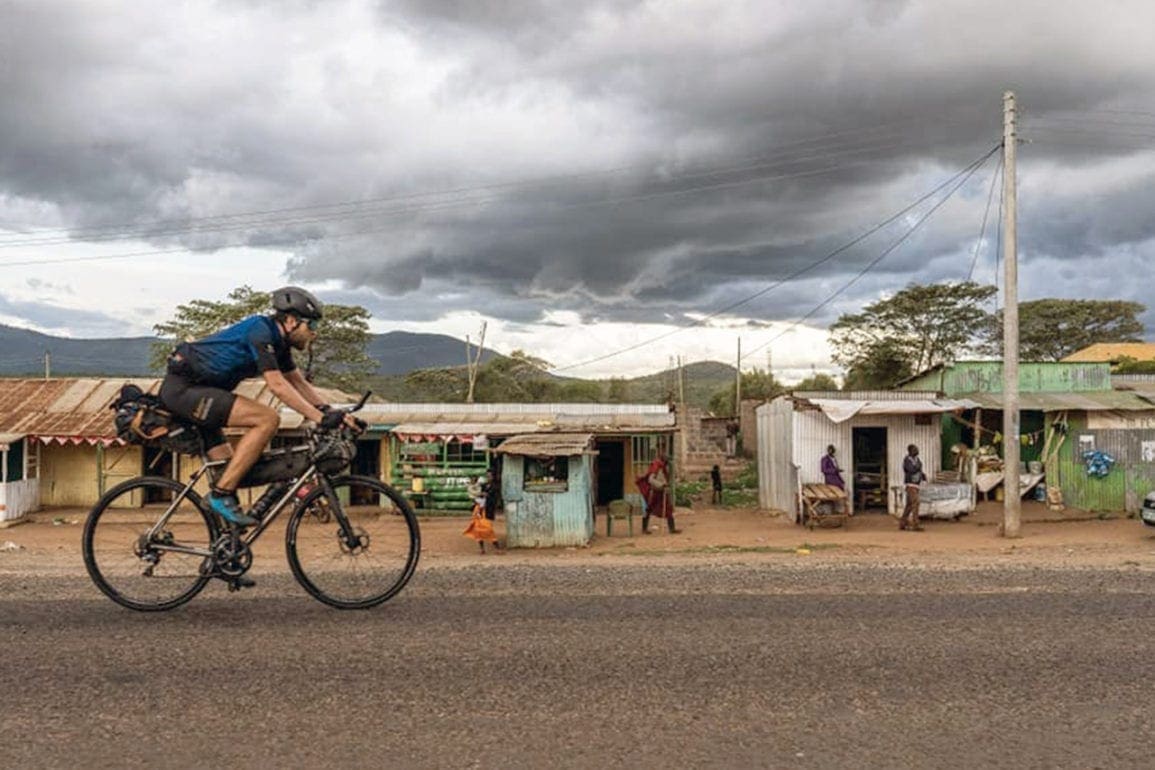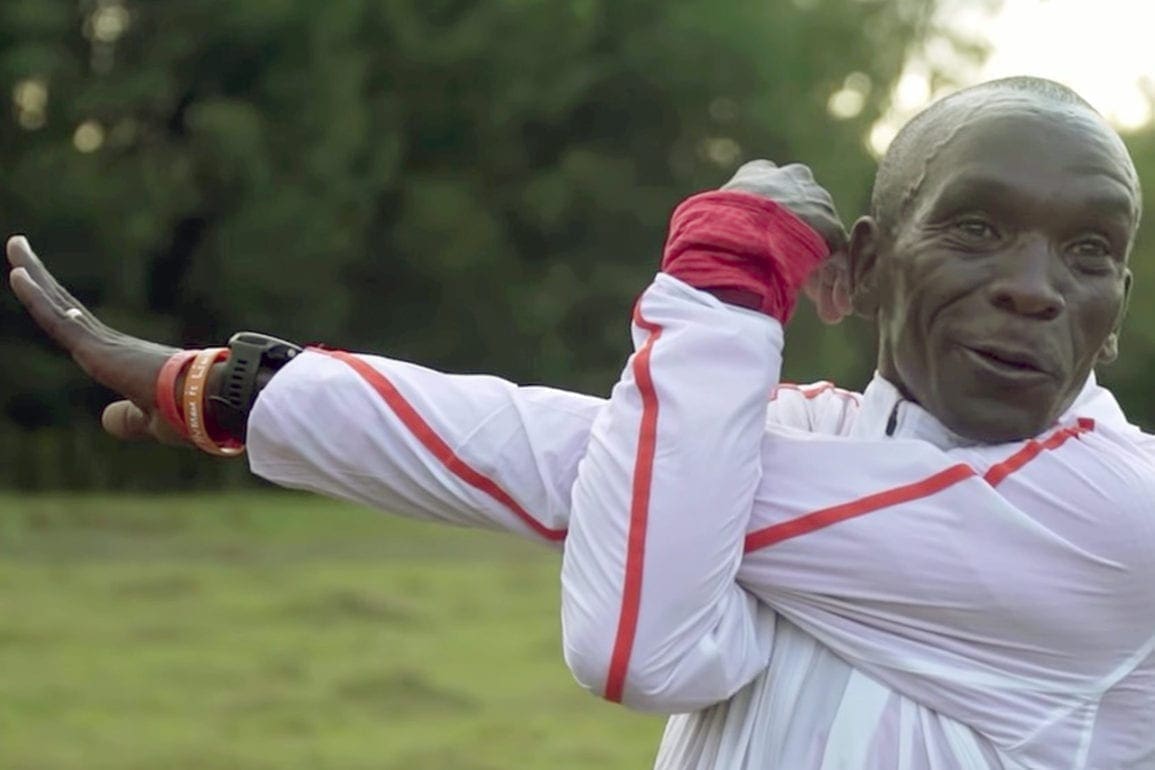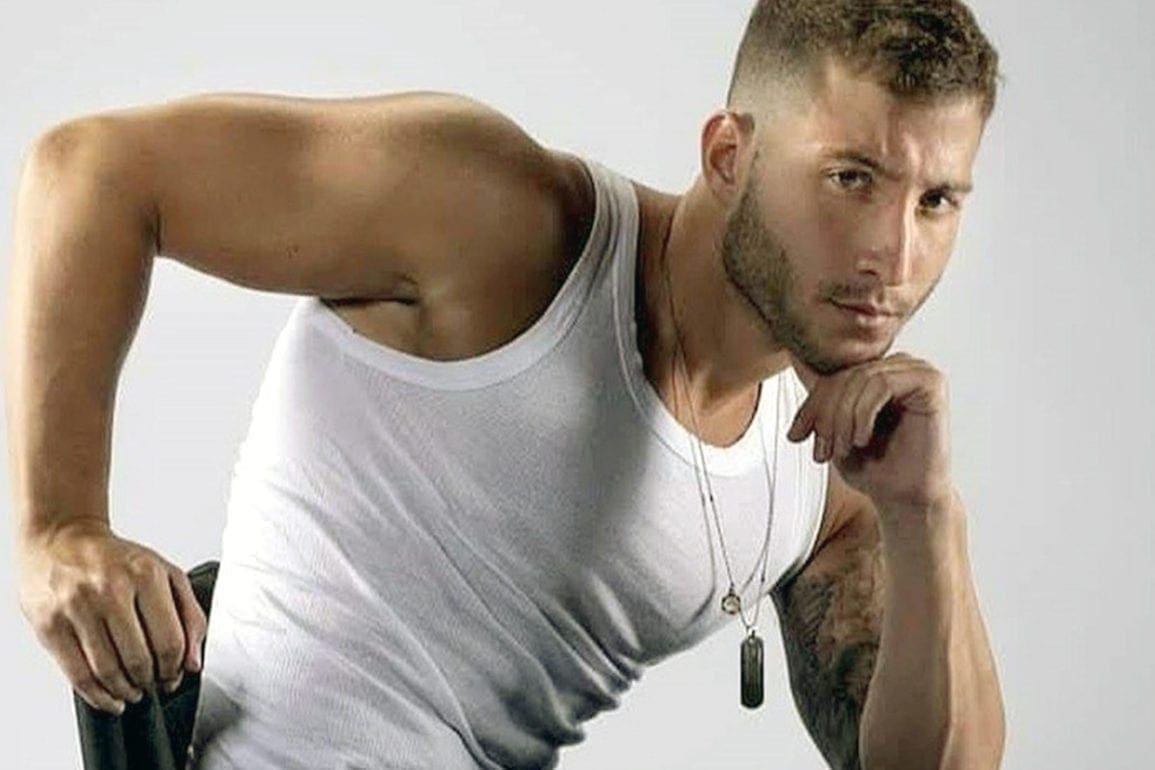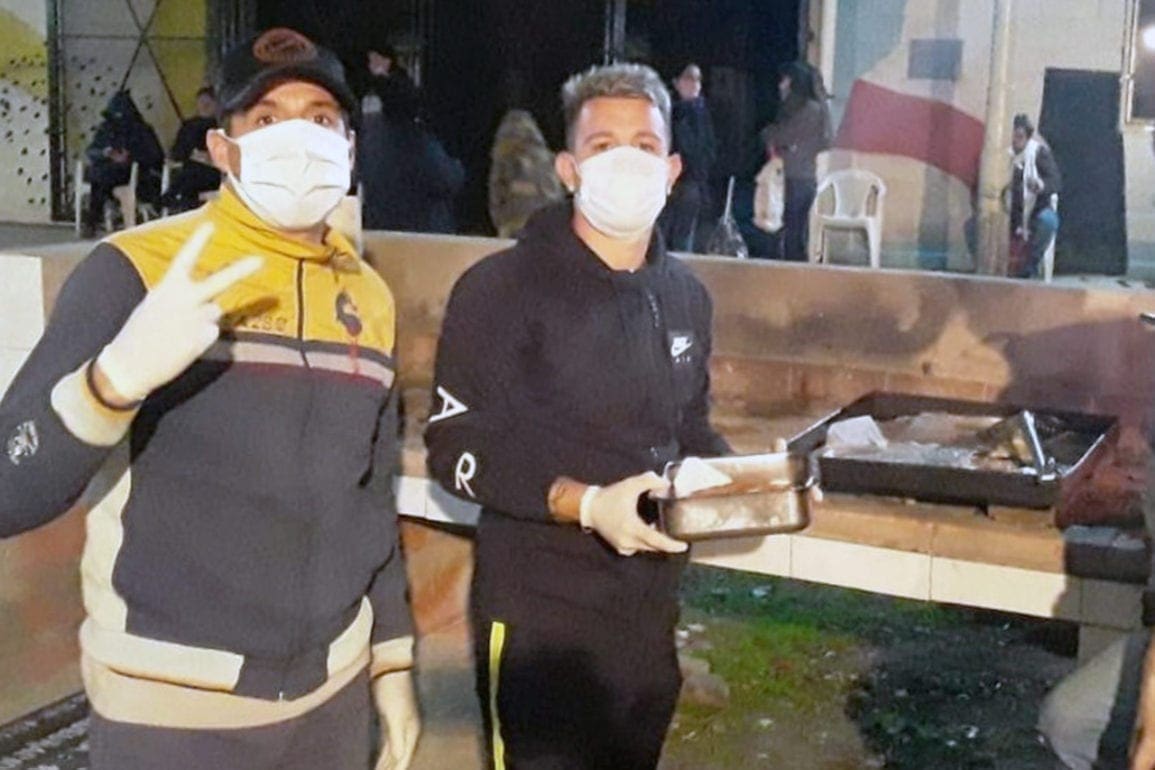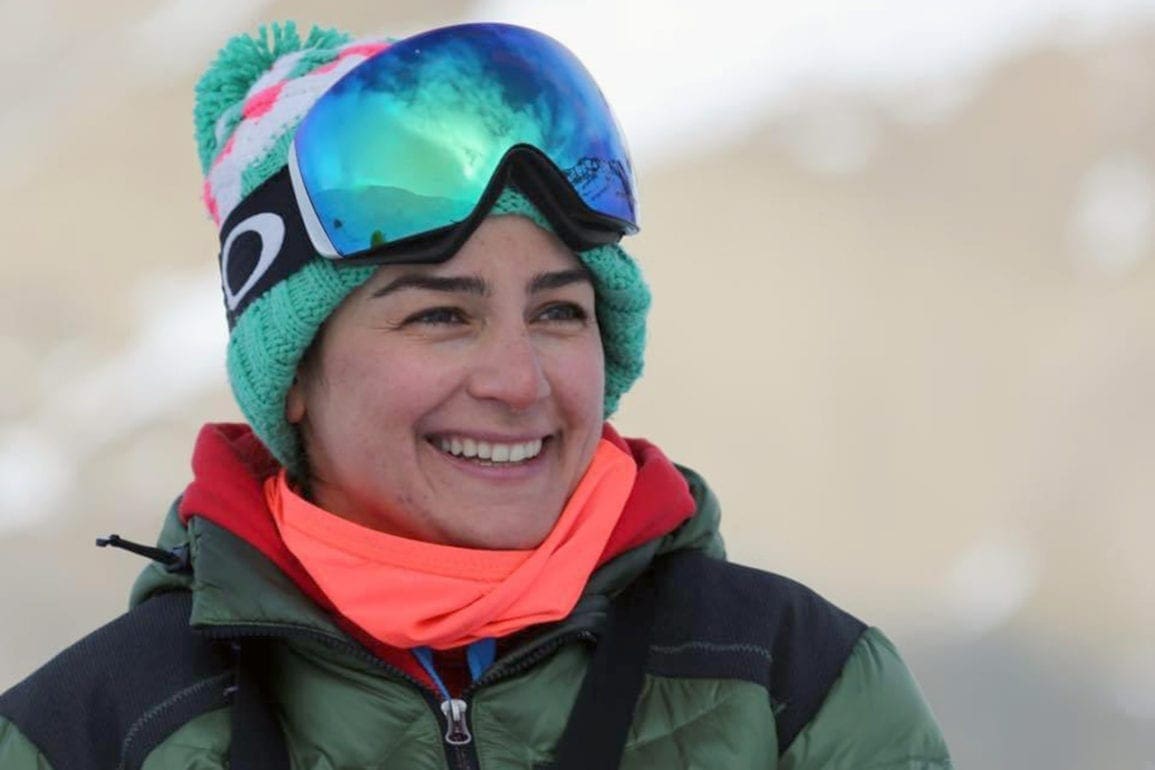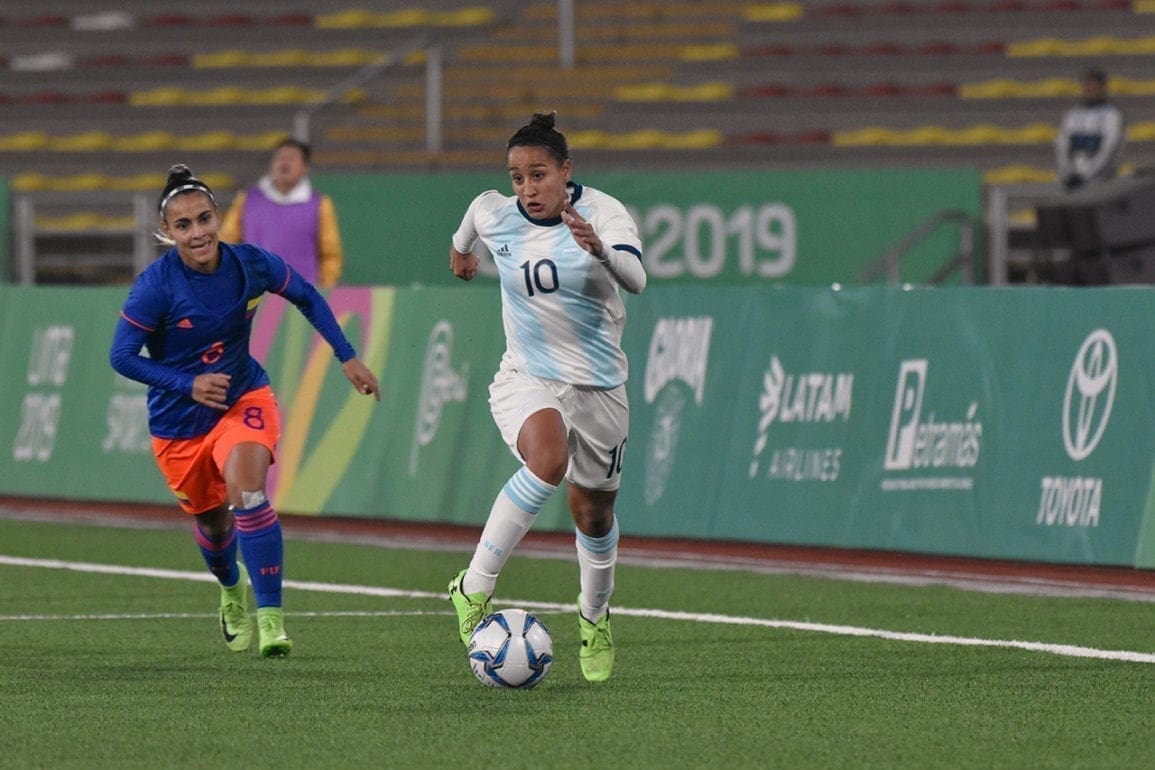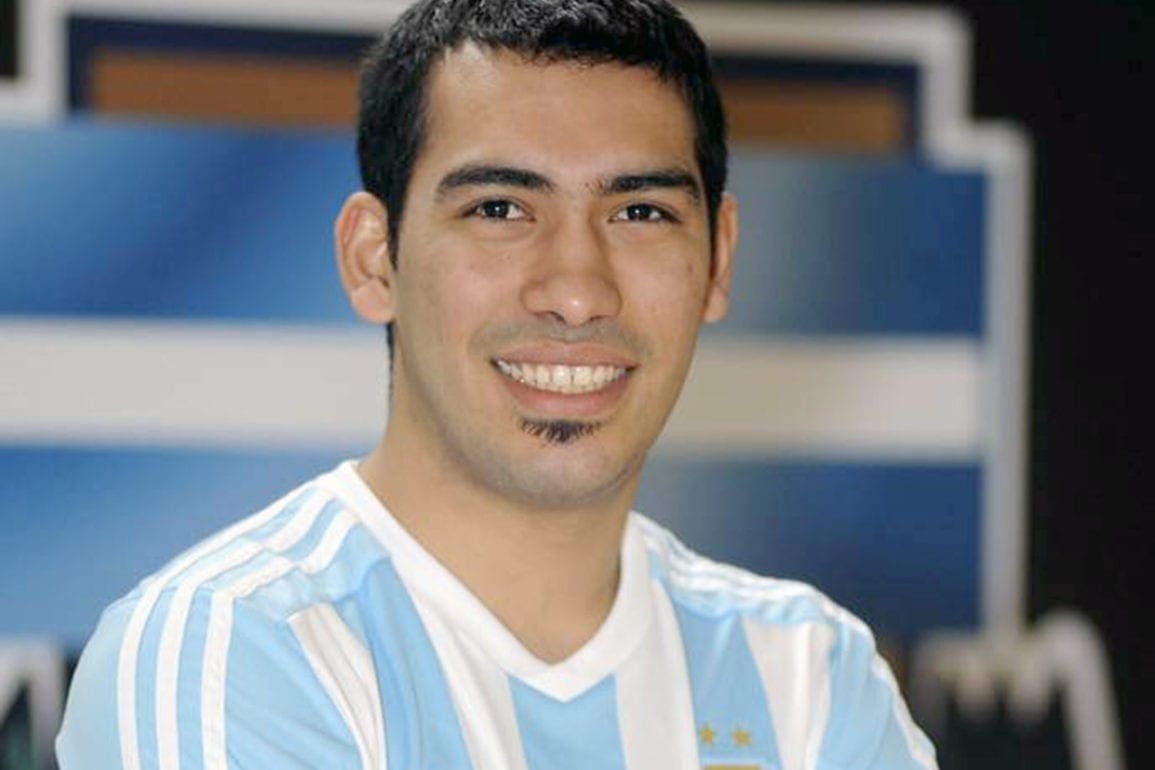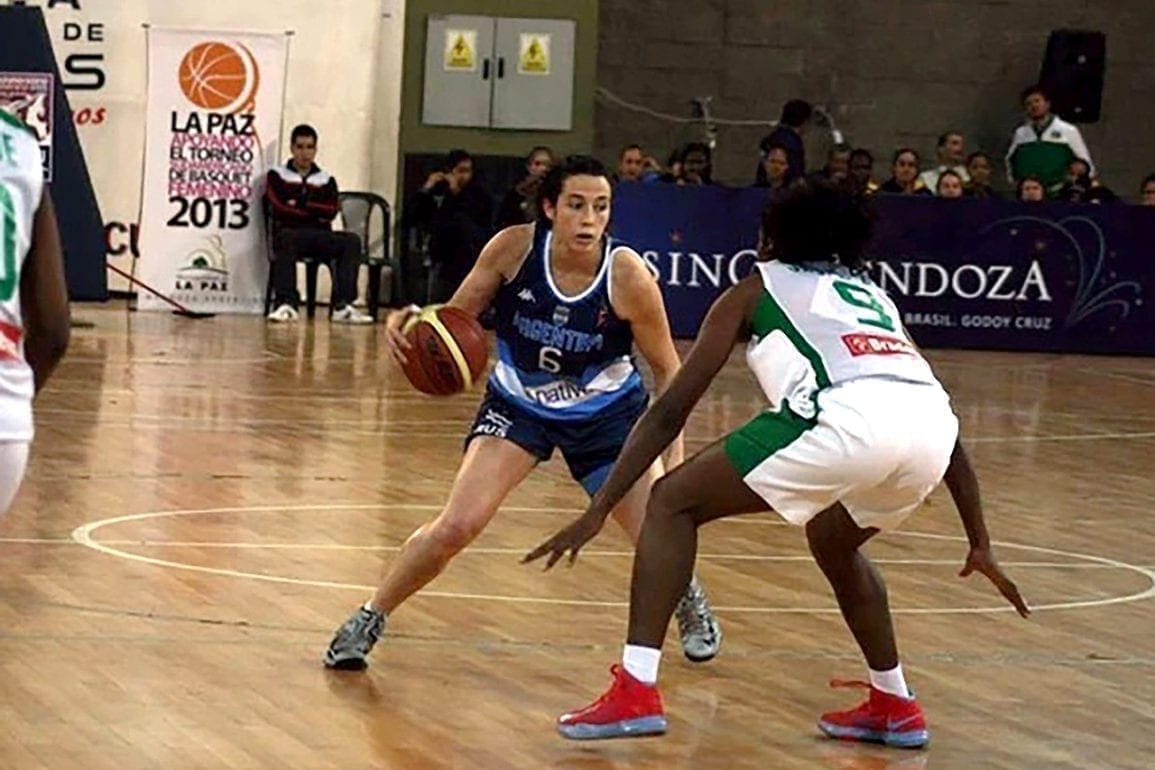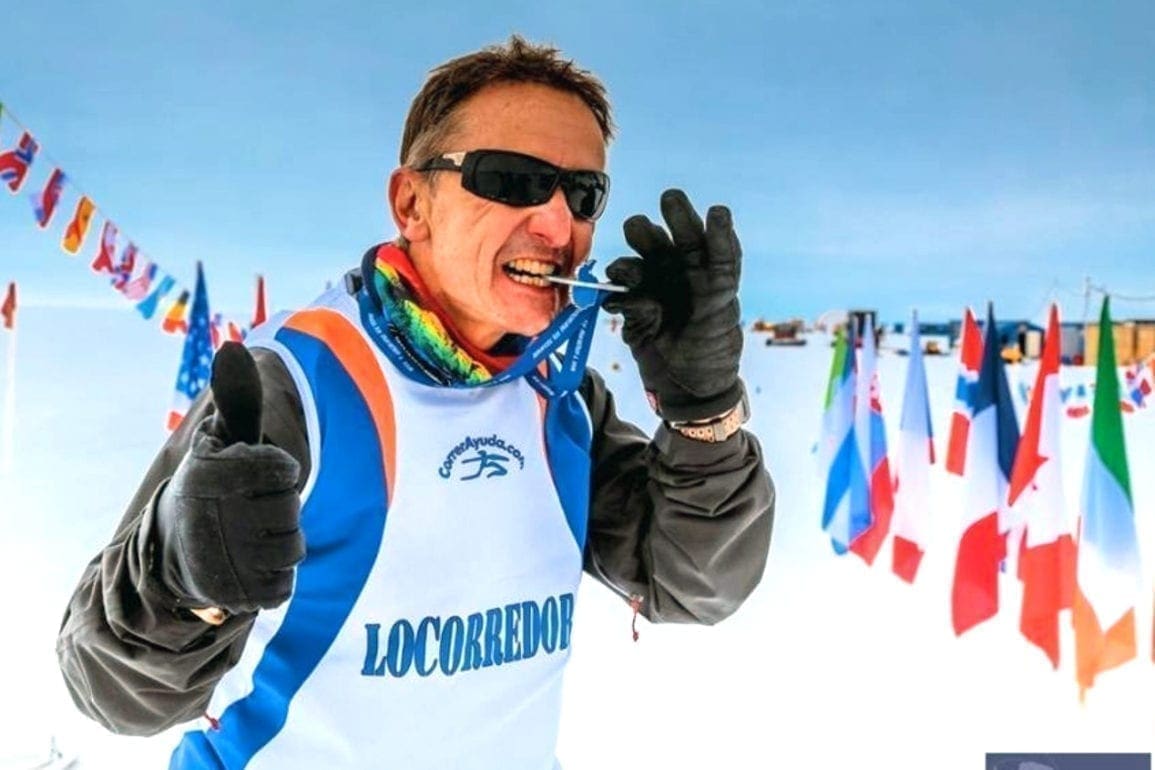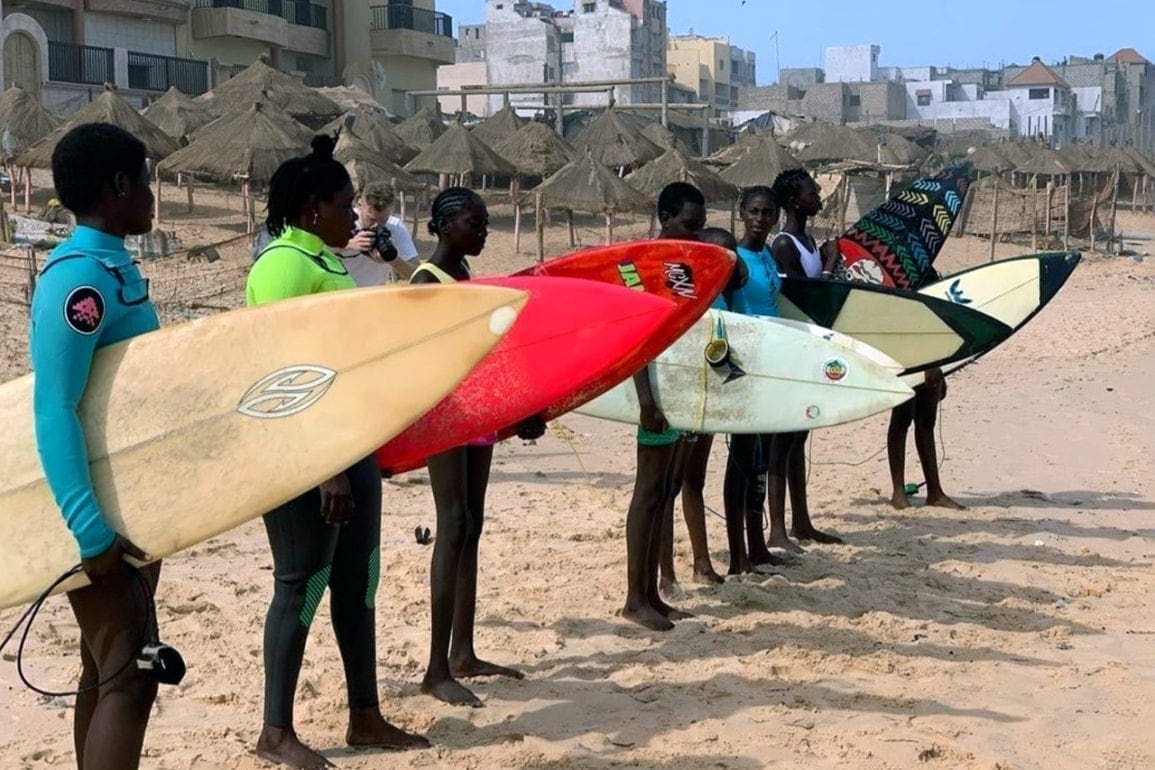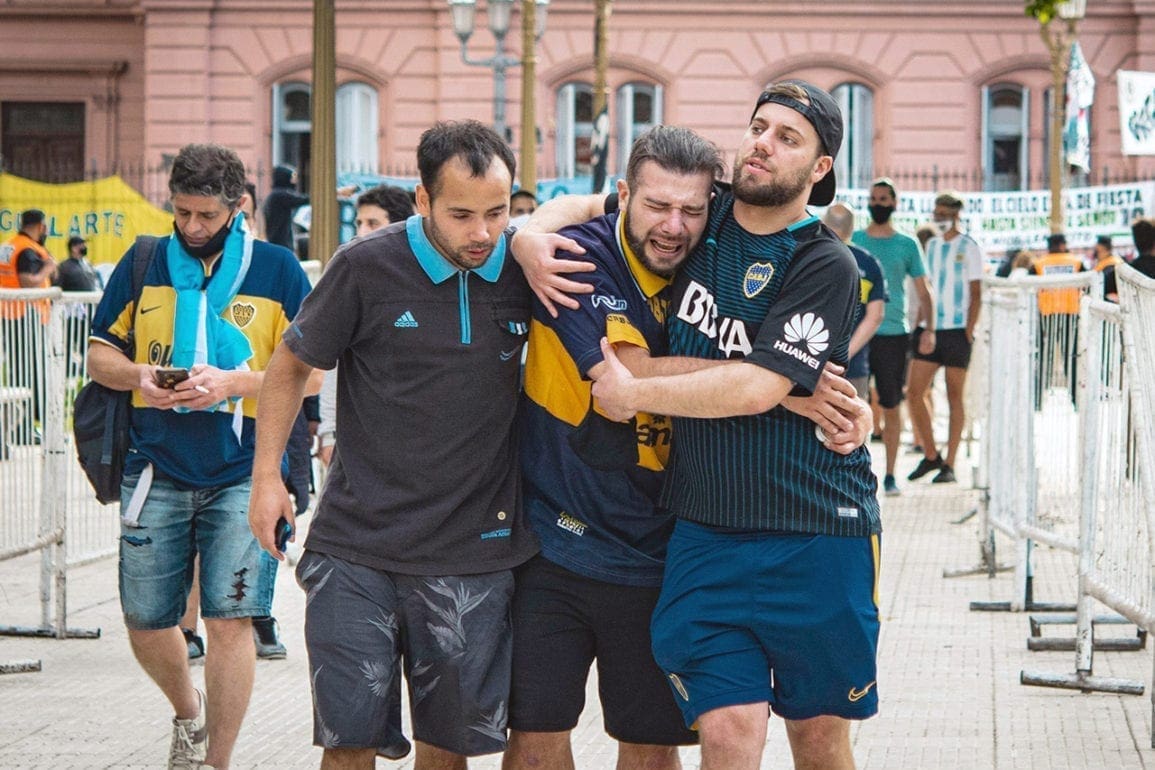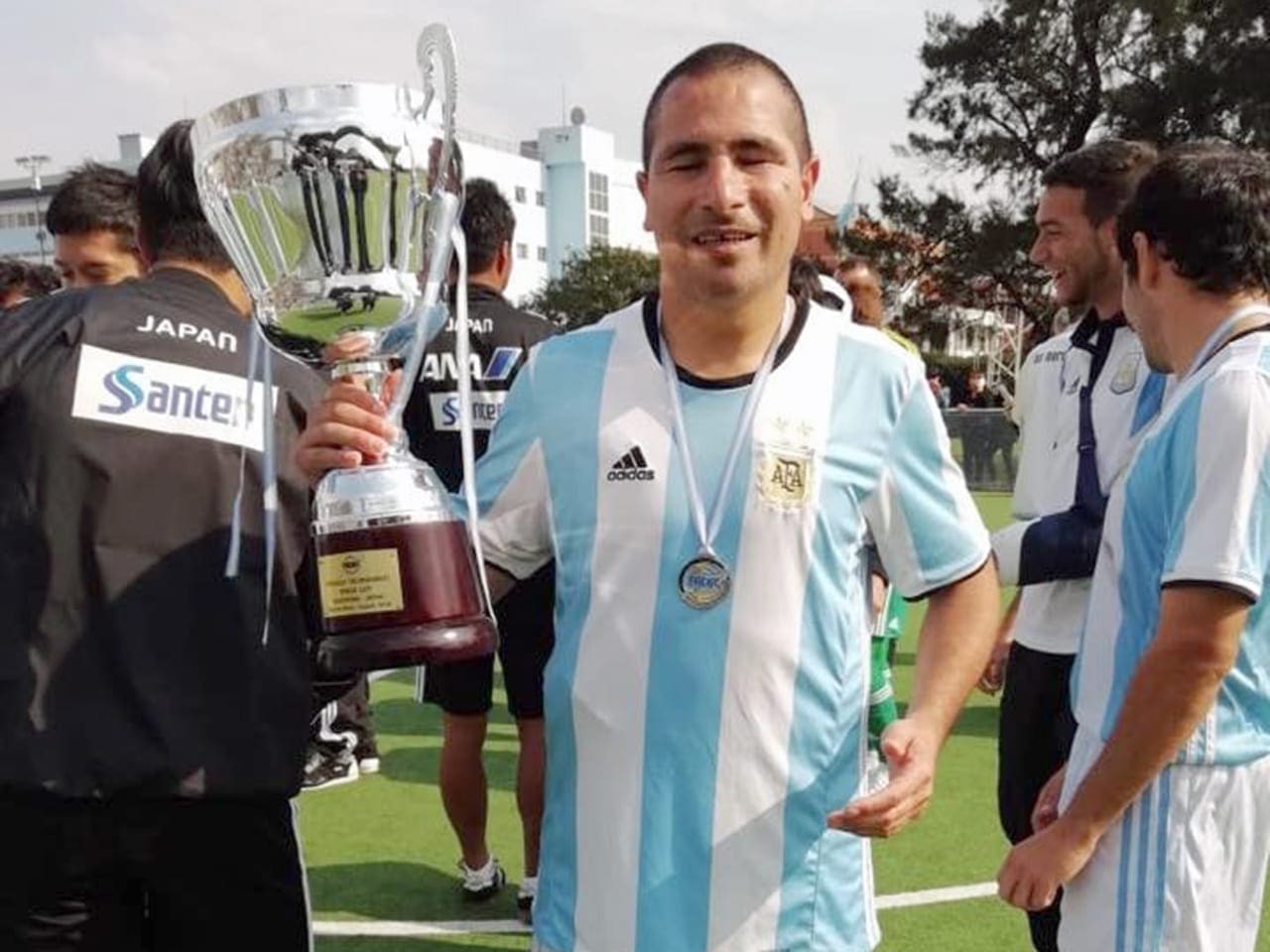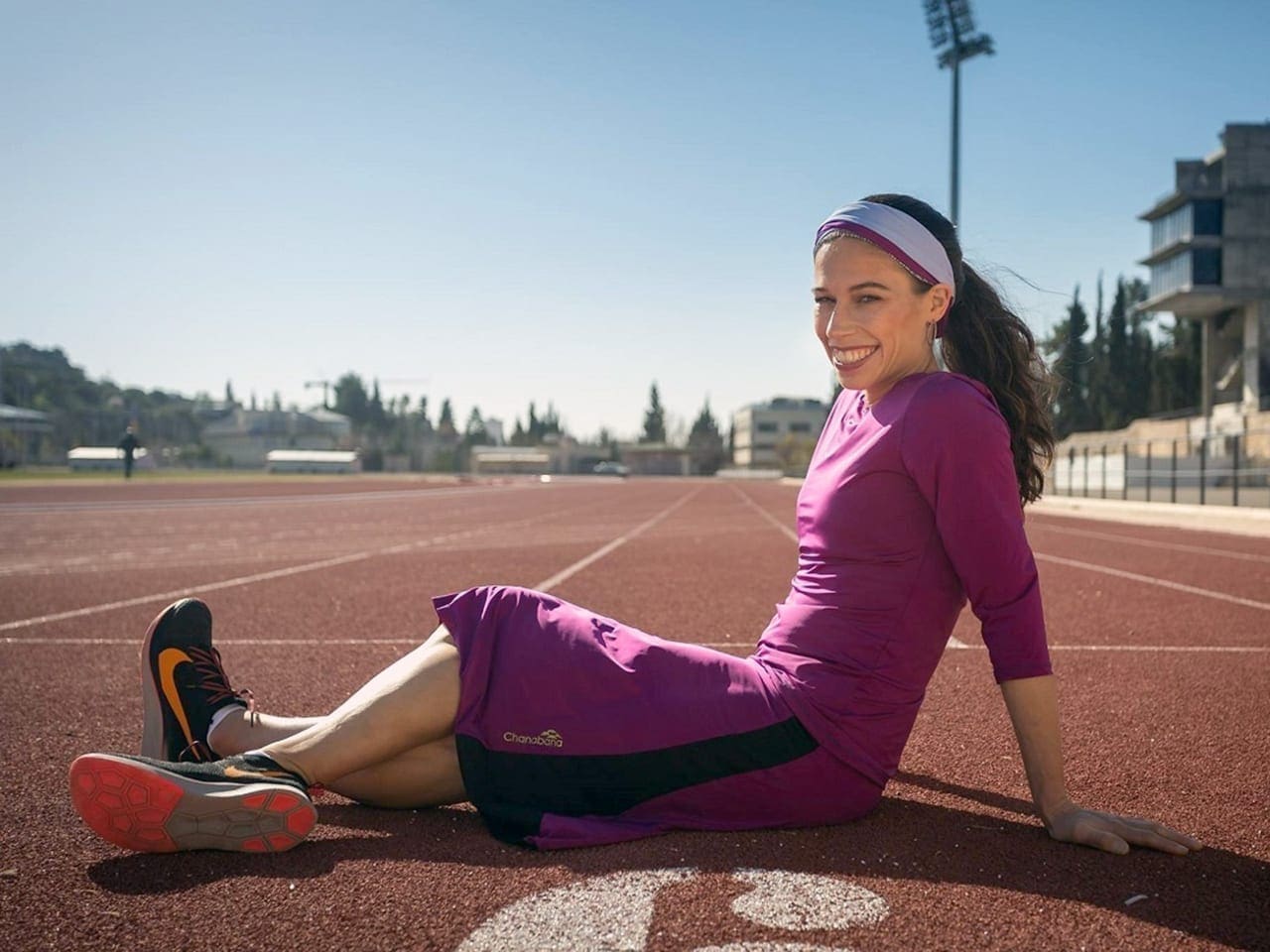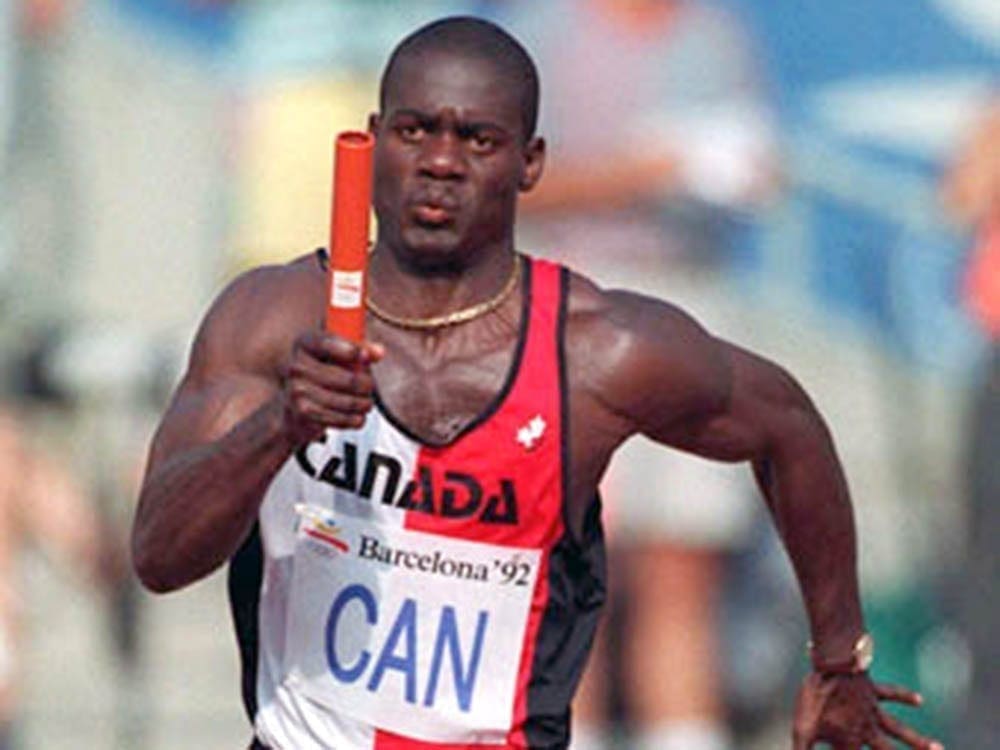Visually impaired runner shows disability doesn’t limit athletic achievement
I have been running for more than 22 years, and in that time, I have learned that life does not end when you lose one sense. On the contrary, you develop and hother skills and abilities.
- 4 years ago
March 25, 2022
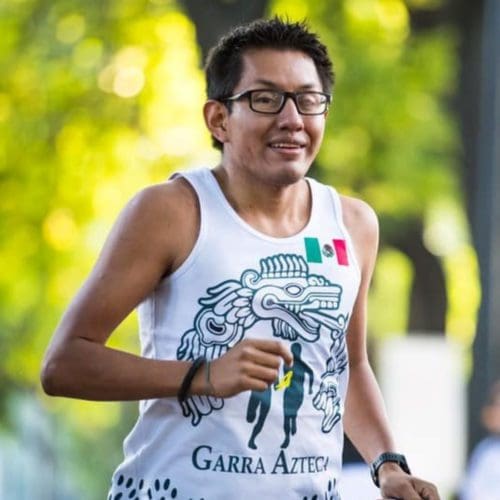
MEXICO CITY, Mexico—I can’t see anything with my left eye, and I was born with atrophied peripheral vision in my right eye. I can barely see 30% of what a person without disabilities would see. Despite that, running defines my life.
My parents are blind. My dad and my mom have been blind since they were children. I inherited glaucoma from them. During the day, I can walk without help, but at night I am blinded by darkness, and I need the support of a cane or a person to move.
Athletics has always been a way of life. Thanks to this, I have traveled and competed all over Mexico, and I have also traveled to Colombia and Guatemala to represent my country. It has been a great pride on a personal level.
Making a living as an athlete
As a child, I helped my dad when he exercised. He was a soccer player and athlete, and I served as his guide. That’s where my interest in sports was born.
My dad signed me up when I was 9 years old with my first coach, and a year later, I went to my first national Paralympics. I never struggled with athletics—I always liked competing.
I began to win almost all the competitions, so from a very young age, I received scholarships and was able to help with household expenses. This encouraged me to be financially independent.
I no longer have official support or scholarships. My income comes from a family business, and I cover my own training and competition expenses.
In 2019 I co-founded Garra Azteca, an athletics team to promote sports for blind or visually impaired people. I and most of my colleagues there are low income, and when we have to compete, the money comes out of our pocket.
For this reason, we hold raffles and organize charity races and sporting events to cover expenses. In this way, we have managed to create a network of mutual support that allows us to continue in high-performance athletics.
Listening as a tool to compete
I have been running for more than 22 years, and in that time, I have learned that life does not end when you lose one sense. On the contrary, you develop and hone other skills and abilities.
In my case, as an athlete with visual weakness, I have perfected my hearing. Listening has become a fundamental tool for running.
In competitions, the only way I can know what my competitors are up to is when I listen to their footsteps. Through listening, I know how far away they are and the pace they are going. I also listen to their breathing when they are next to me. Using this skill to my advantage, I can decipher how tired they are.
The footsteps of my fellow runners guide me. If I listen to them for a long time close enough to me, I can determine that they are going at my pace.
And when I cannot hear them, I know that they fell behind, and the same when they pass me, I know that they are going faster because they move away quickly.
I can also sense weather changes and ambient temperature while I’m running. I know what pace I’m going without looking at the clock and perceive changes in my body that give signals of my performance.
Although these skills may seem insignificant, they are very useful when you are a high-performance athlete with low vision.
Accidents and falls are always a risk
Despite all our training as low-vision athletes, running in competitions, whether track or road, always involves a level of risk.
Something as simple as an imperceptible change in the route we are taking, drifting out of the lanes or tripping is enough to have a mishap.
On one occasion I had an accident because I collided with a hydration table; it happened in a matter of seconds. In other competitions, I have thrown runners who got in front of me—because I didn’t see them, we stumbled, lost our way, and fell.
It is also very common that if another runner is very close, I will accidentally hit him with my elbows when I am passing, but this is all part of visually impaired athletics.
That is why, for our type of running, we say that there are only two types of athletes: those who have already fallen or those who are going to fall.
Our guides are our eyes
Many people don’t know that visually impaired runners need to run alongside a guide, an athlete who can see and literally becomes our eyes for the duration of the race. Without them, we would not be able to know when there is an obstacle, where the route is, or simply what is in front of us.
Many non-disabled people don’t know about this necessity. In some competitions, Spectators have made fun of us and yelled at us: “here are the bride and groom,” or commented on how beautiful we look holding hands. I don’t let it bother me—instead, it amuses me.
In a competition setting, the guide provides the most basic of information: in my case, he tells me only very specific and concrete words and directions like “sidewalk” or “turn to the right.” He also warns about competitors around me.
However, for a recreational athlete, the guide can describe everything that is around him: the buildings, public spaces, the names of the streets; That’s a lot of fun, especially when you can’t see. It brings the experience to life in a new way.
Enjoying a life without limitations
In my years of competing, I have learned that sports can help generate inclusion. It challenges social stigmas and stereotypes that people with disabilities cannot be independent or self-sufficient.
We visually impaired athletes always encounter assumptions that those who are blind cannot overcome most physical obstacles. However, we prove we can run marathons under three hours.
We also climb the most famous pyramids in the tourist areas of Mexico; we go hiking, rappelling, and cycling. Through these pastimes, we try to show that we are capable of doing many things and enjoying life.
Though I don’t see well, I have all the other physical abilities like any other person. My disability does not limit me at all.





